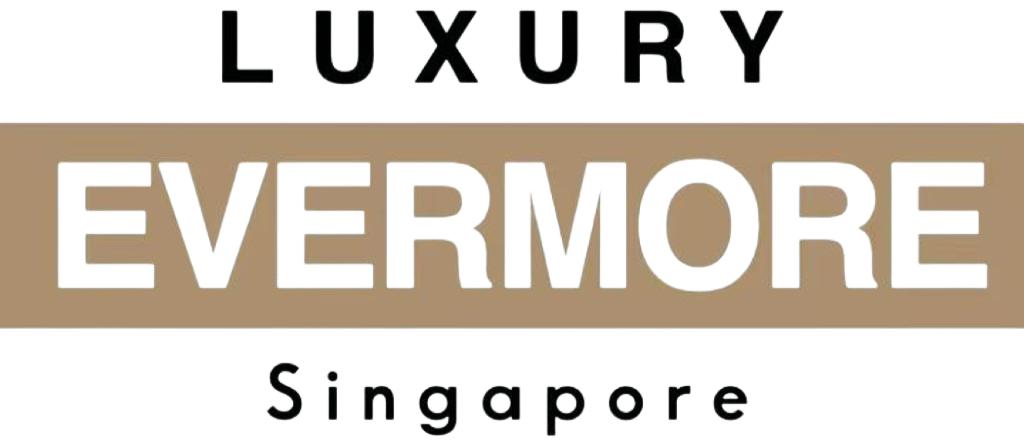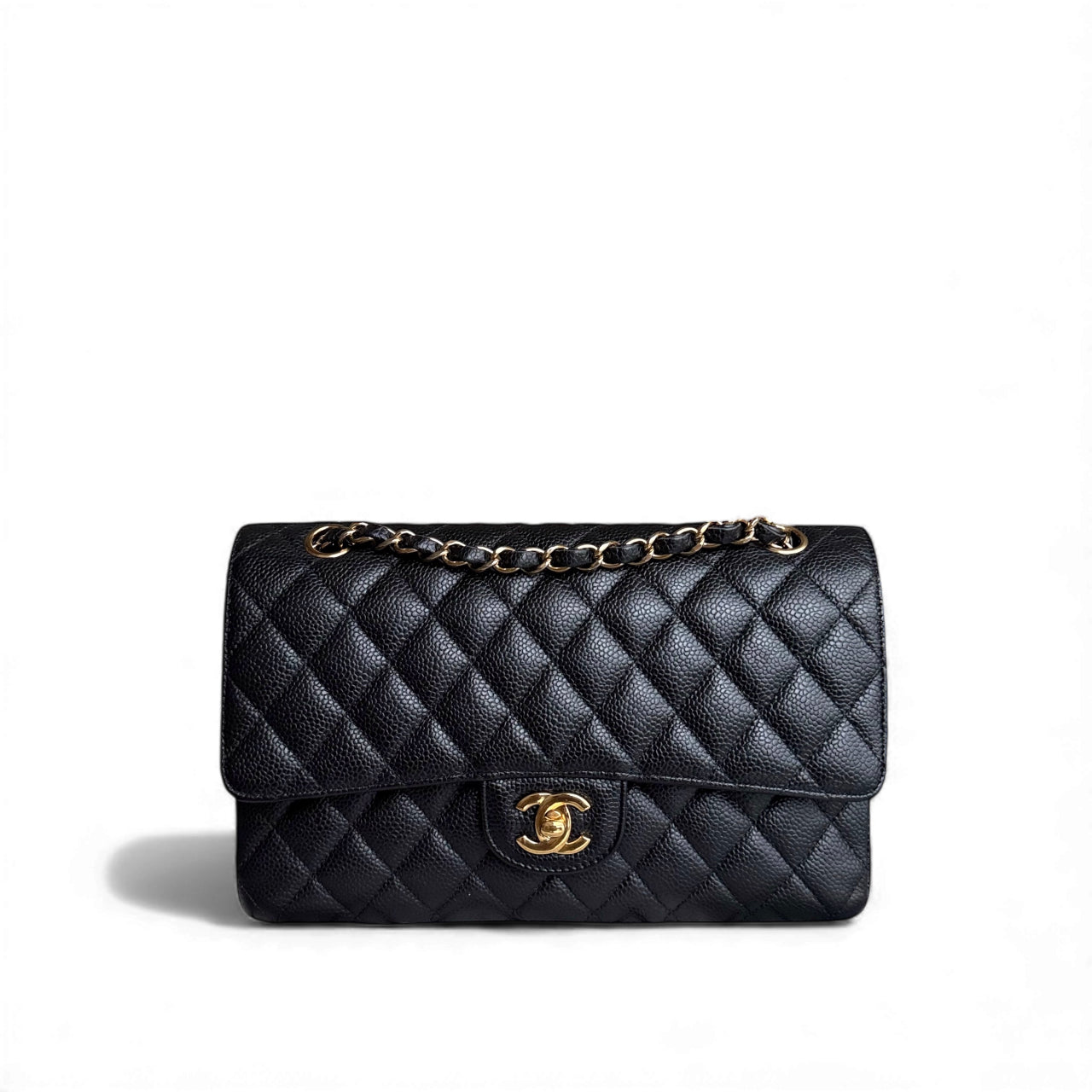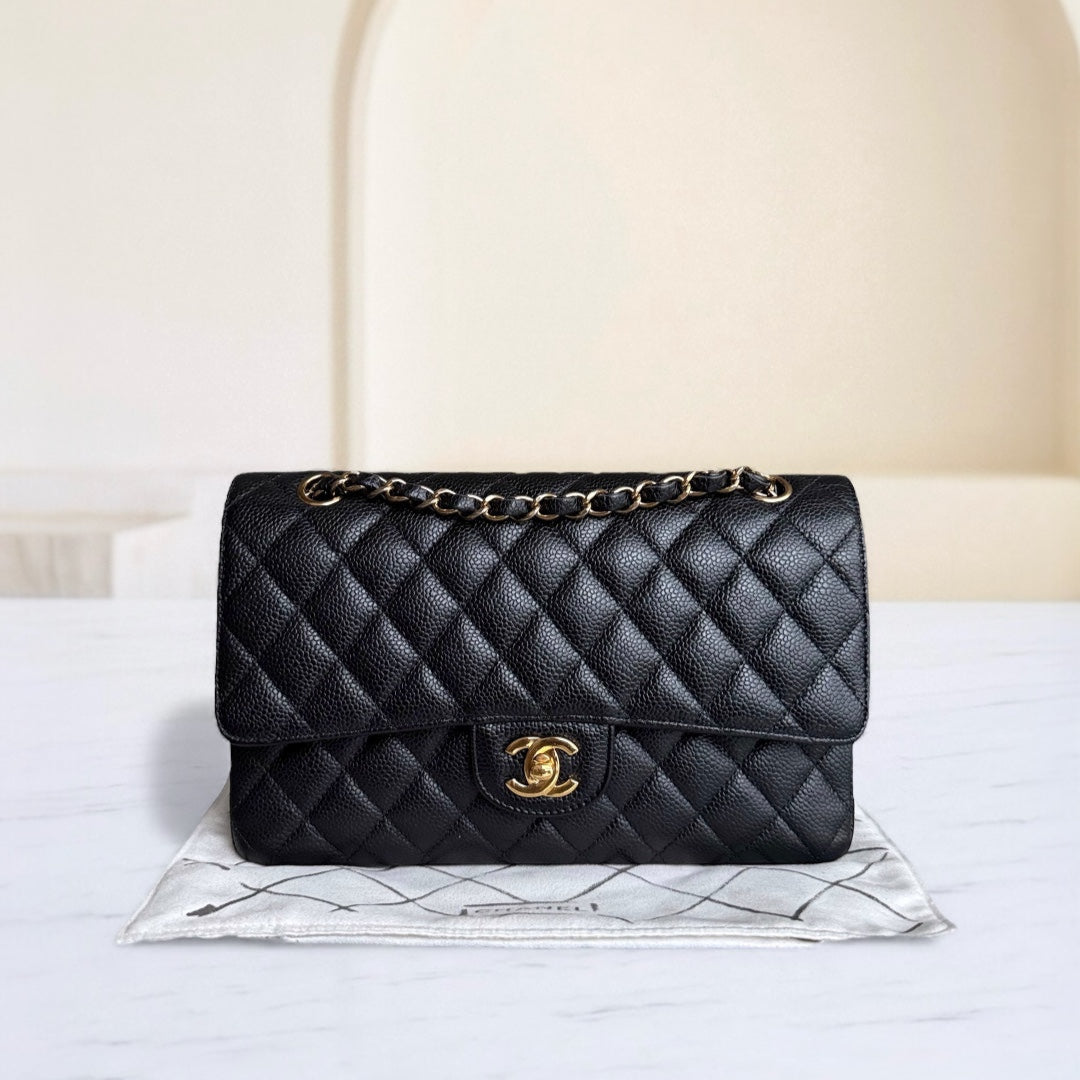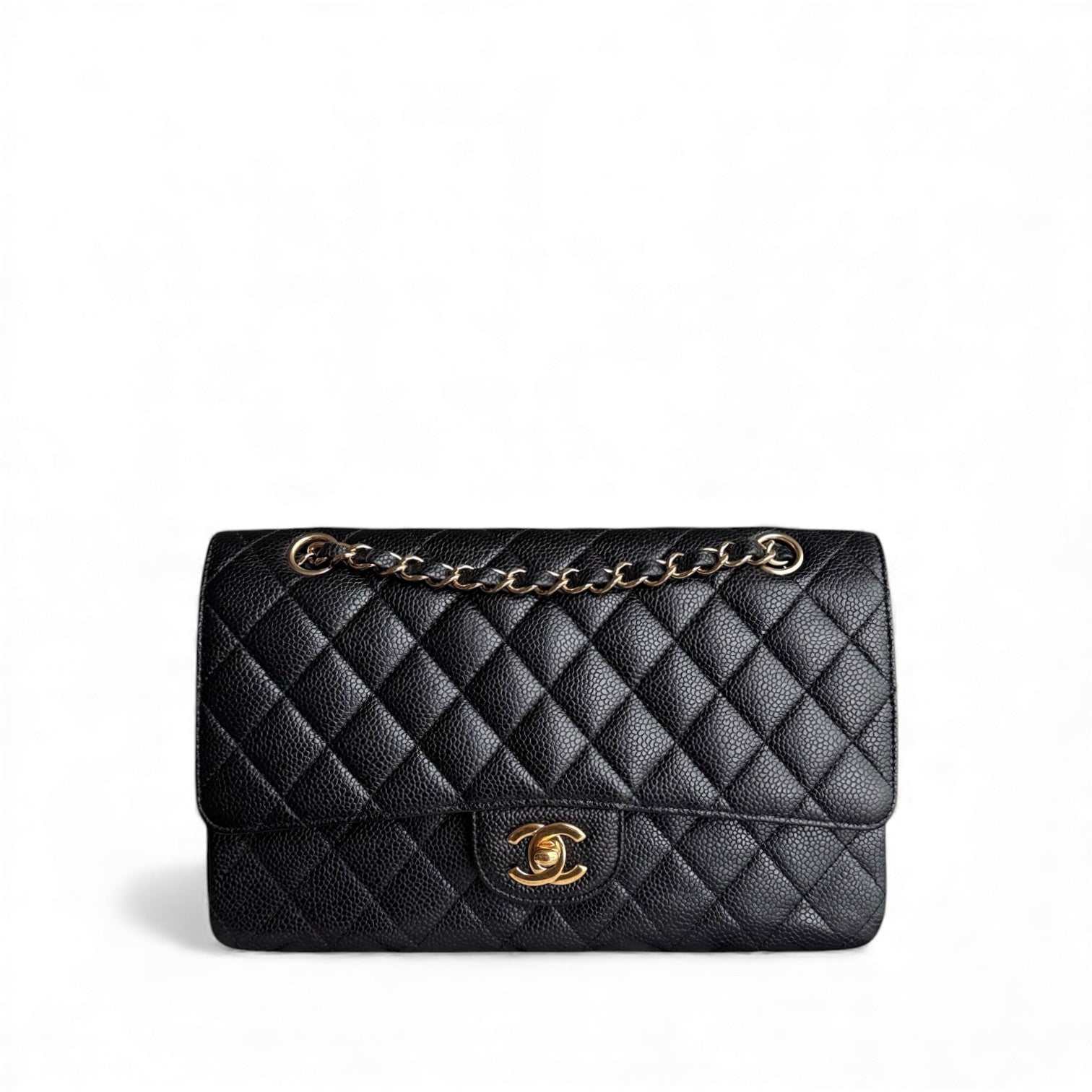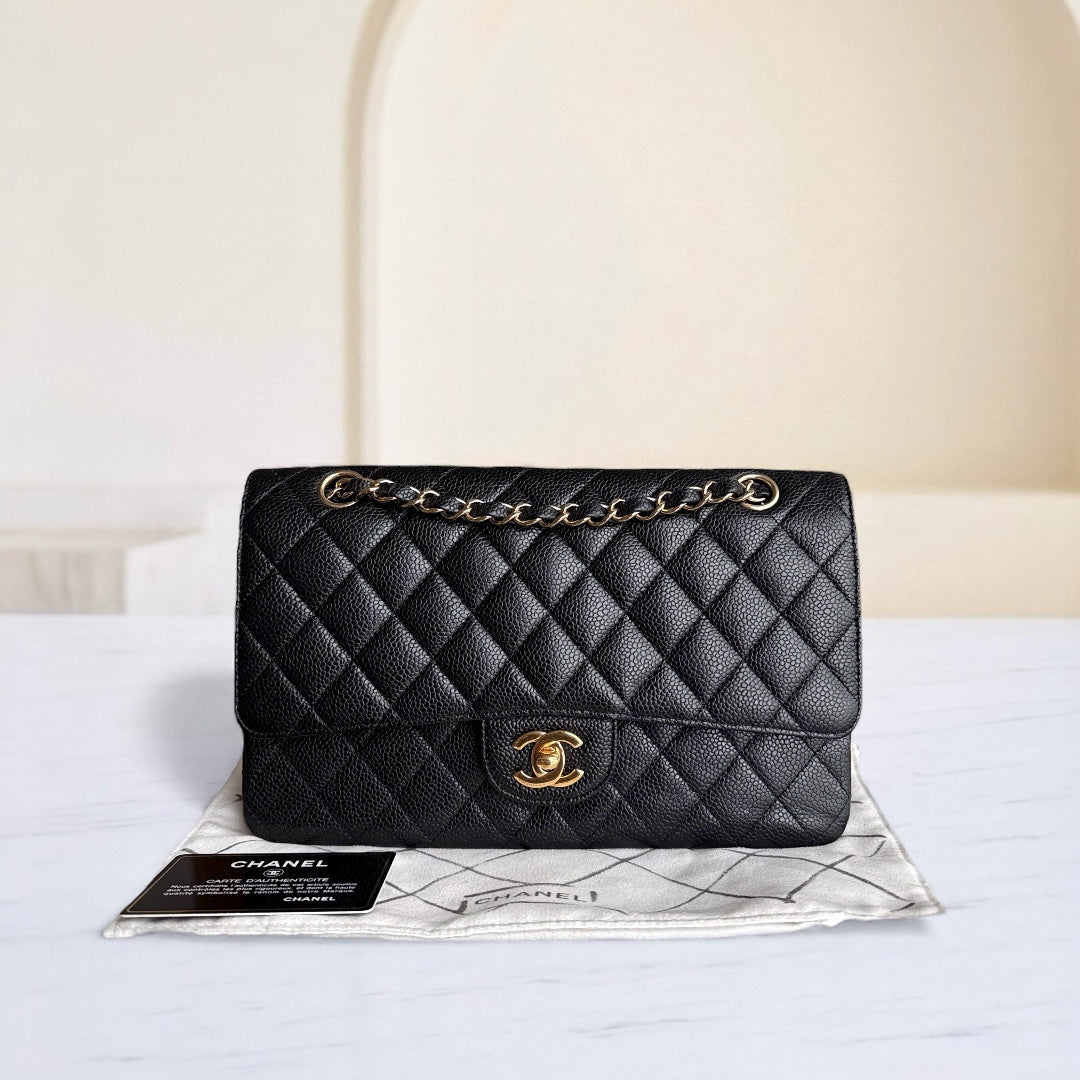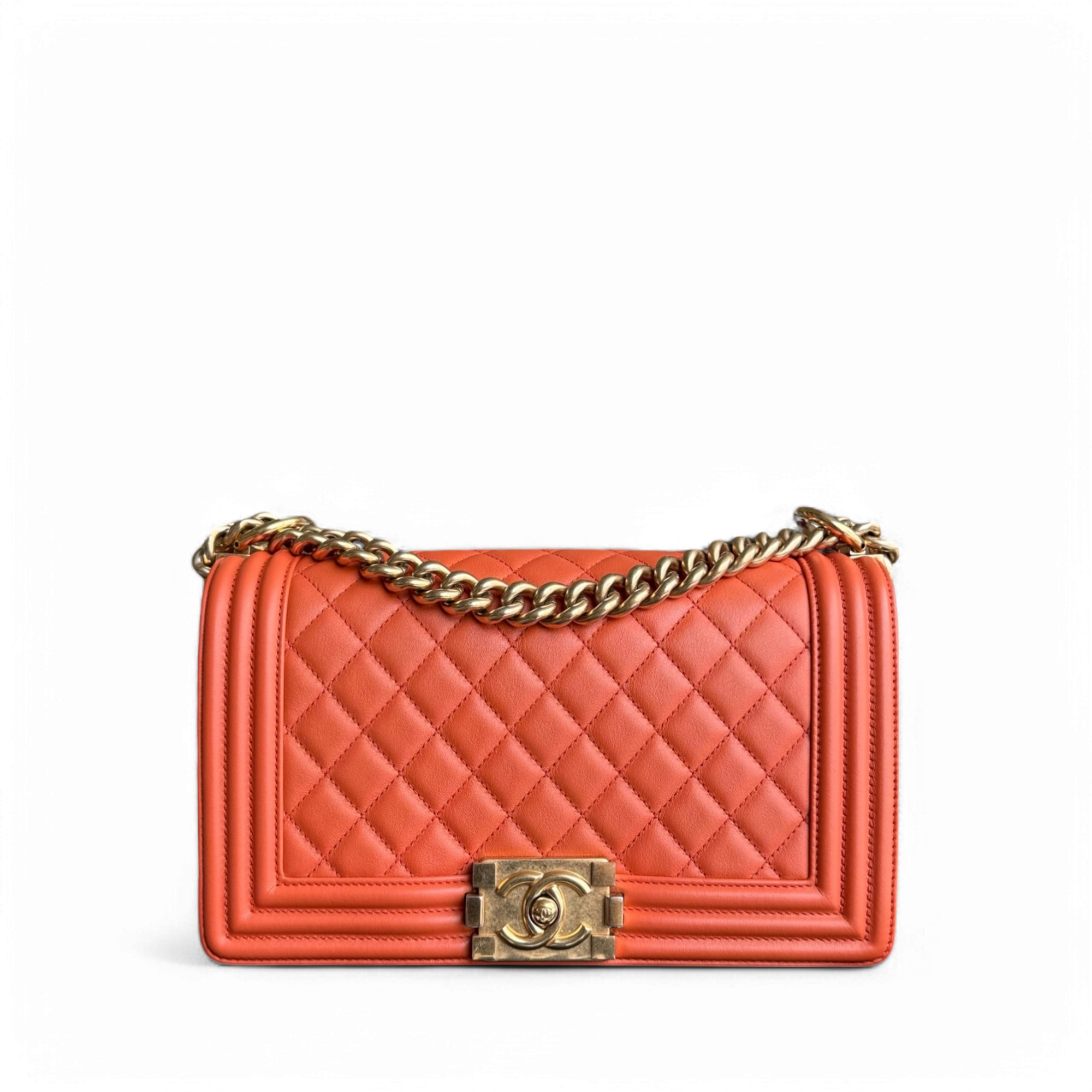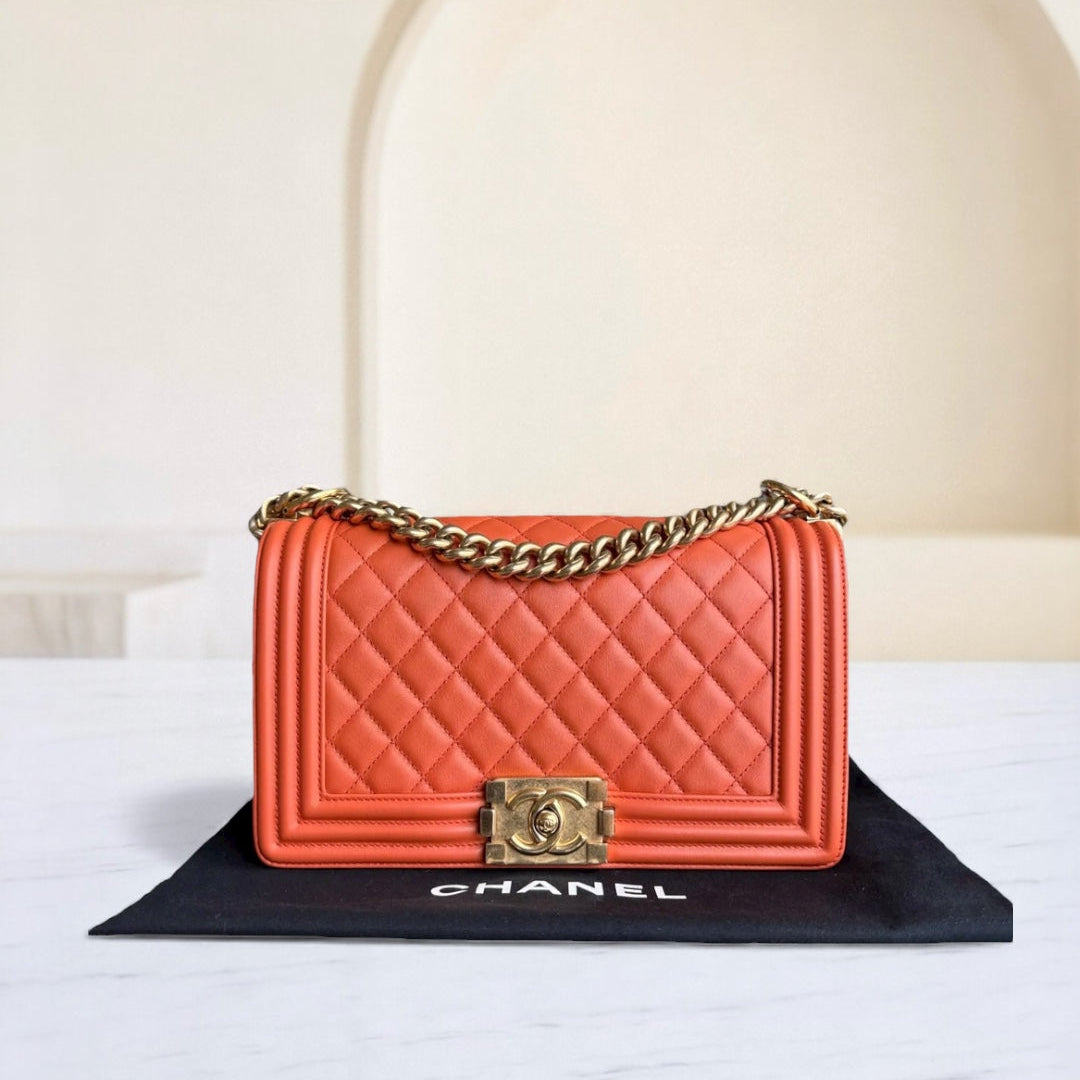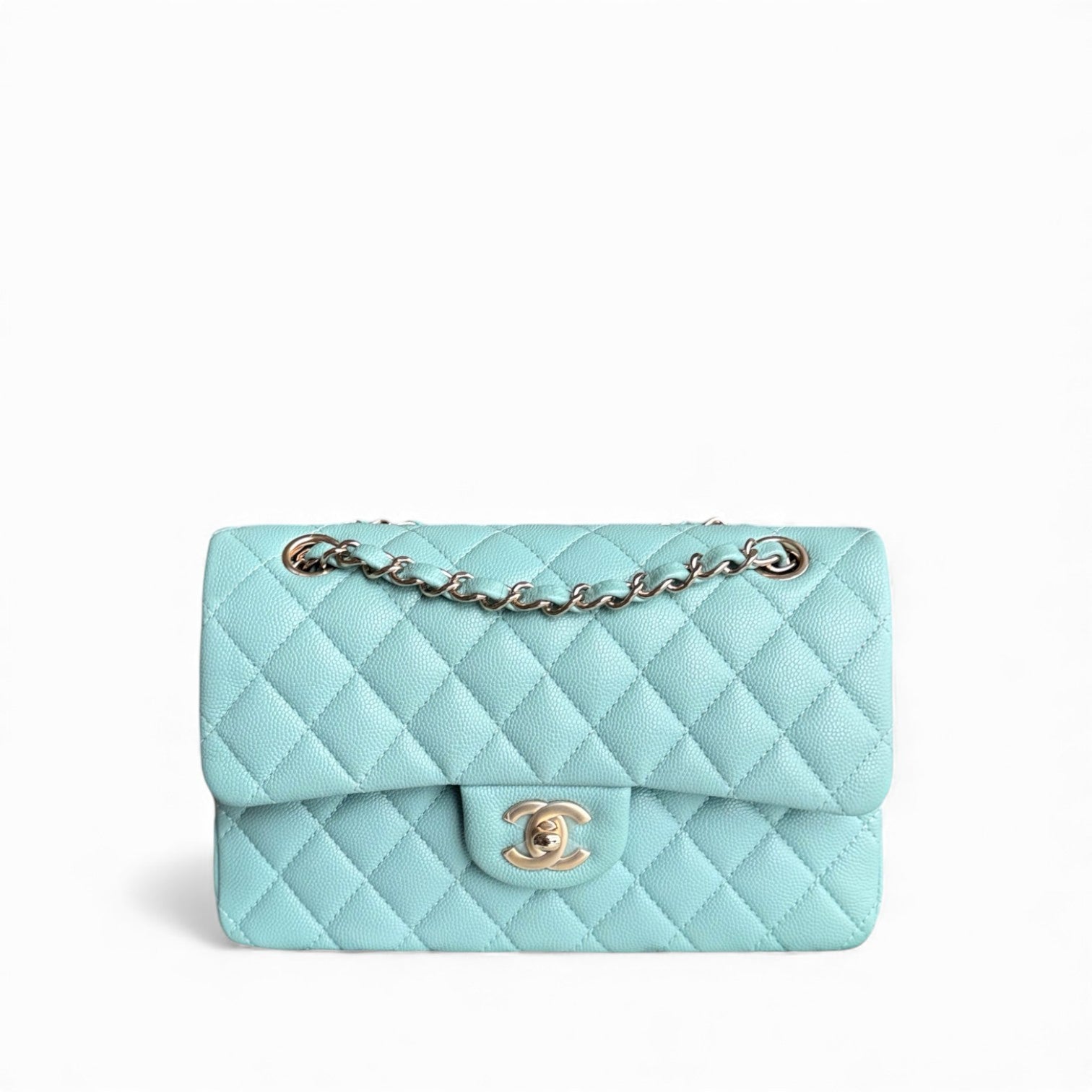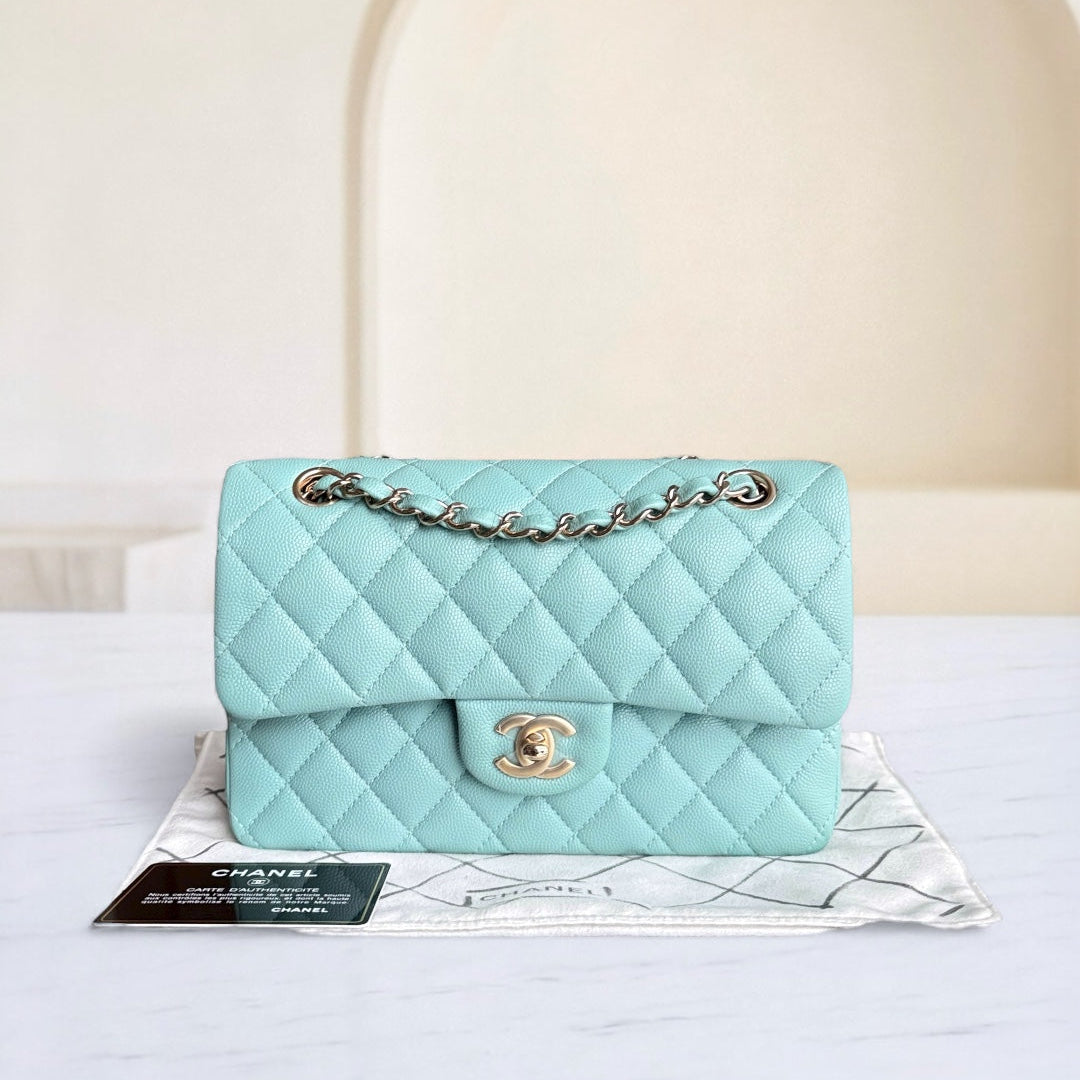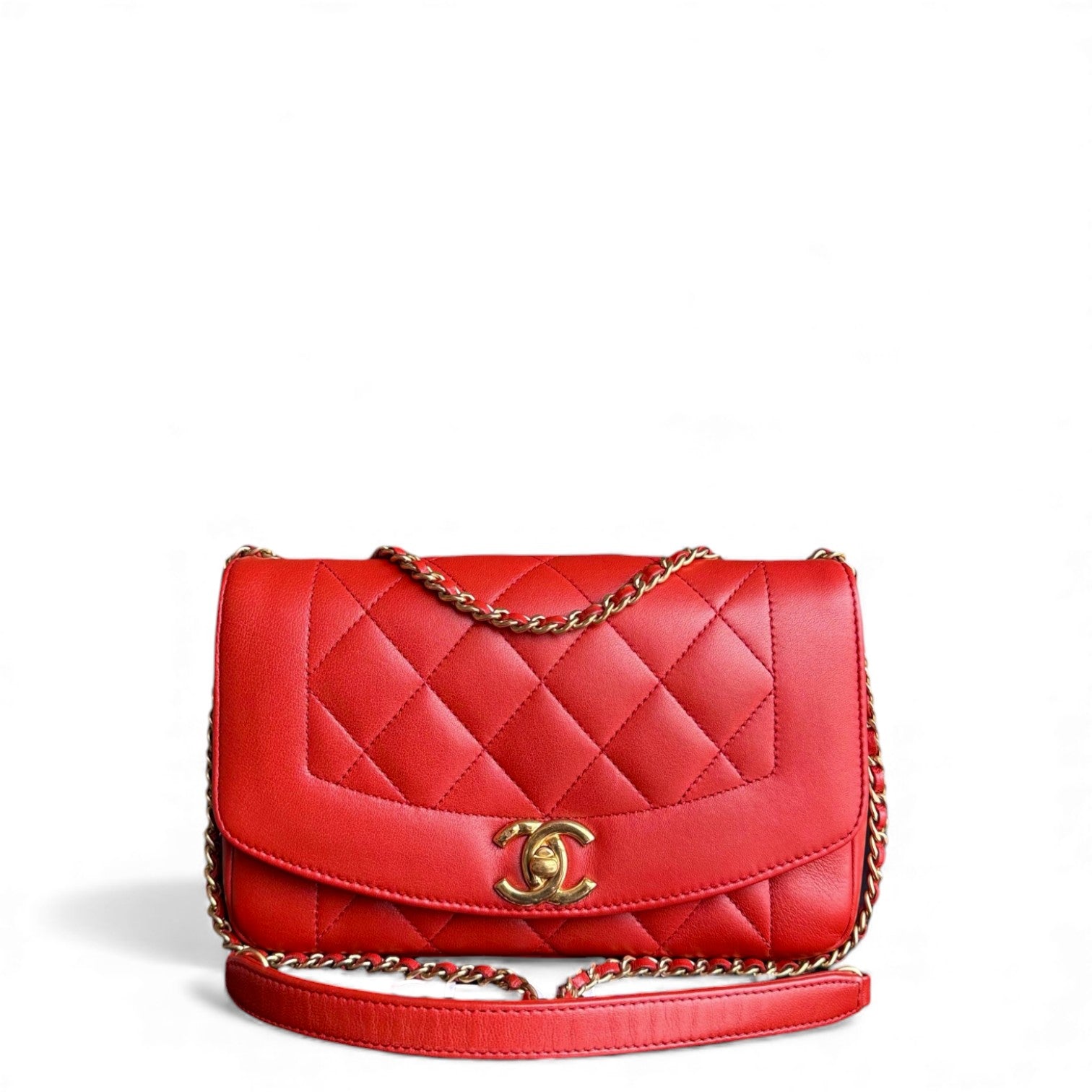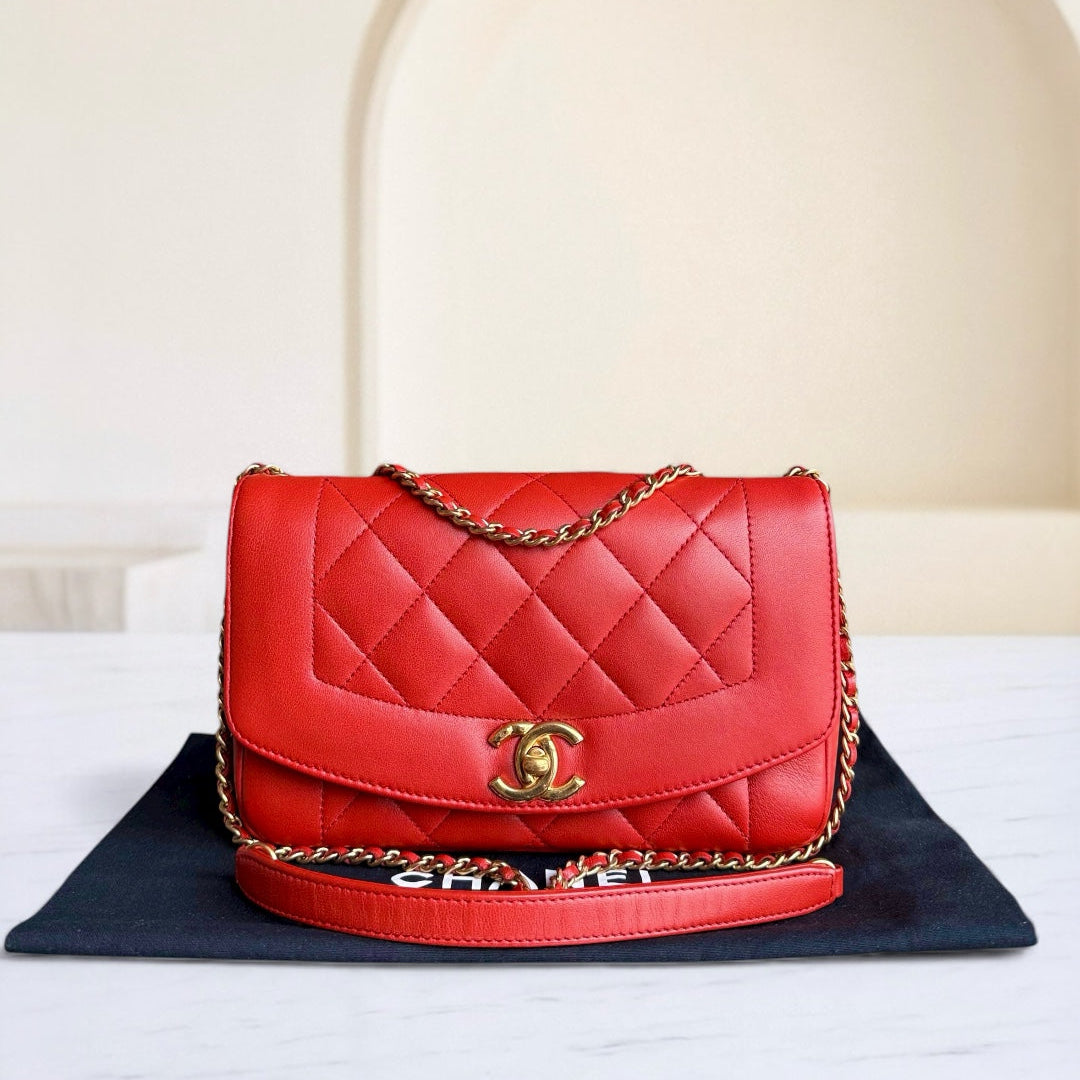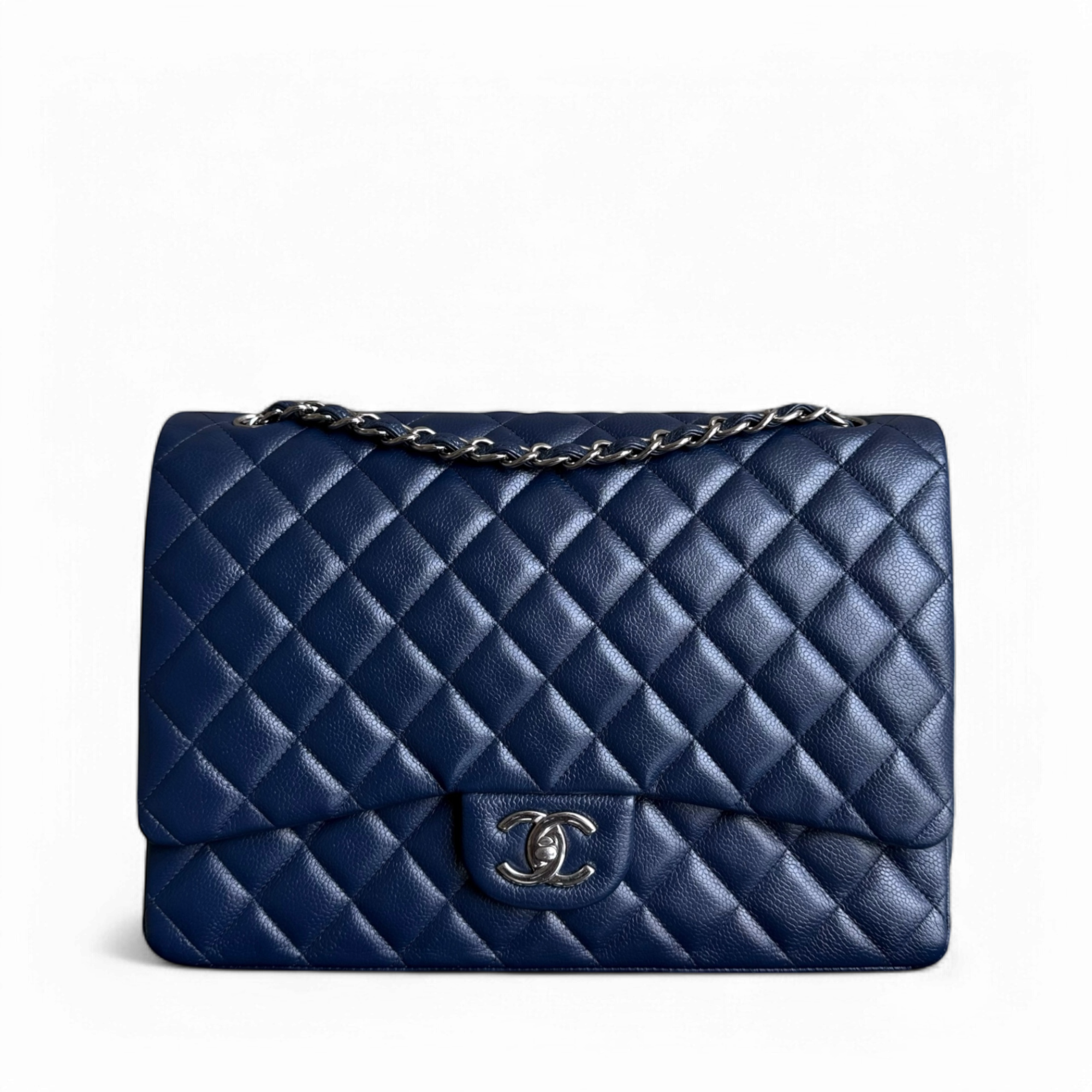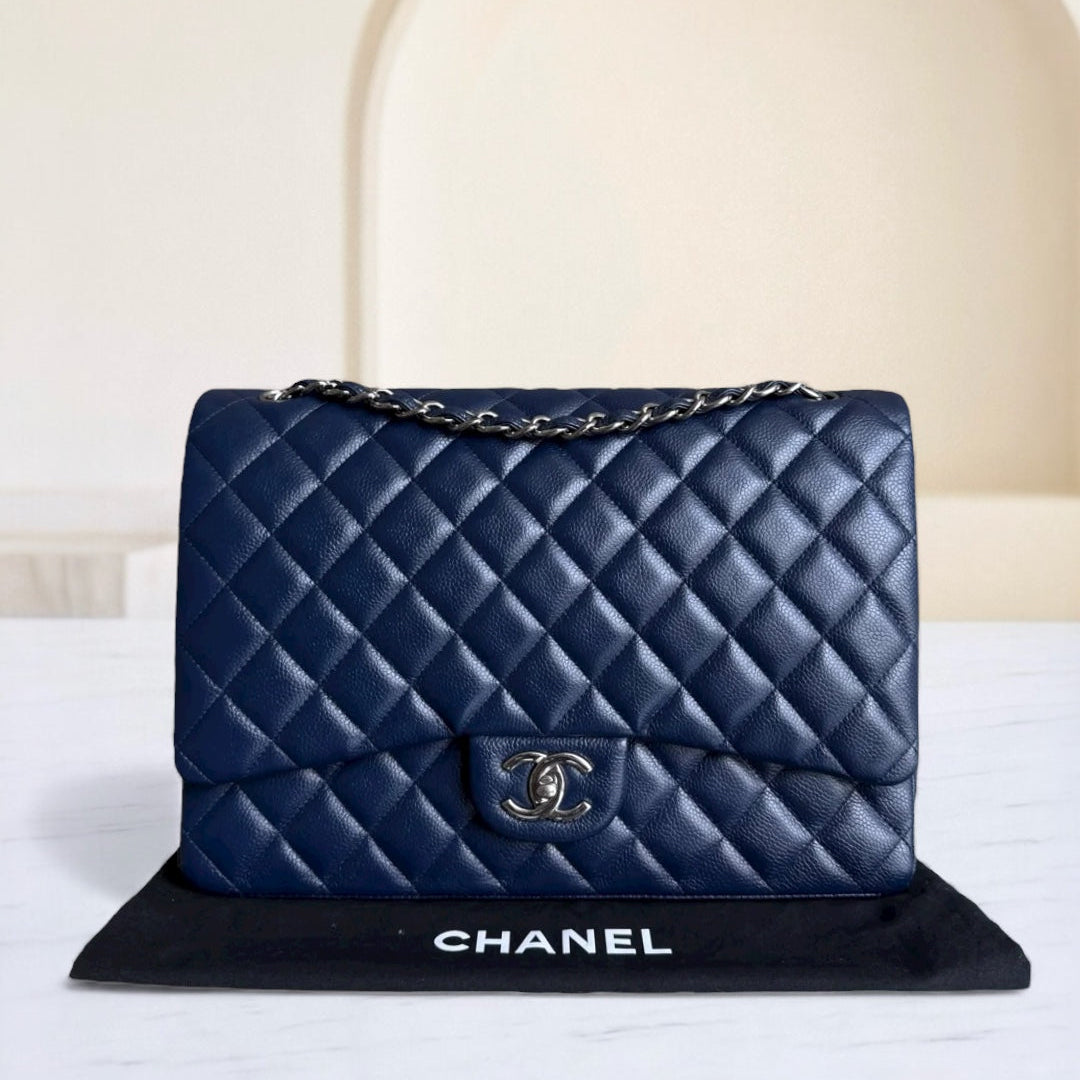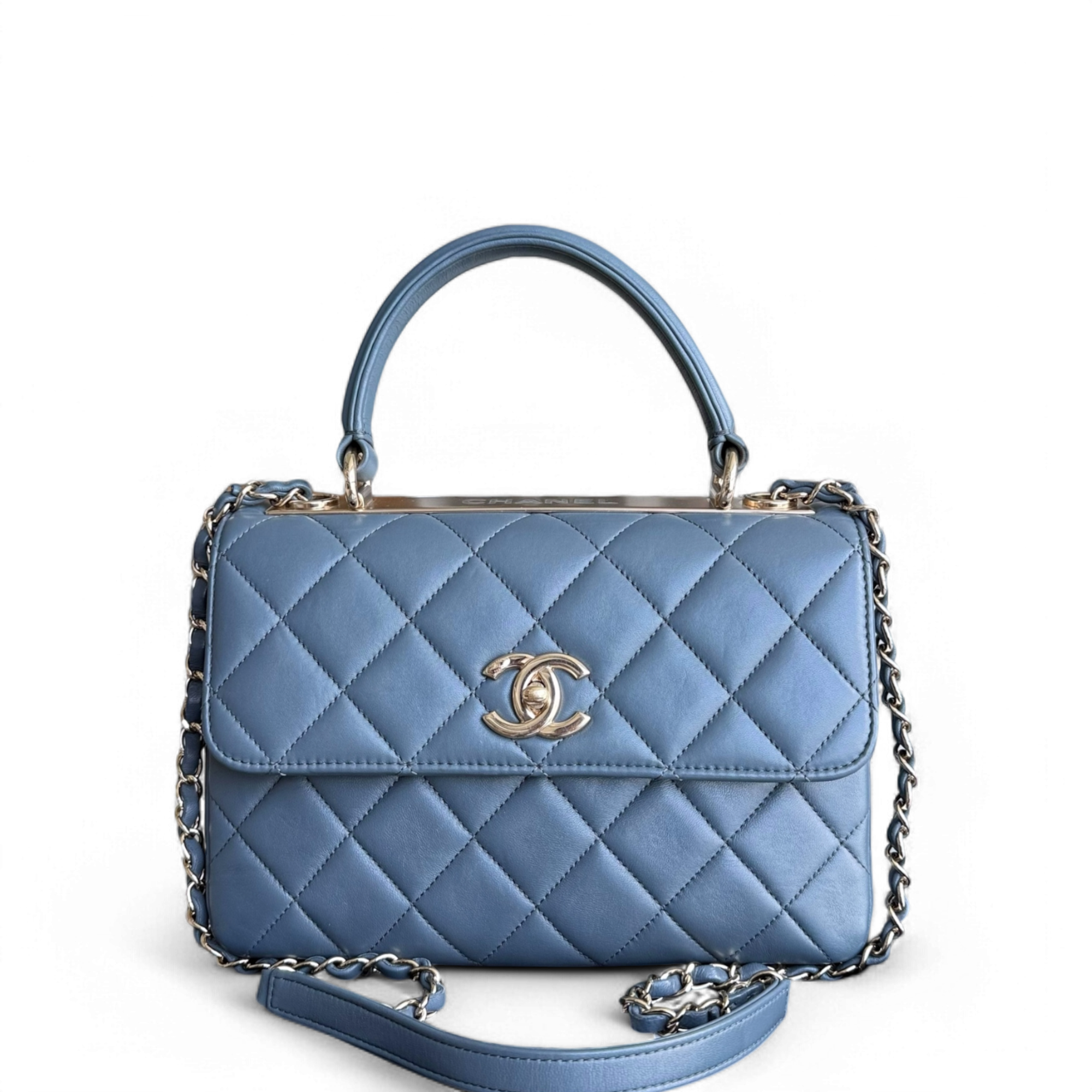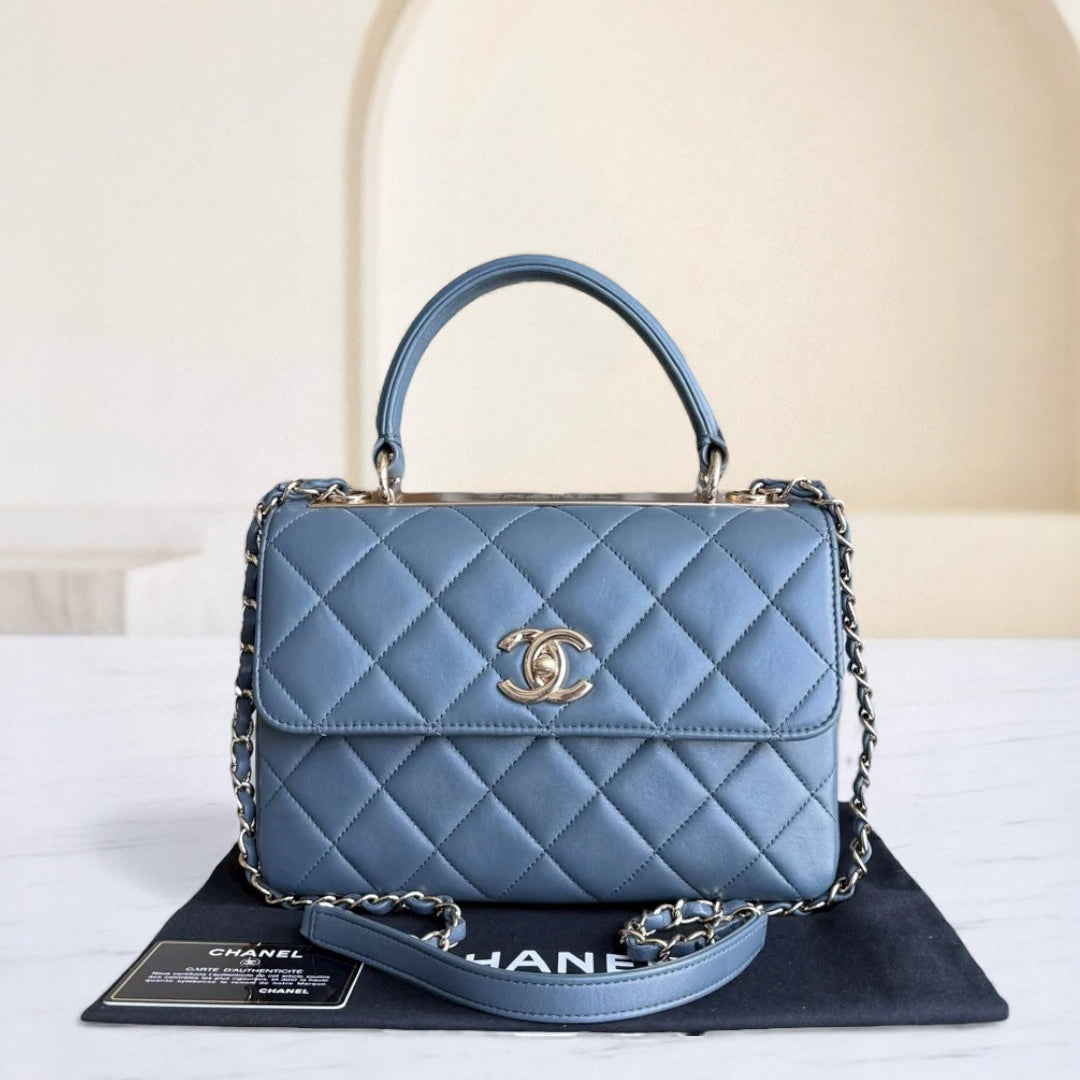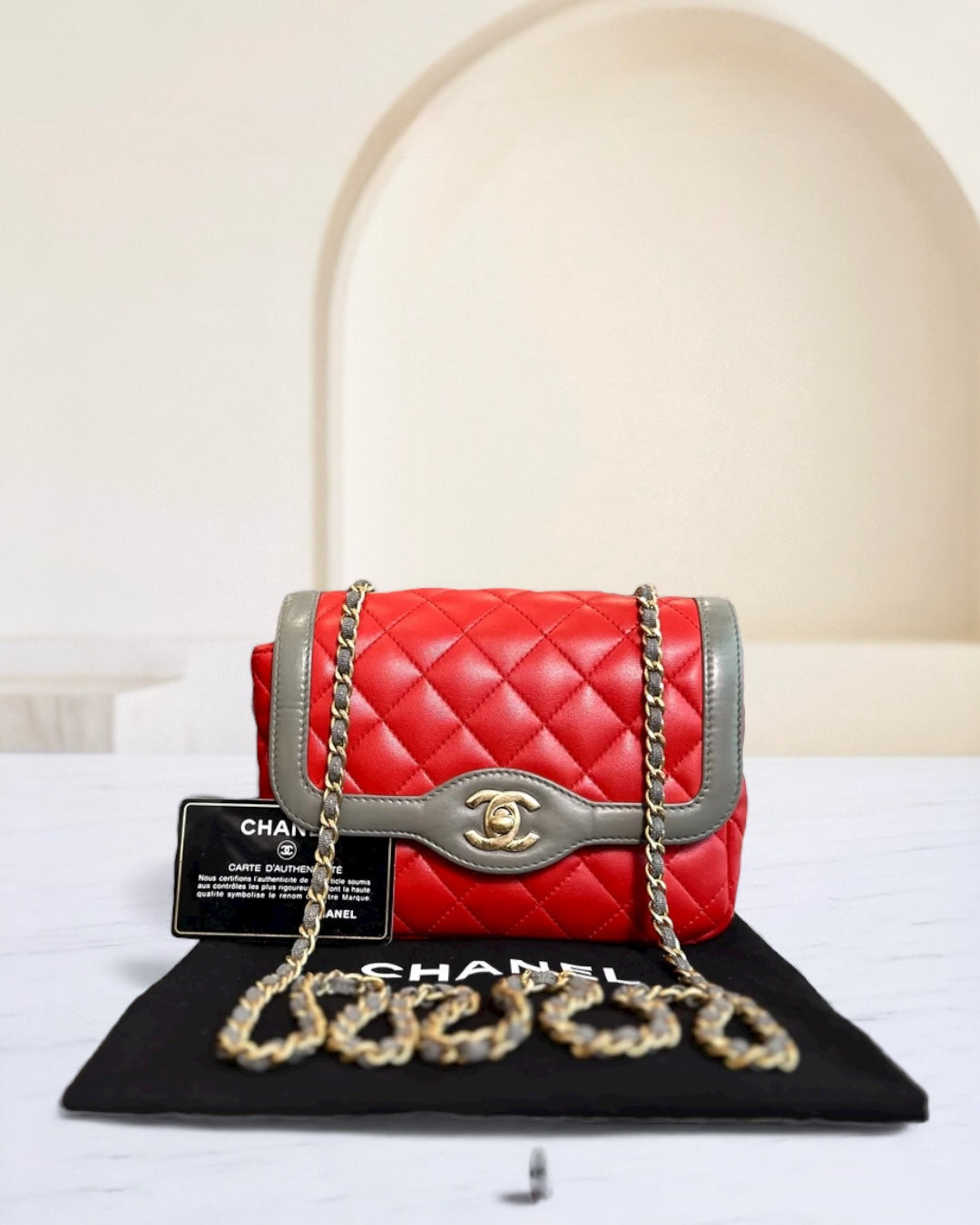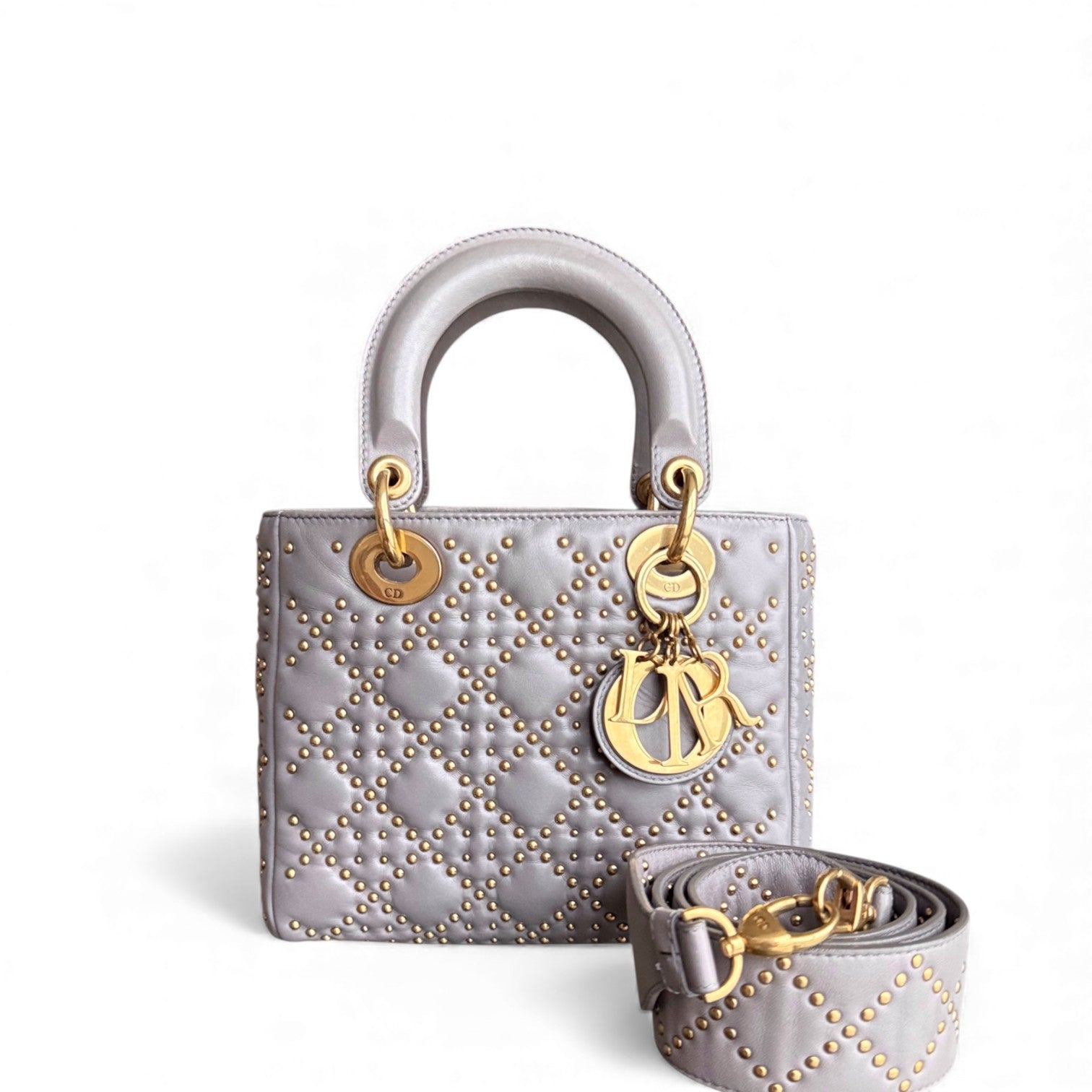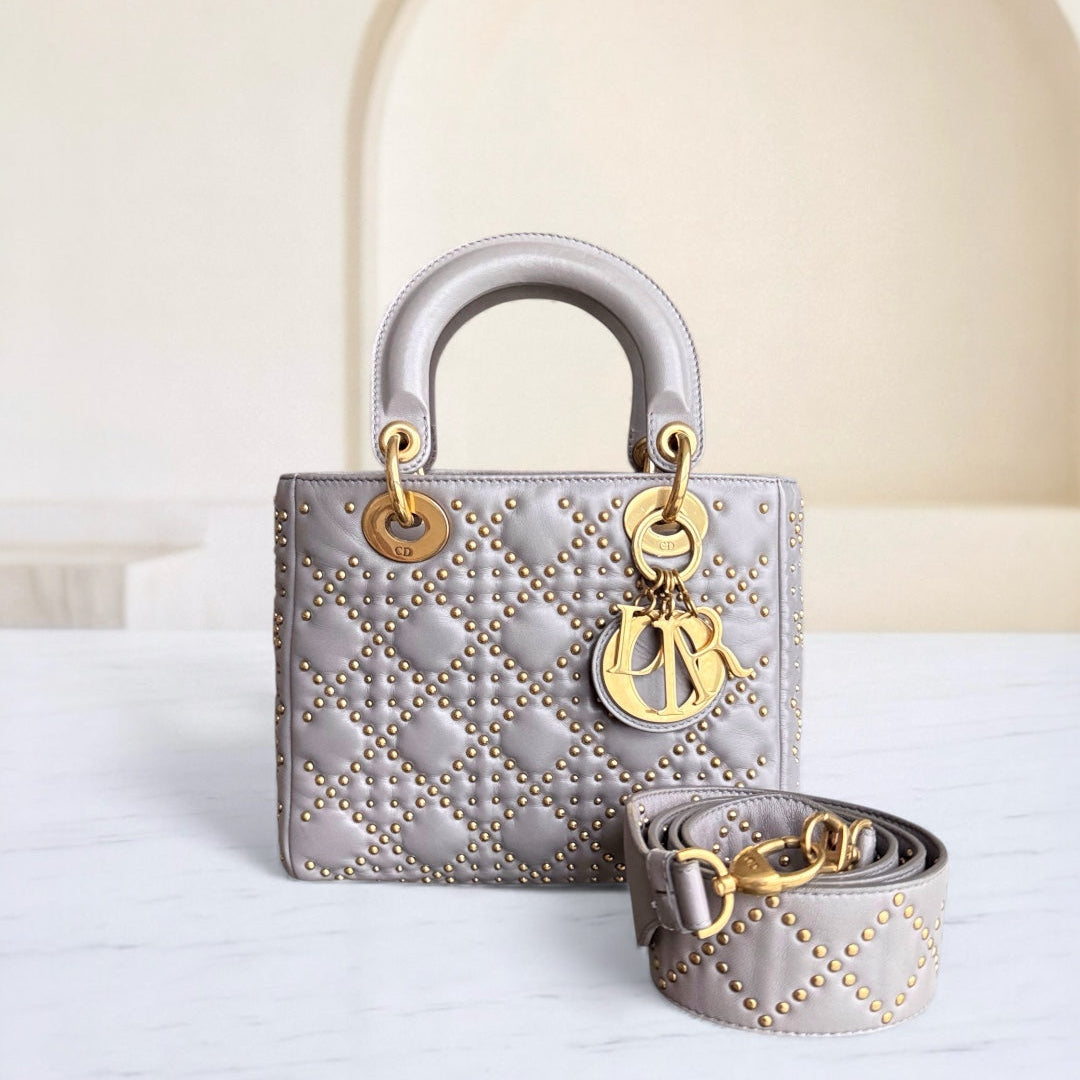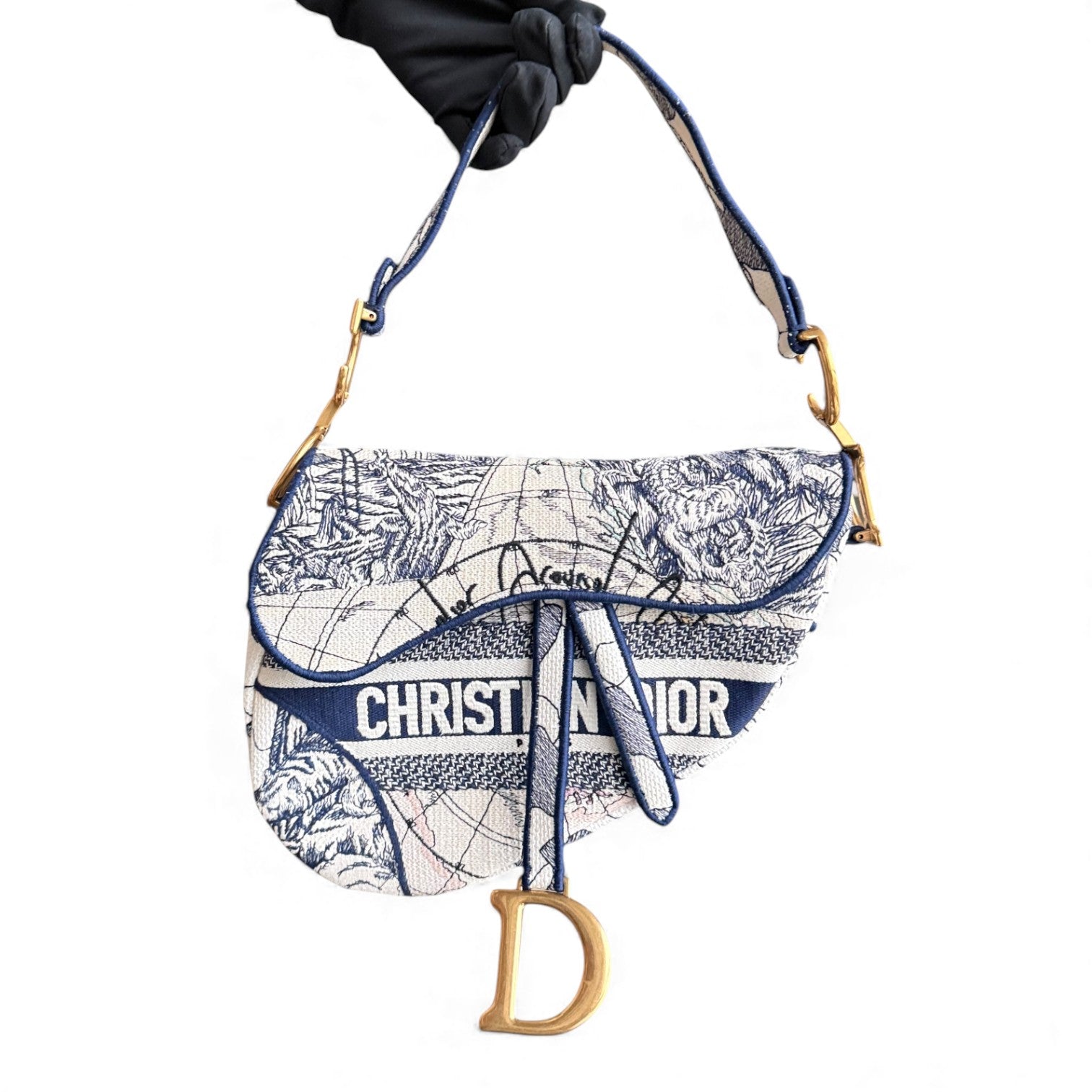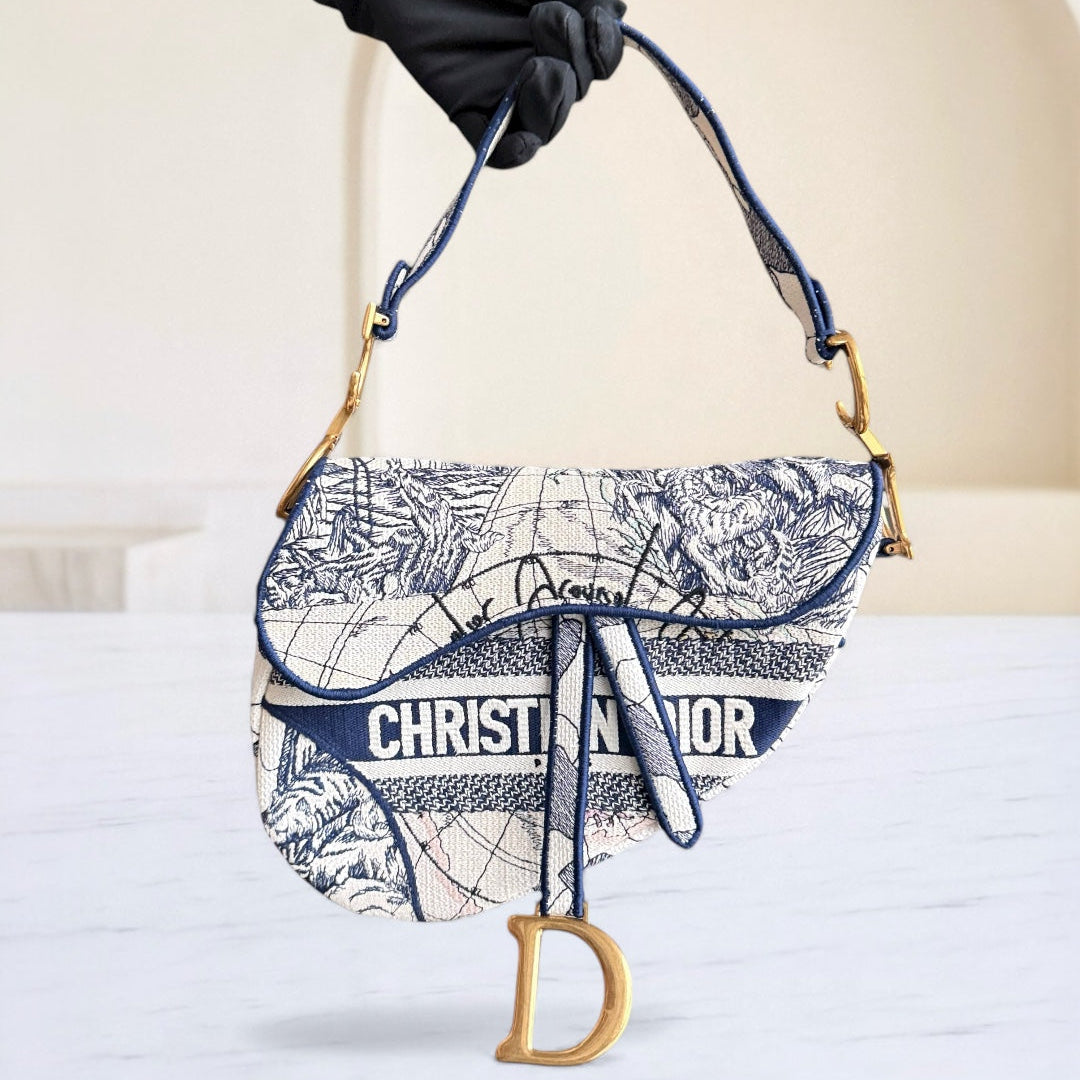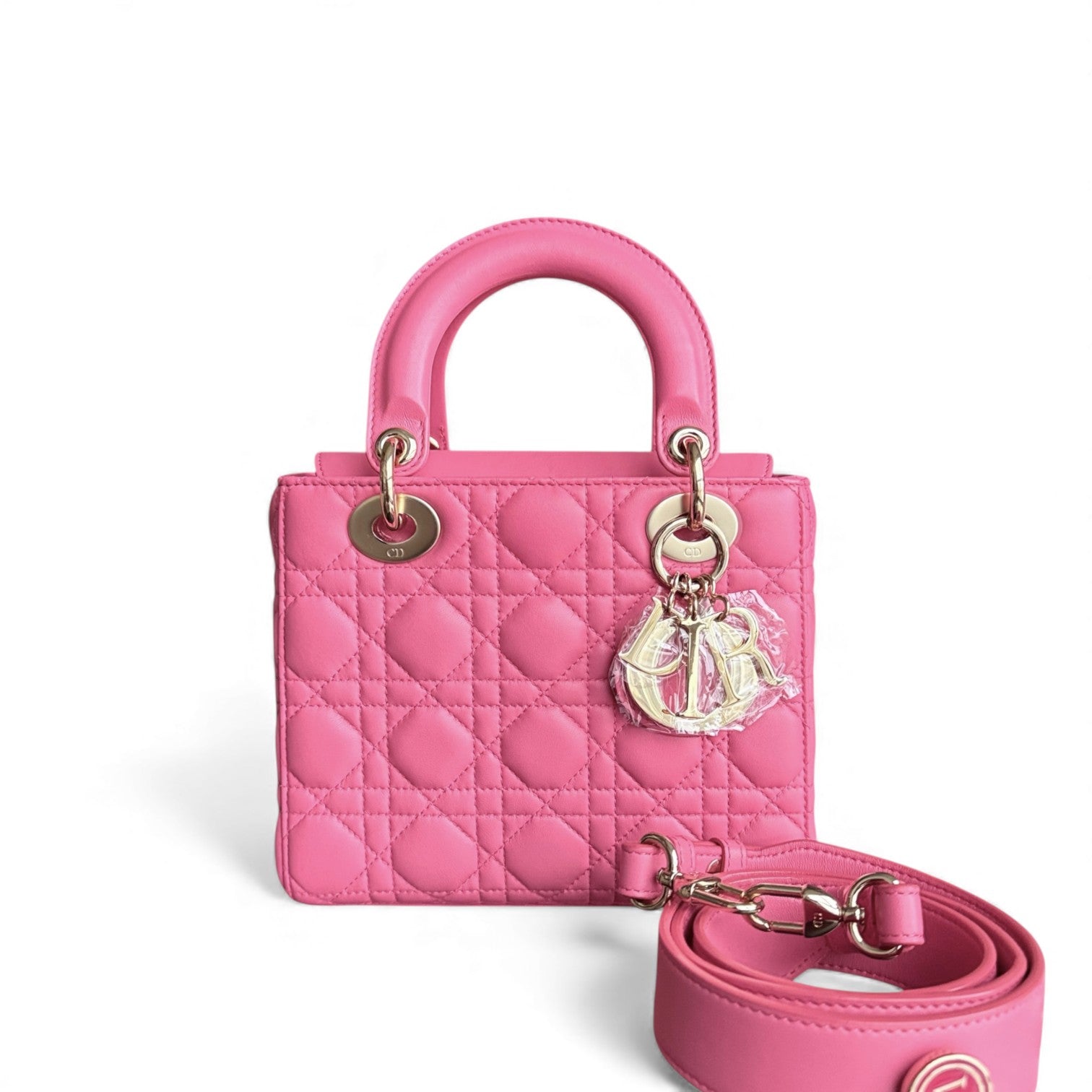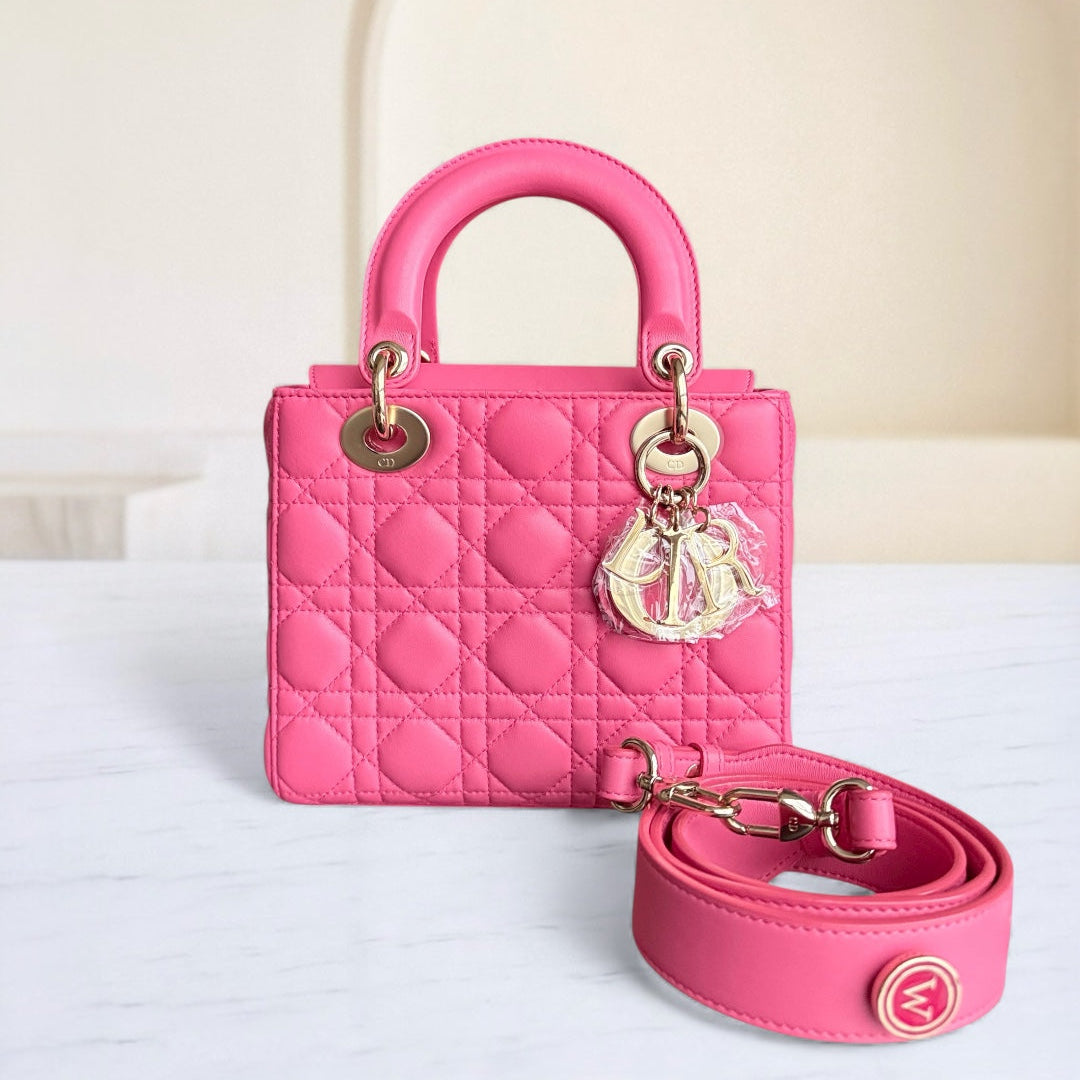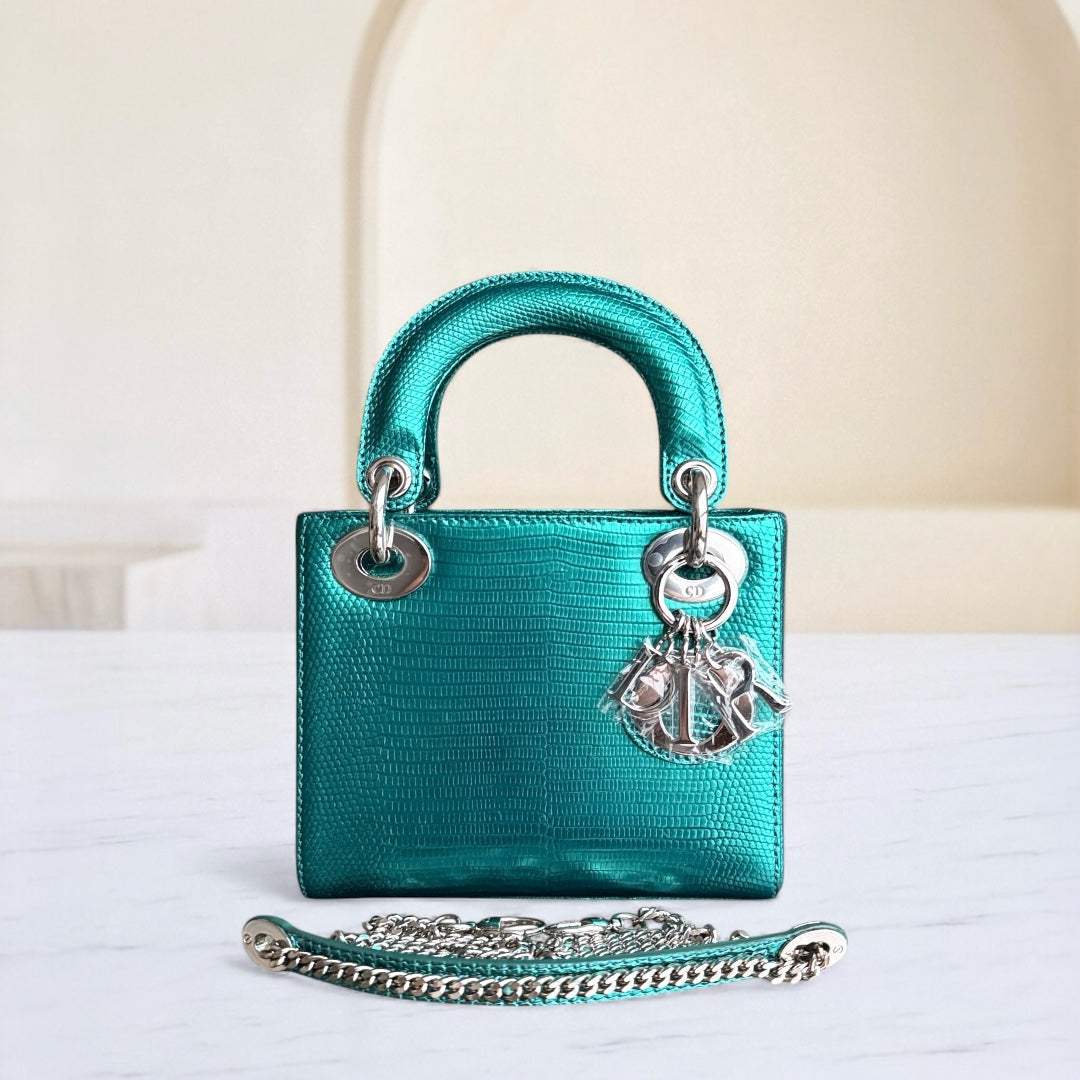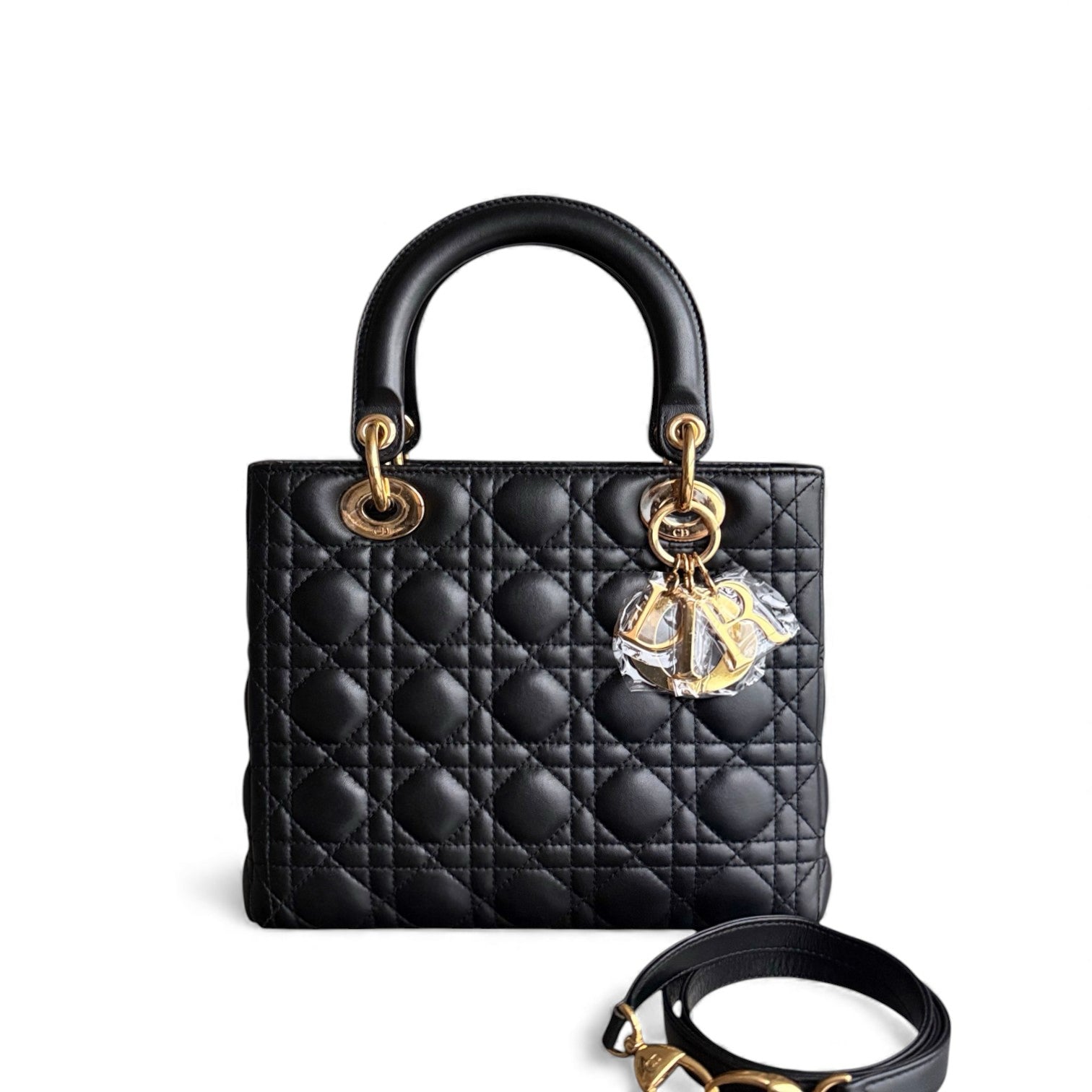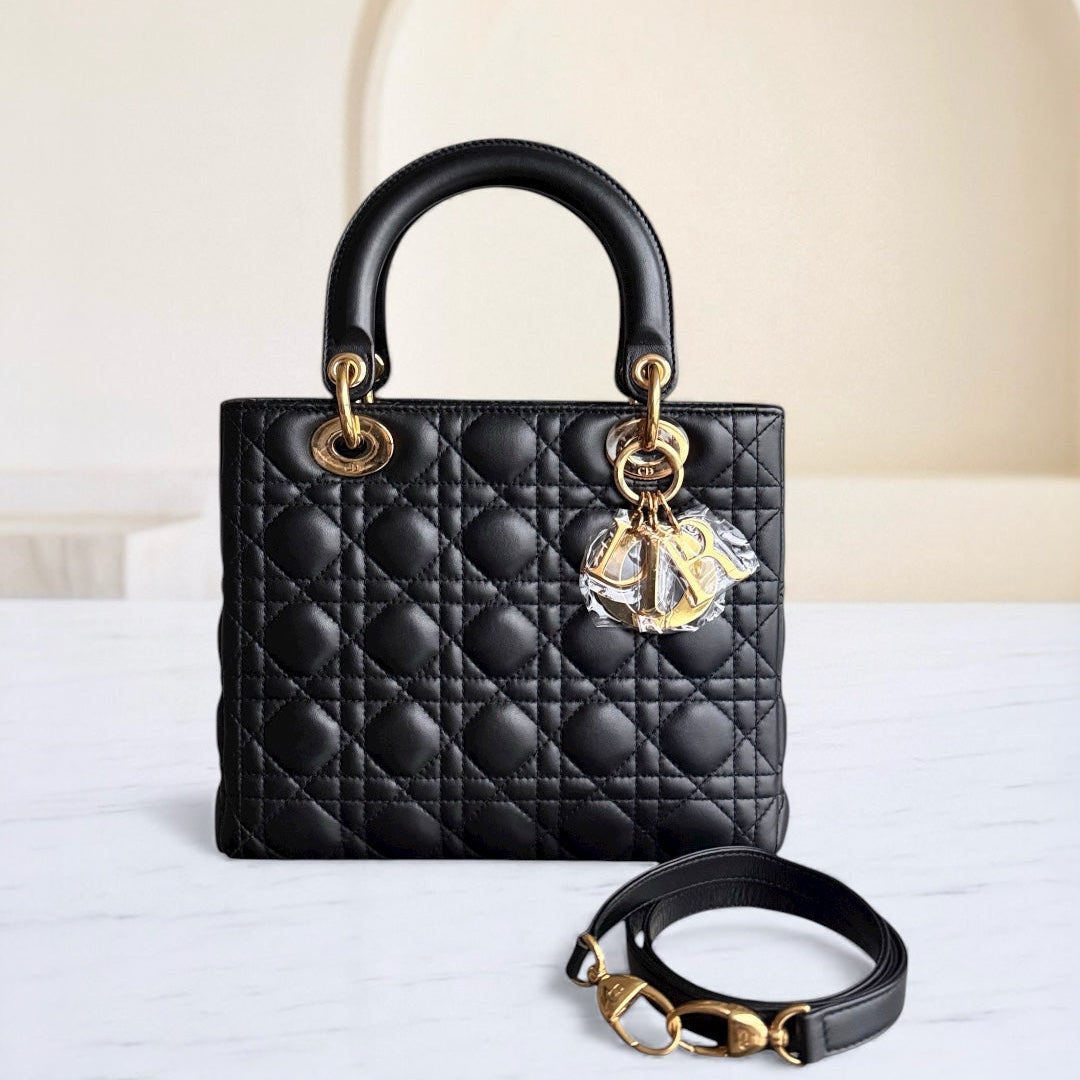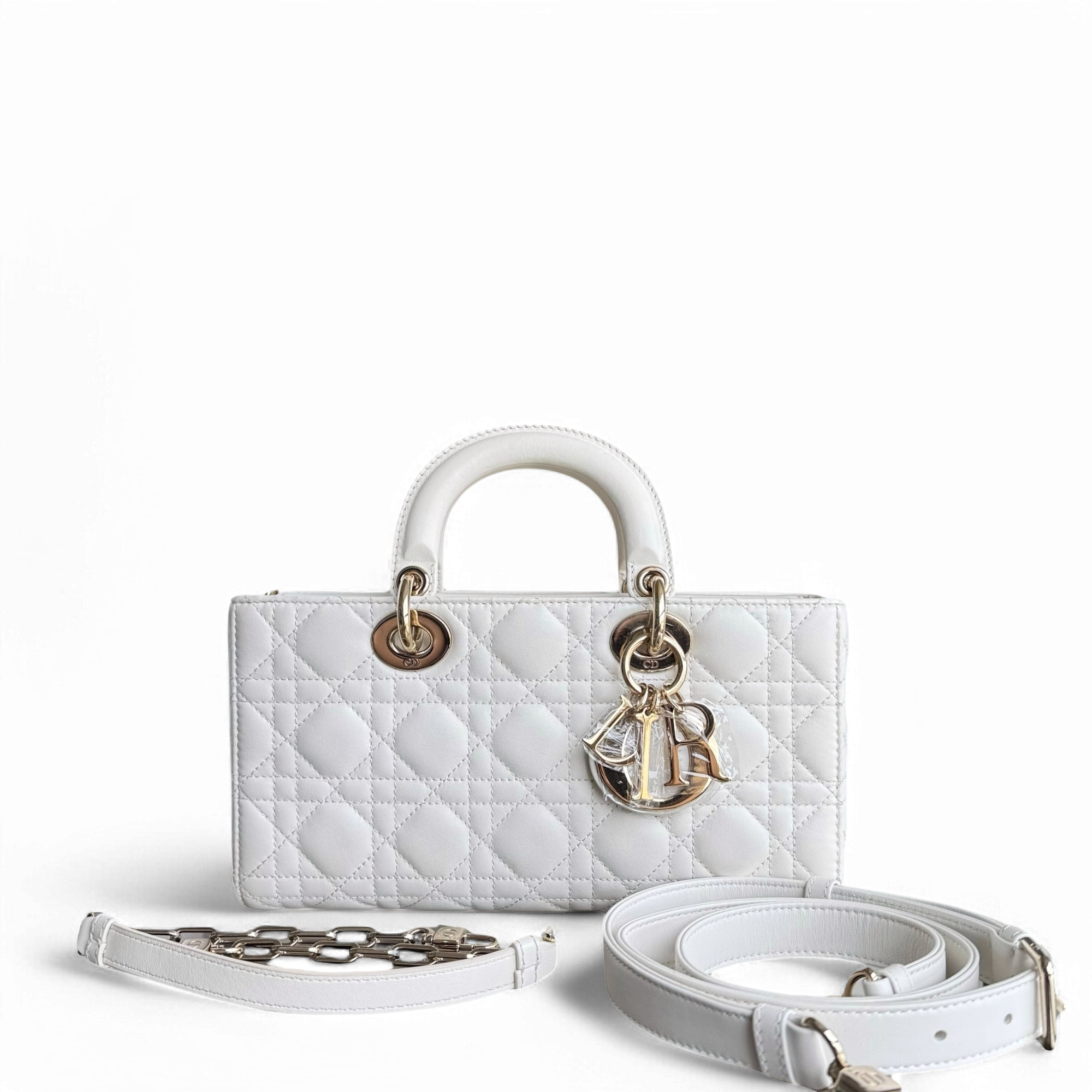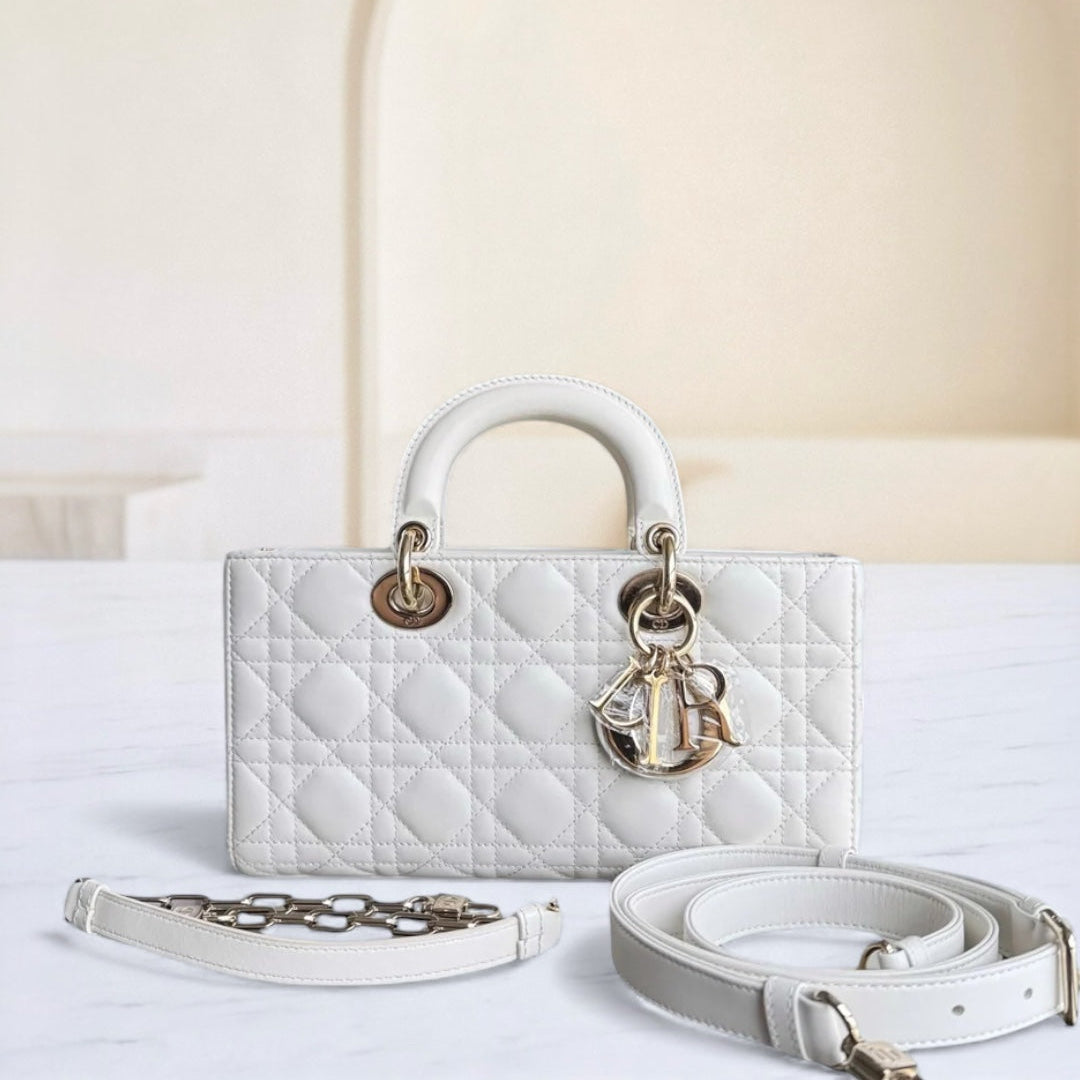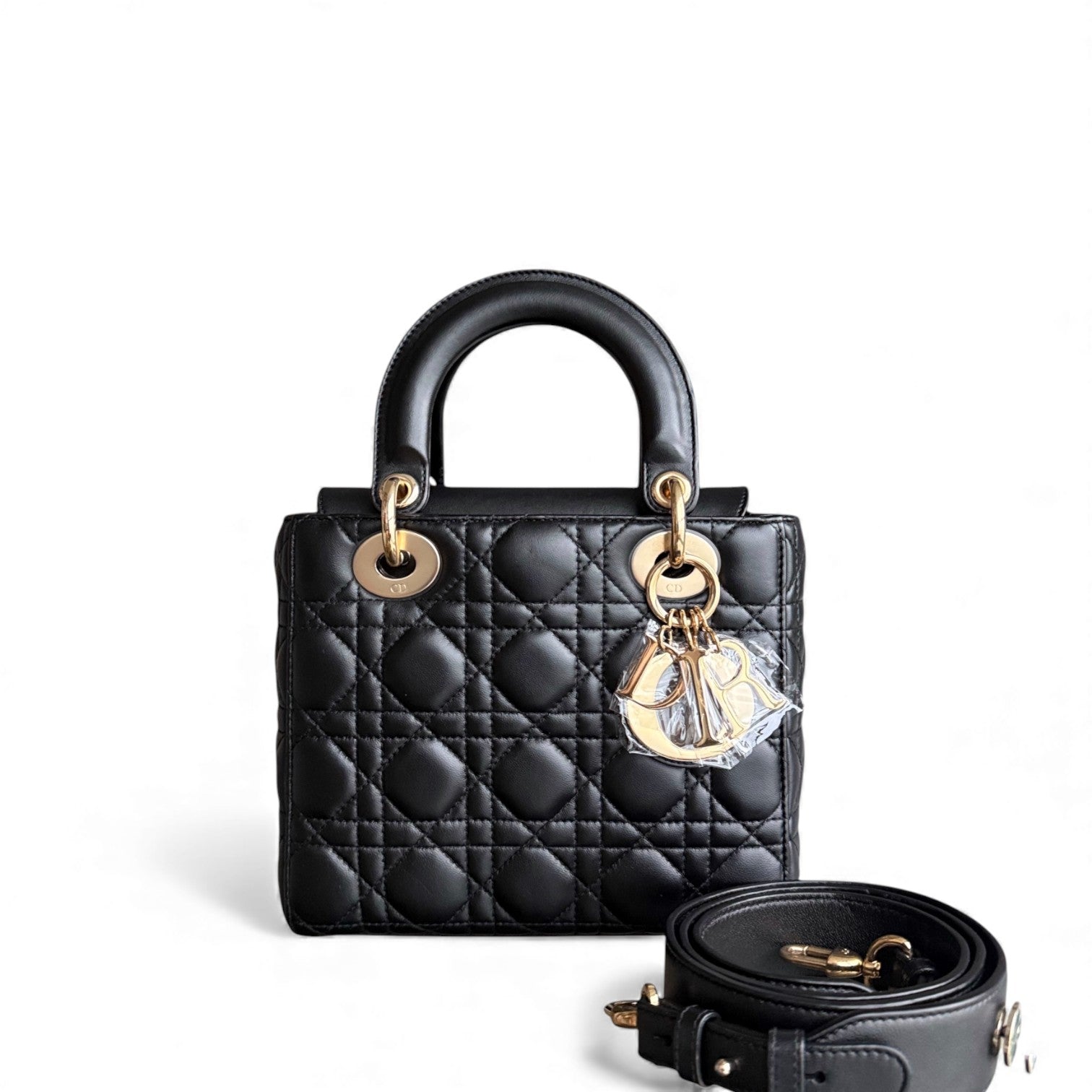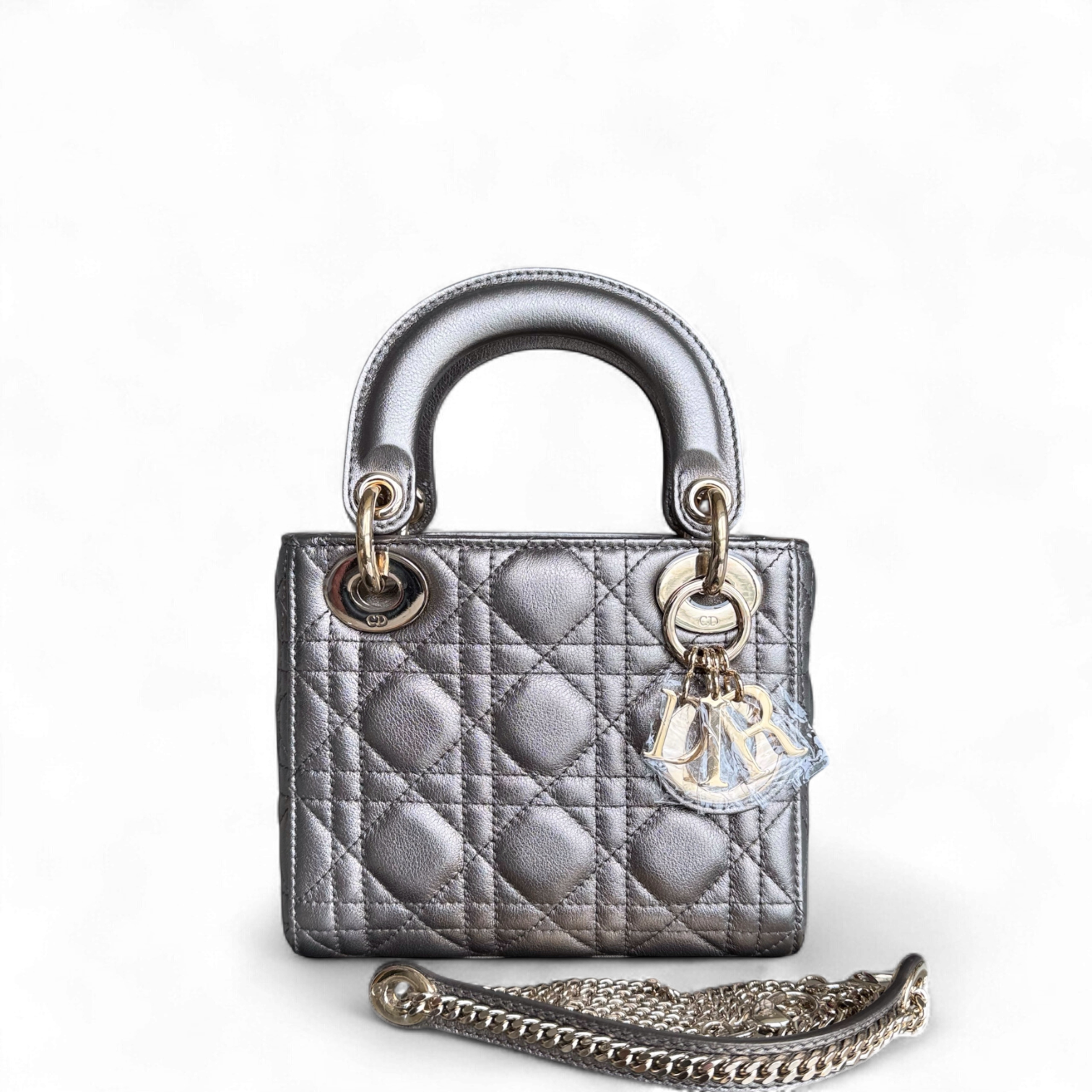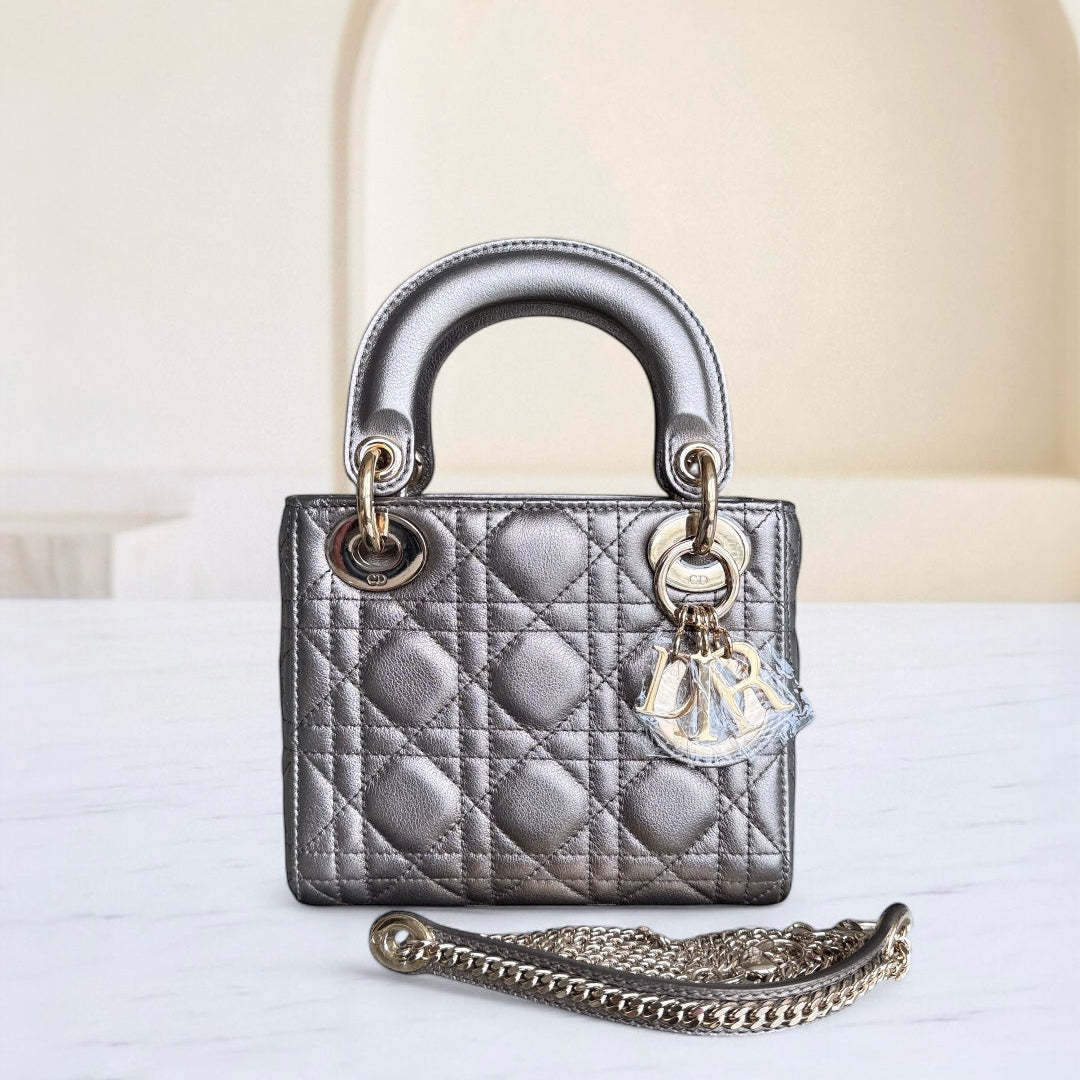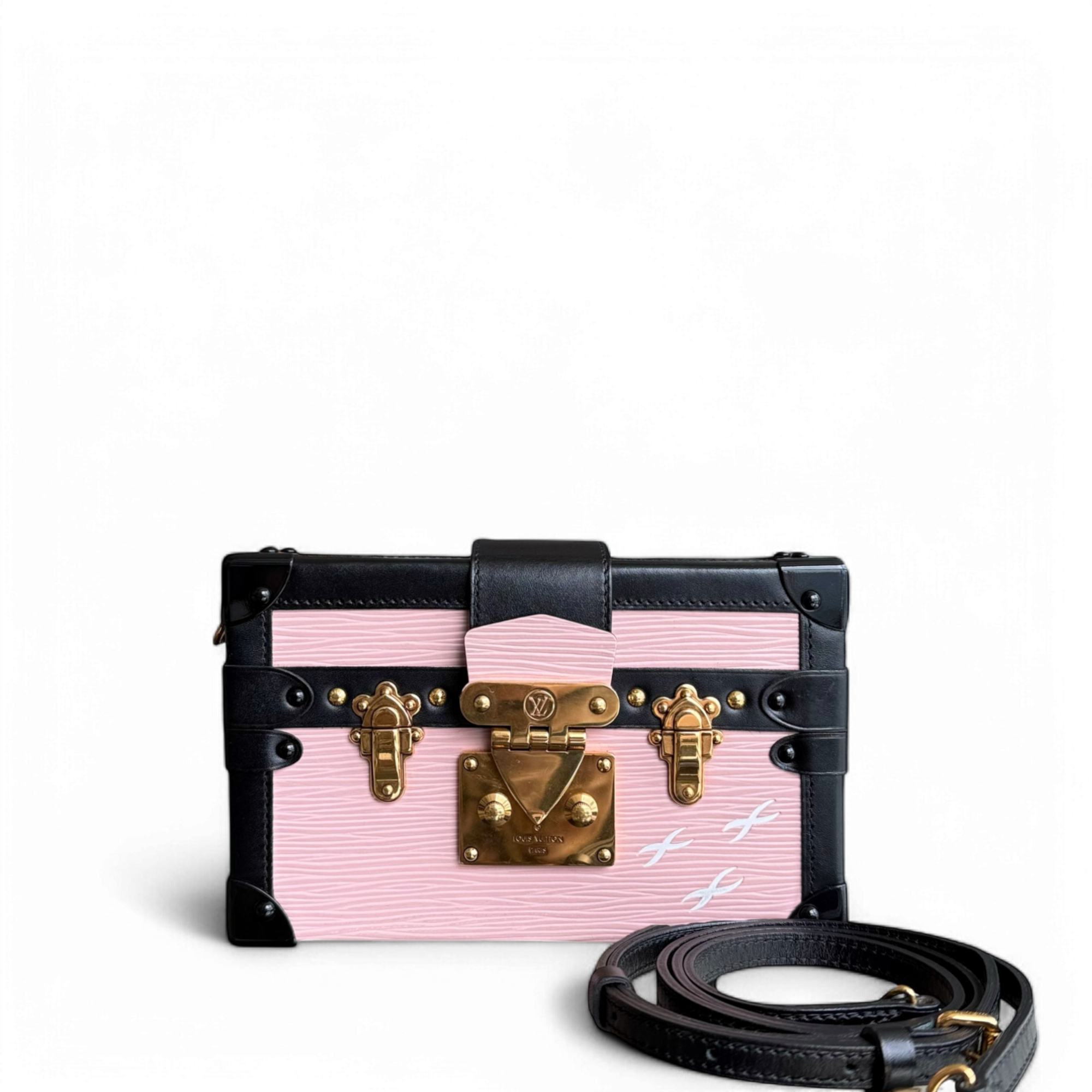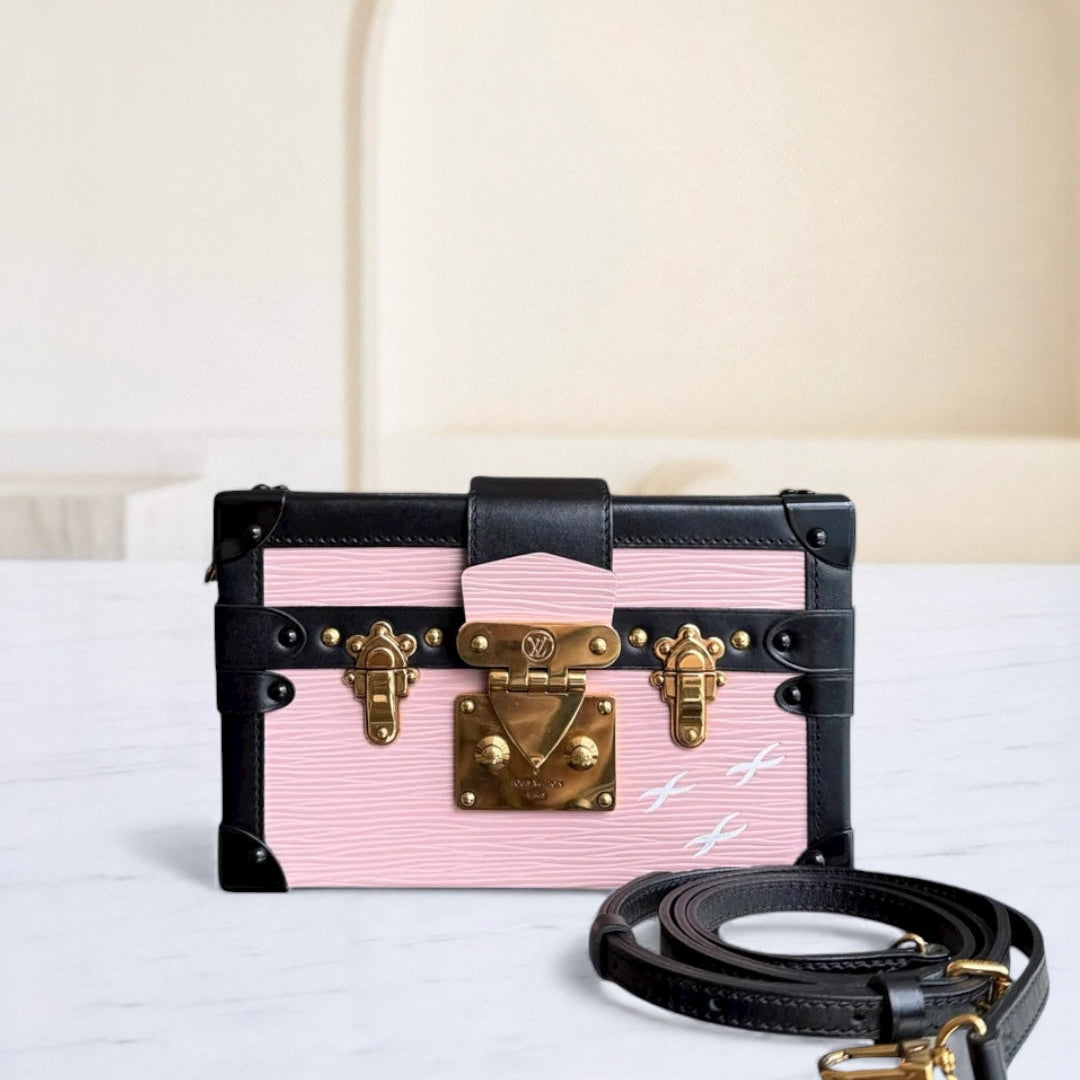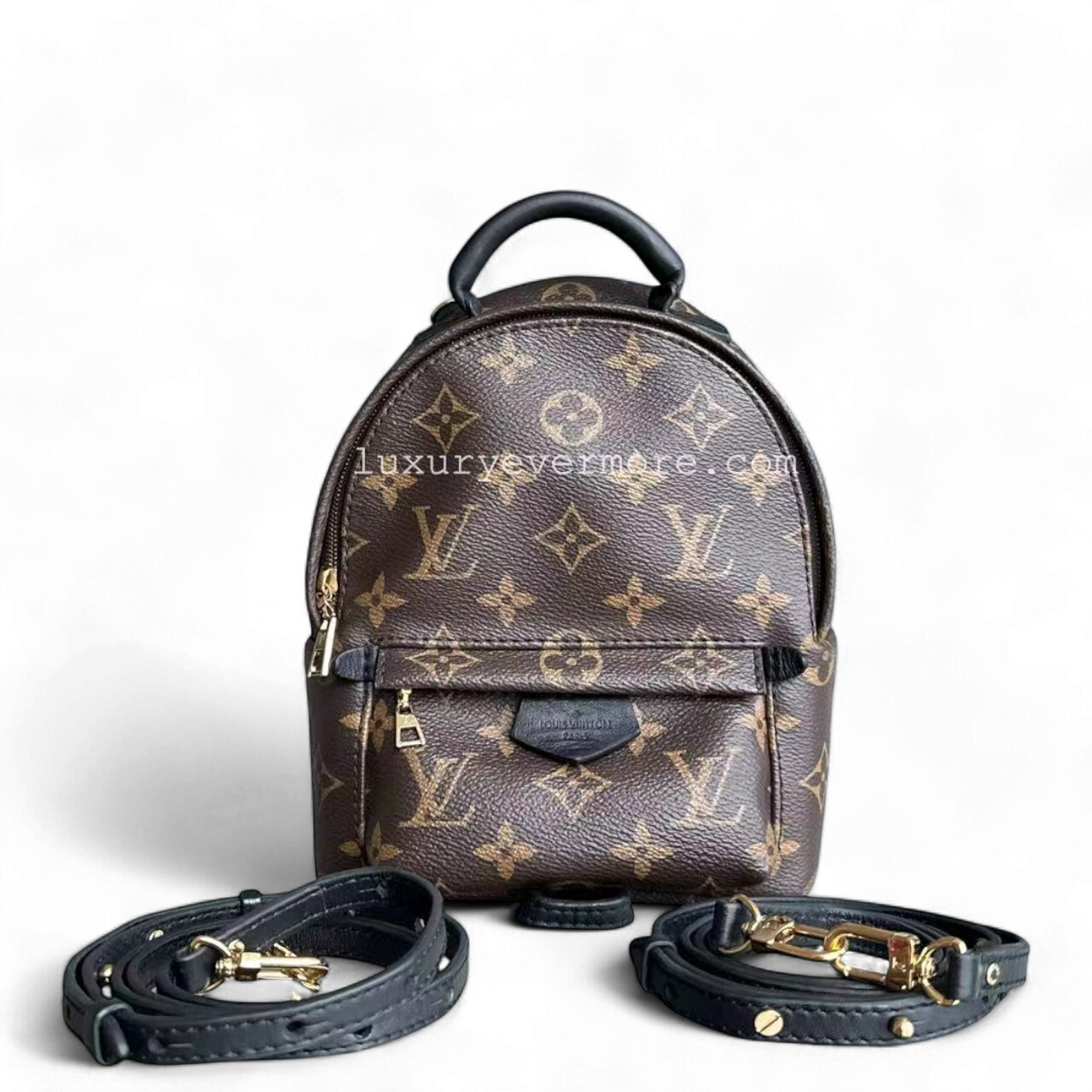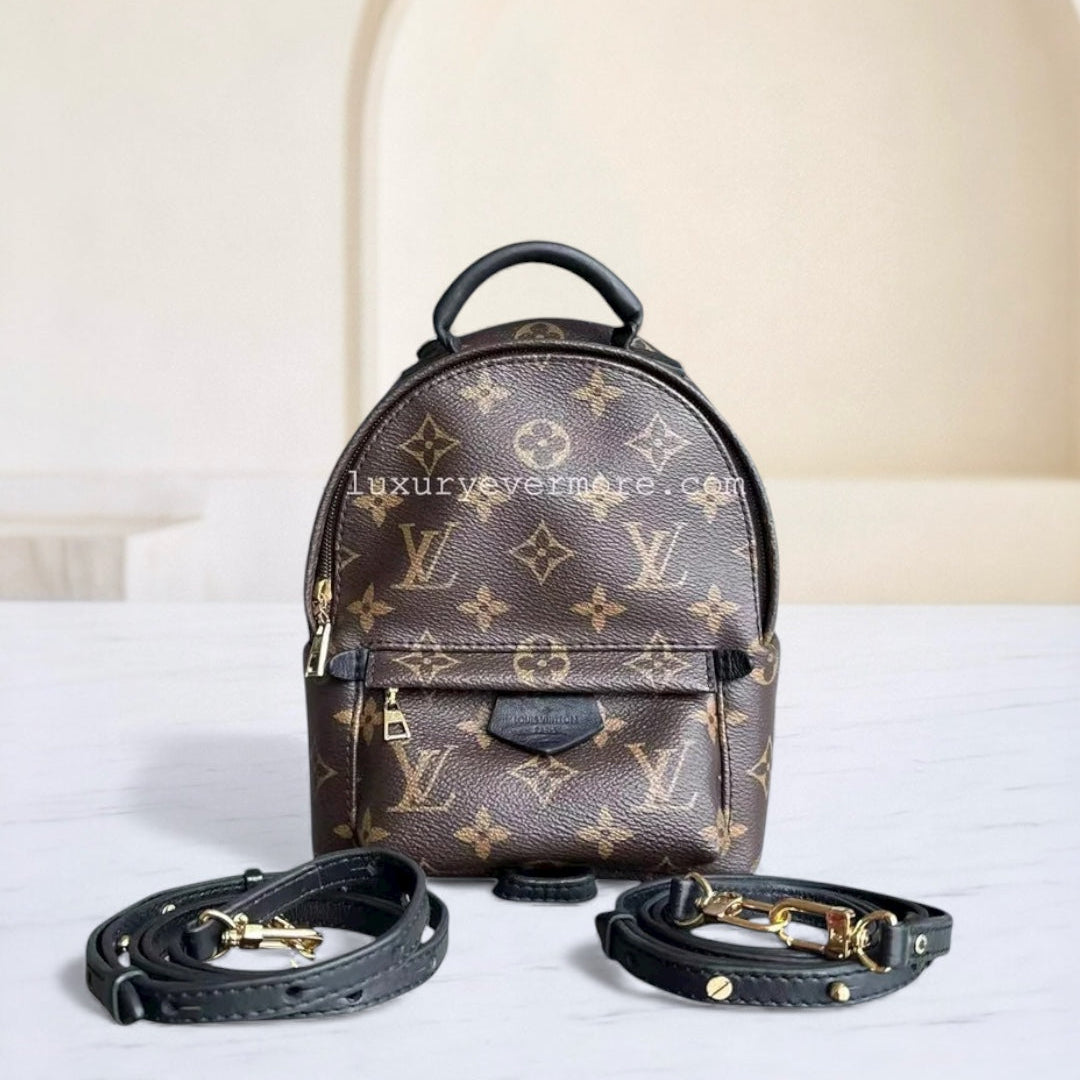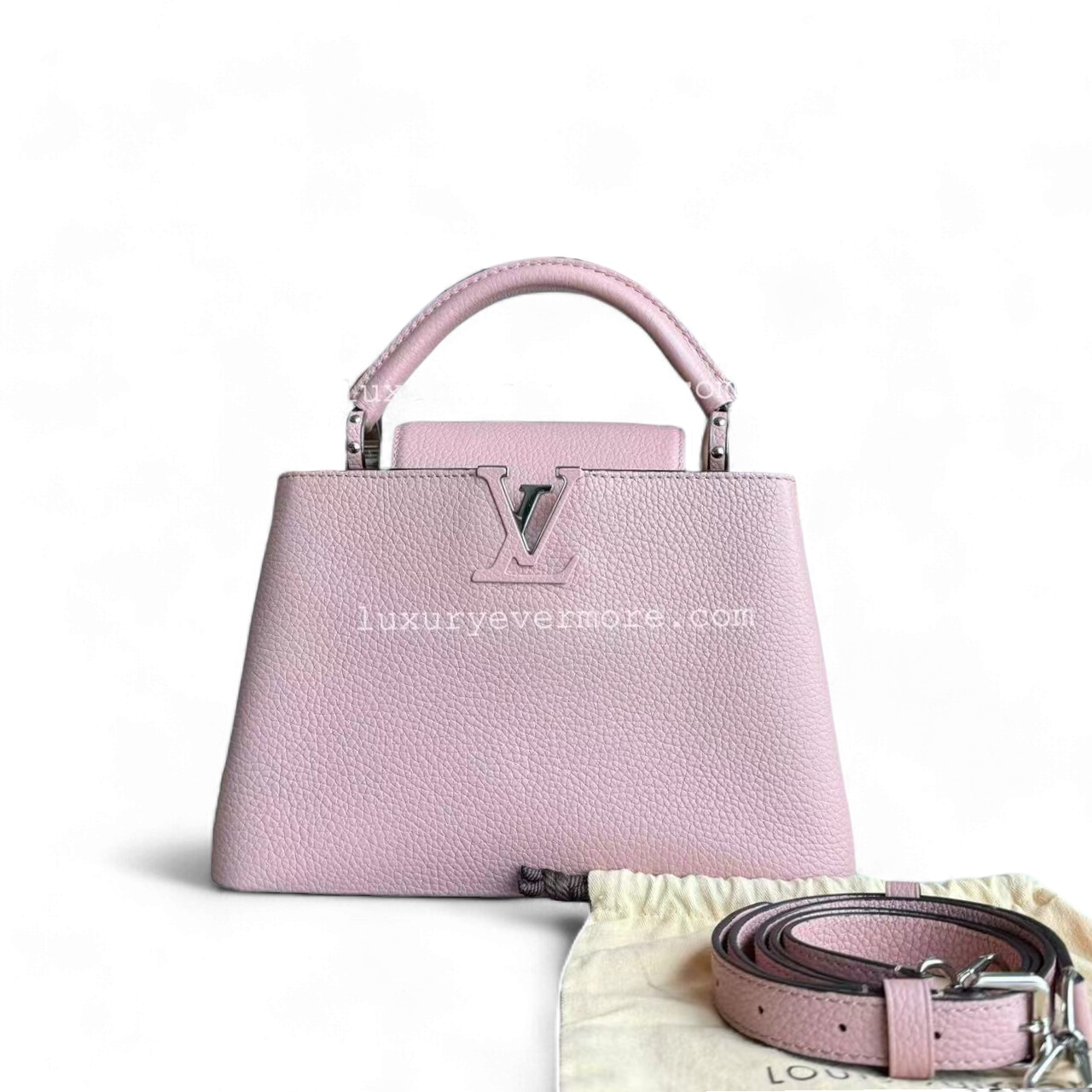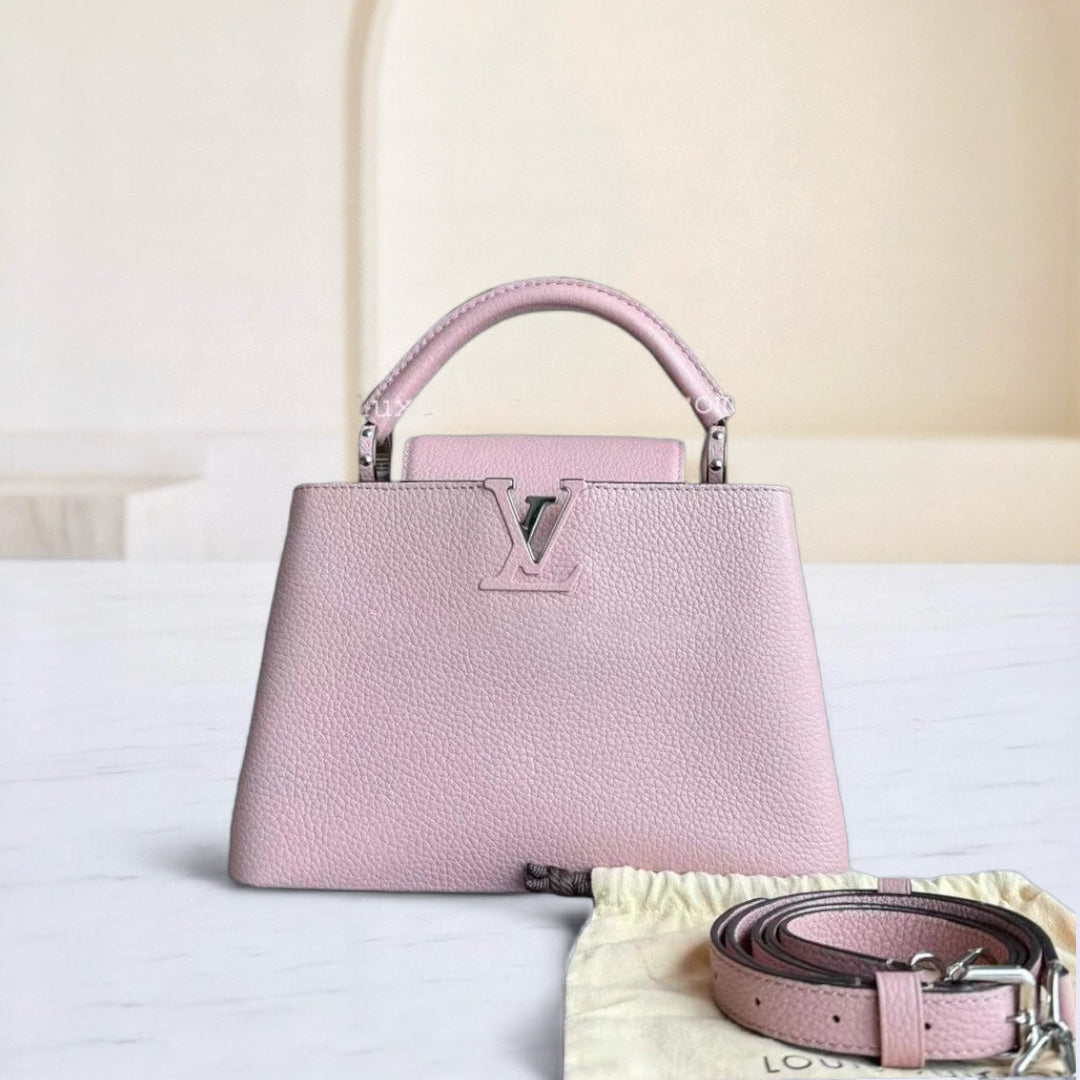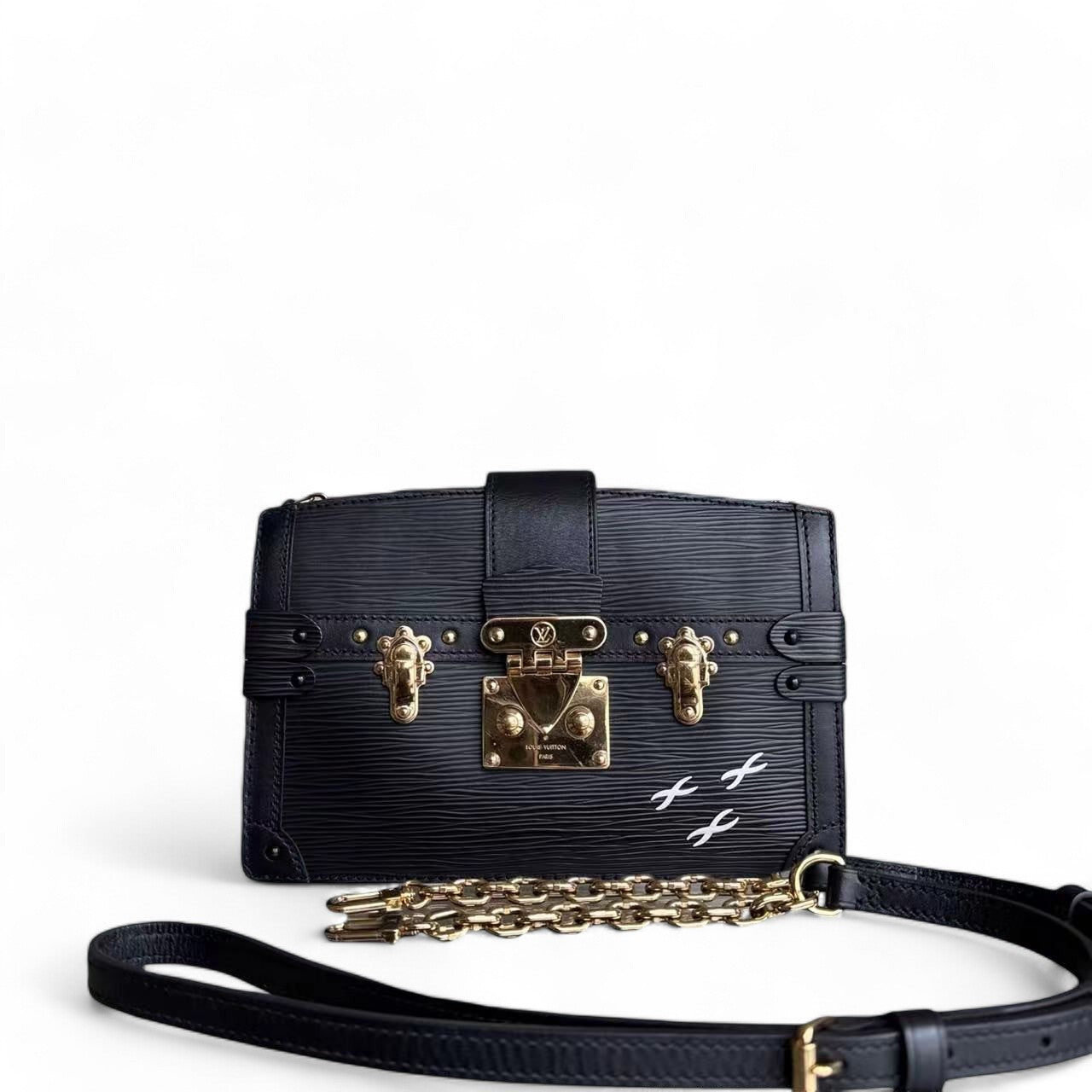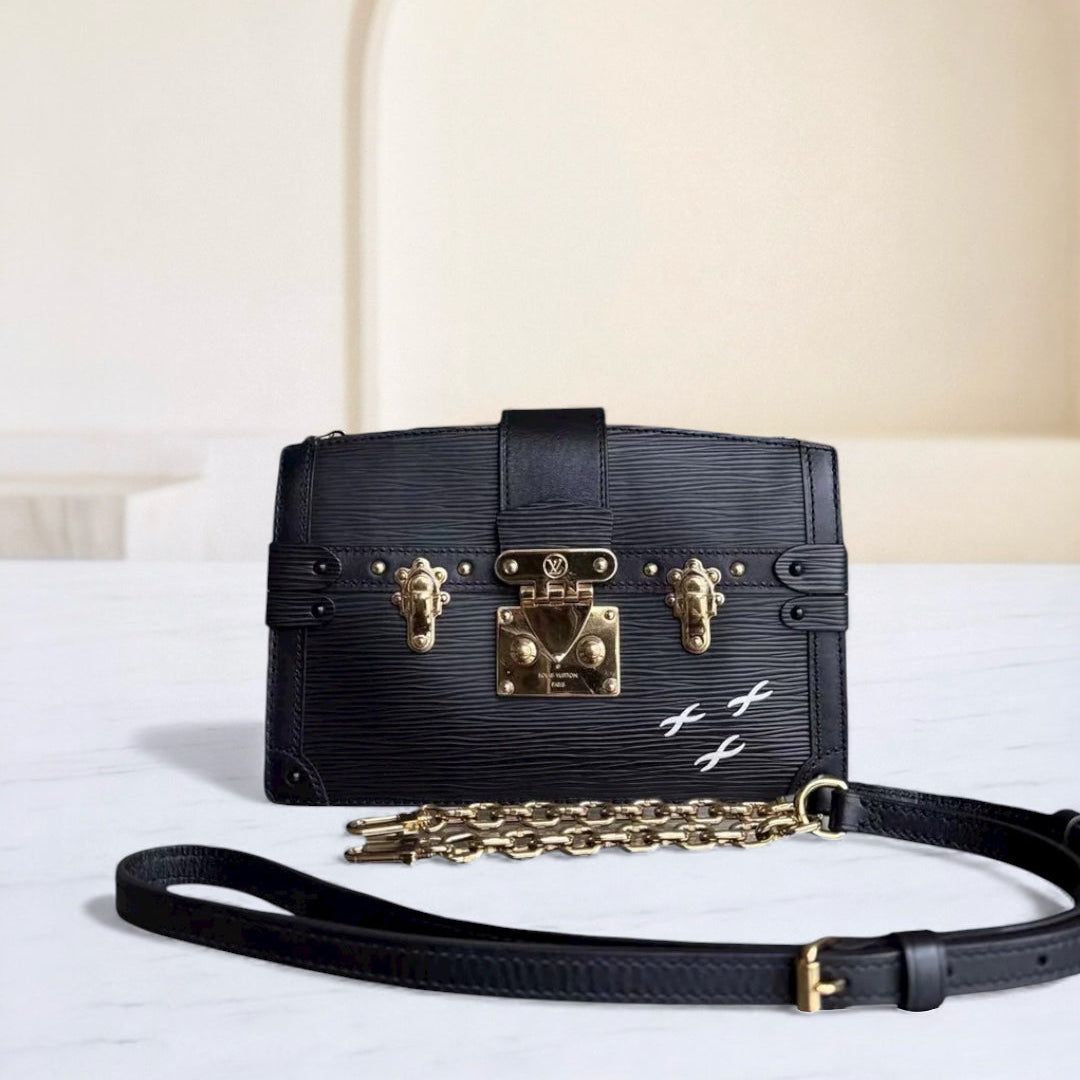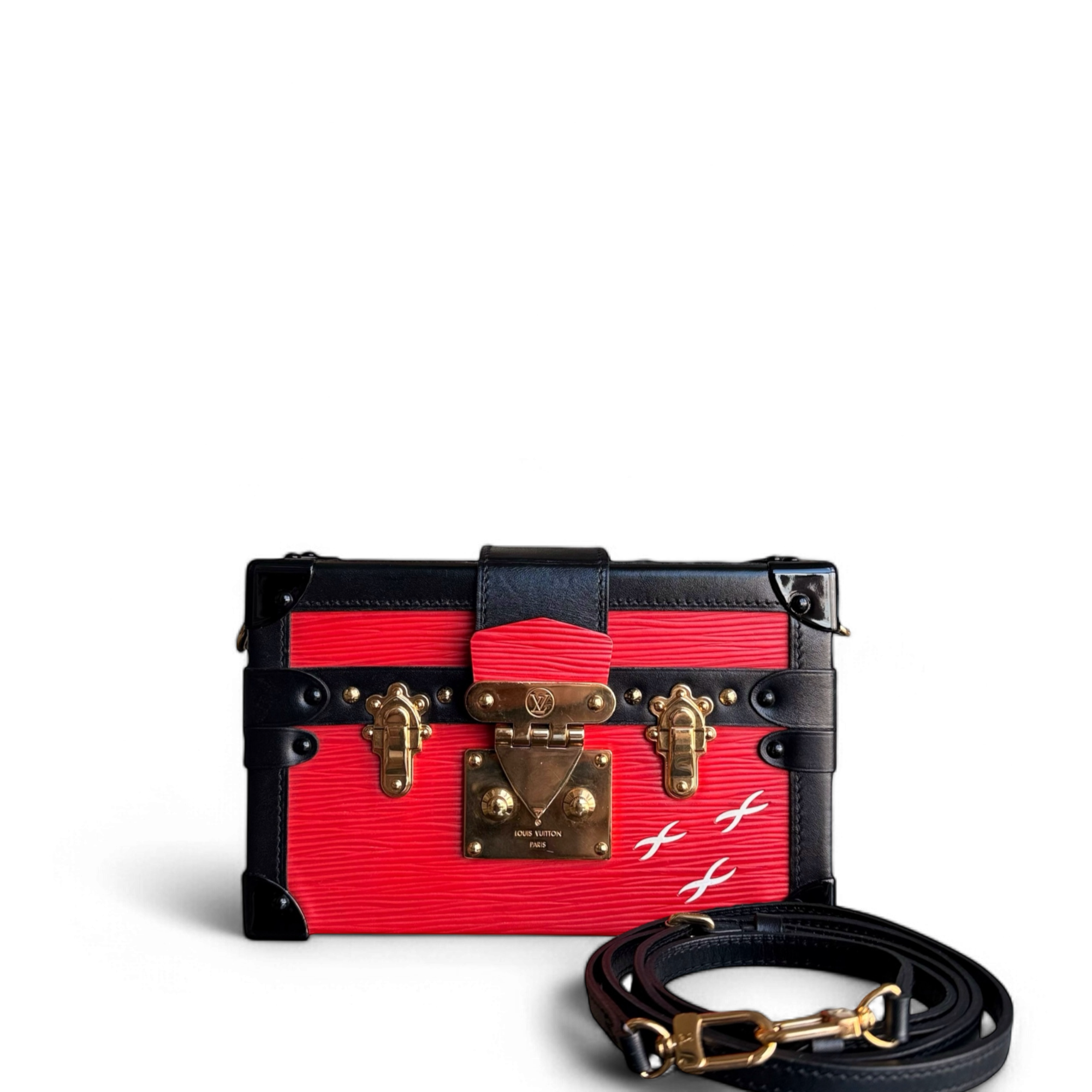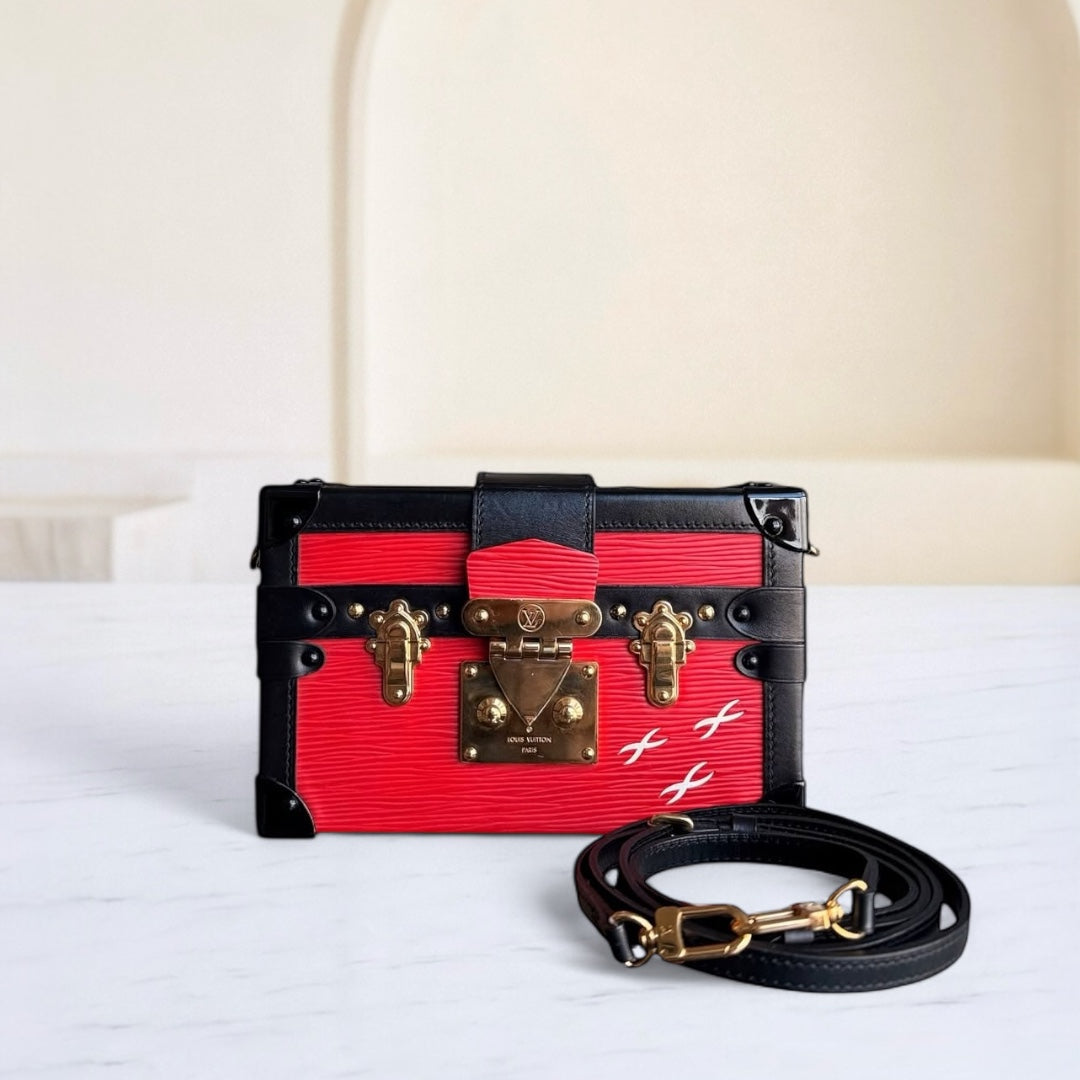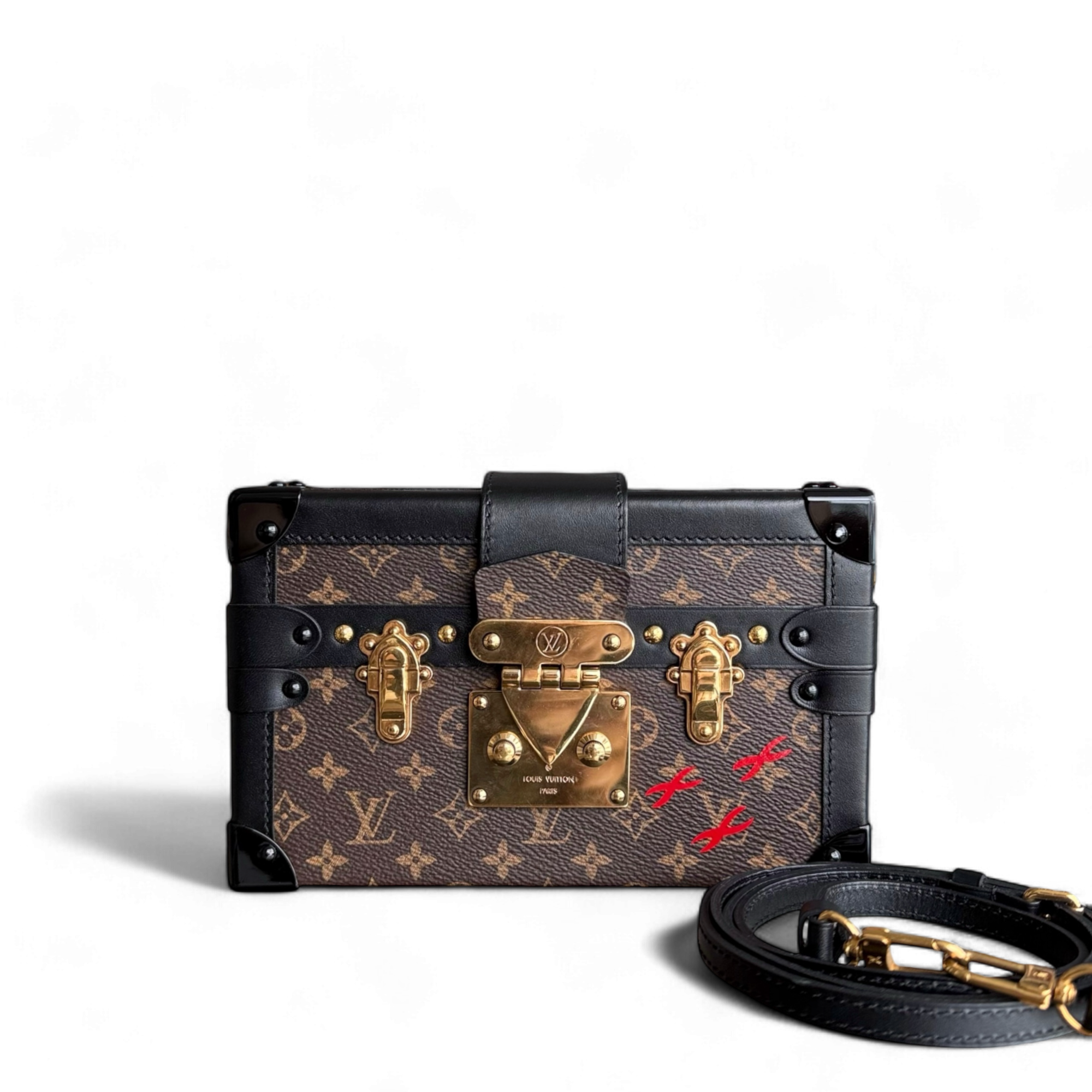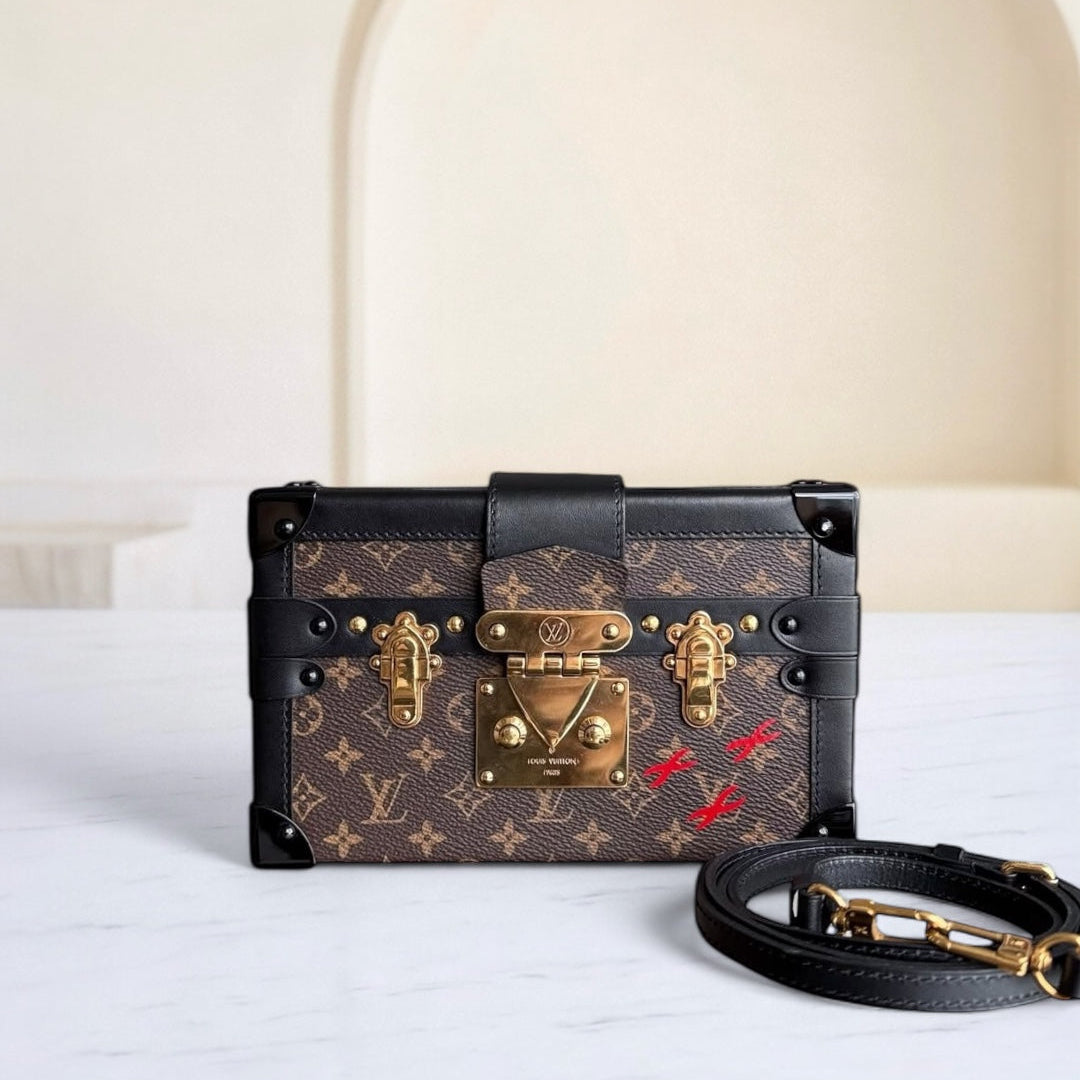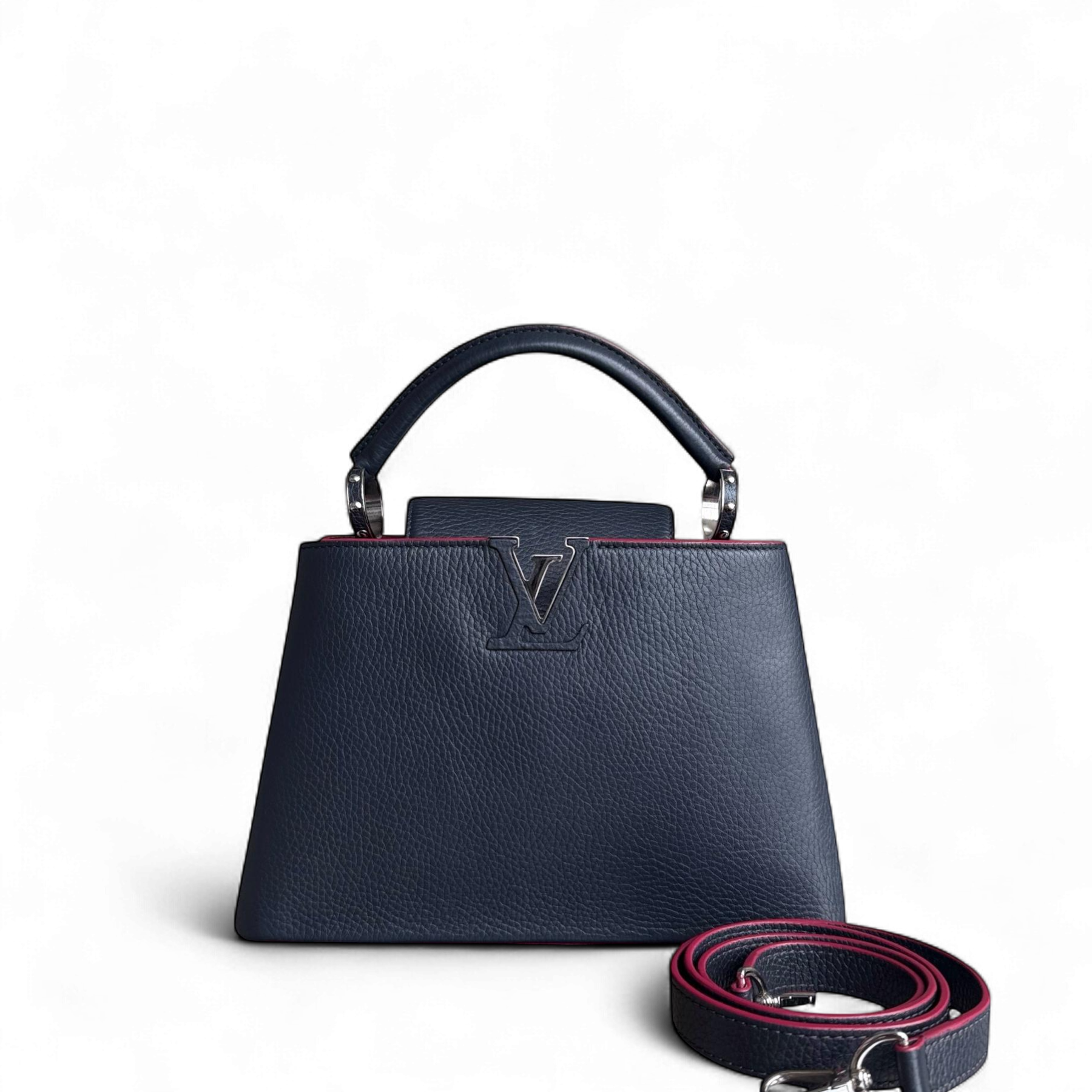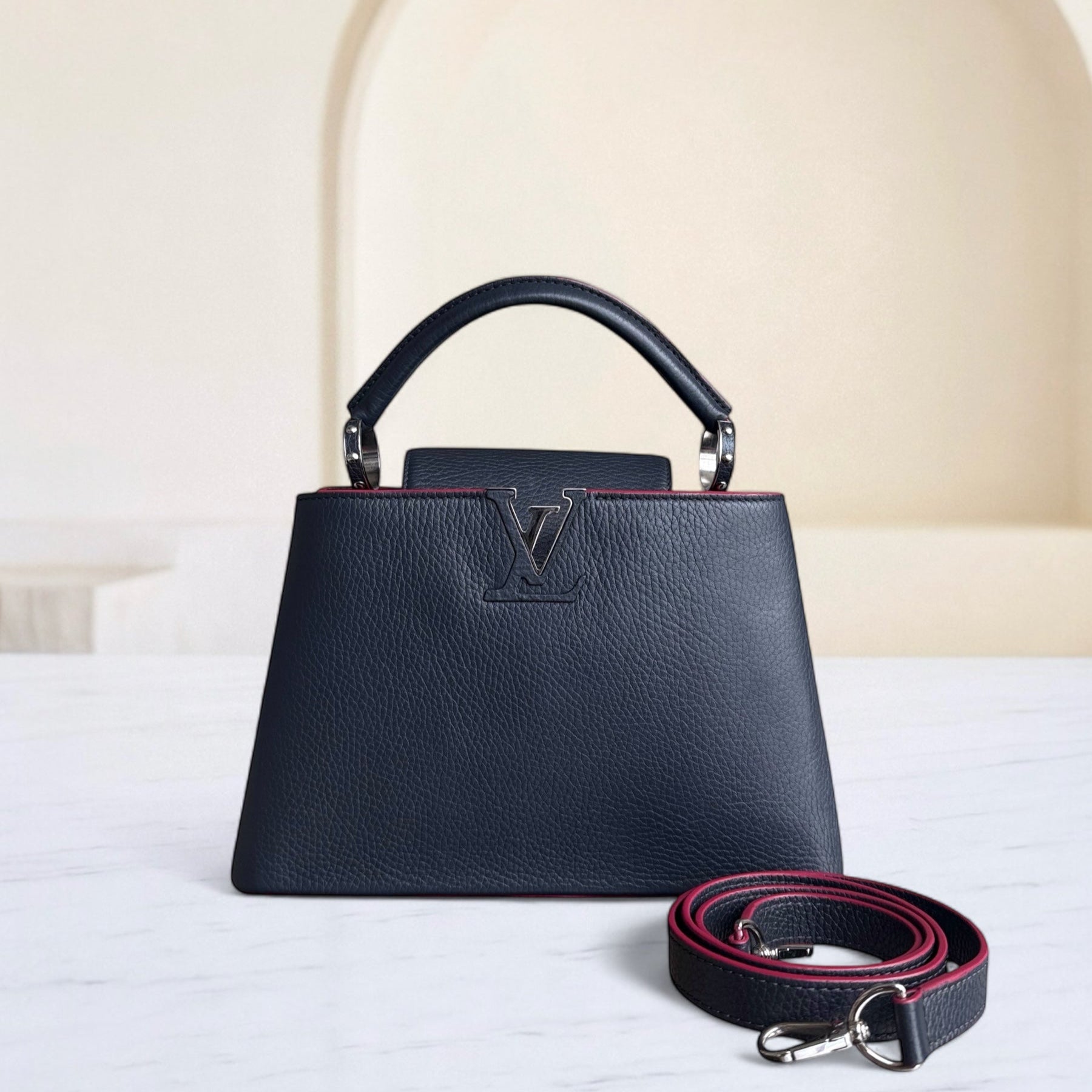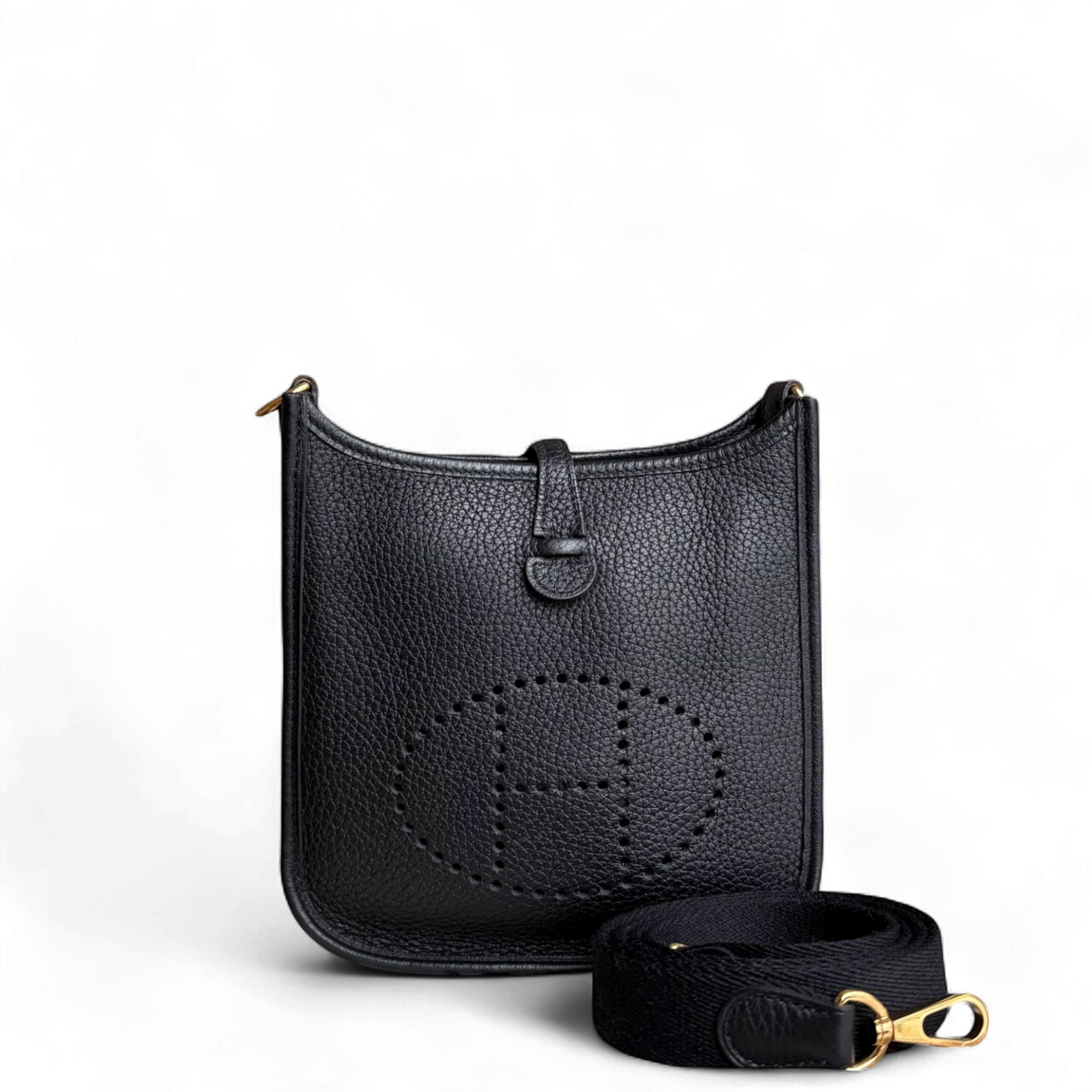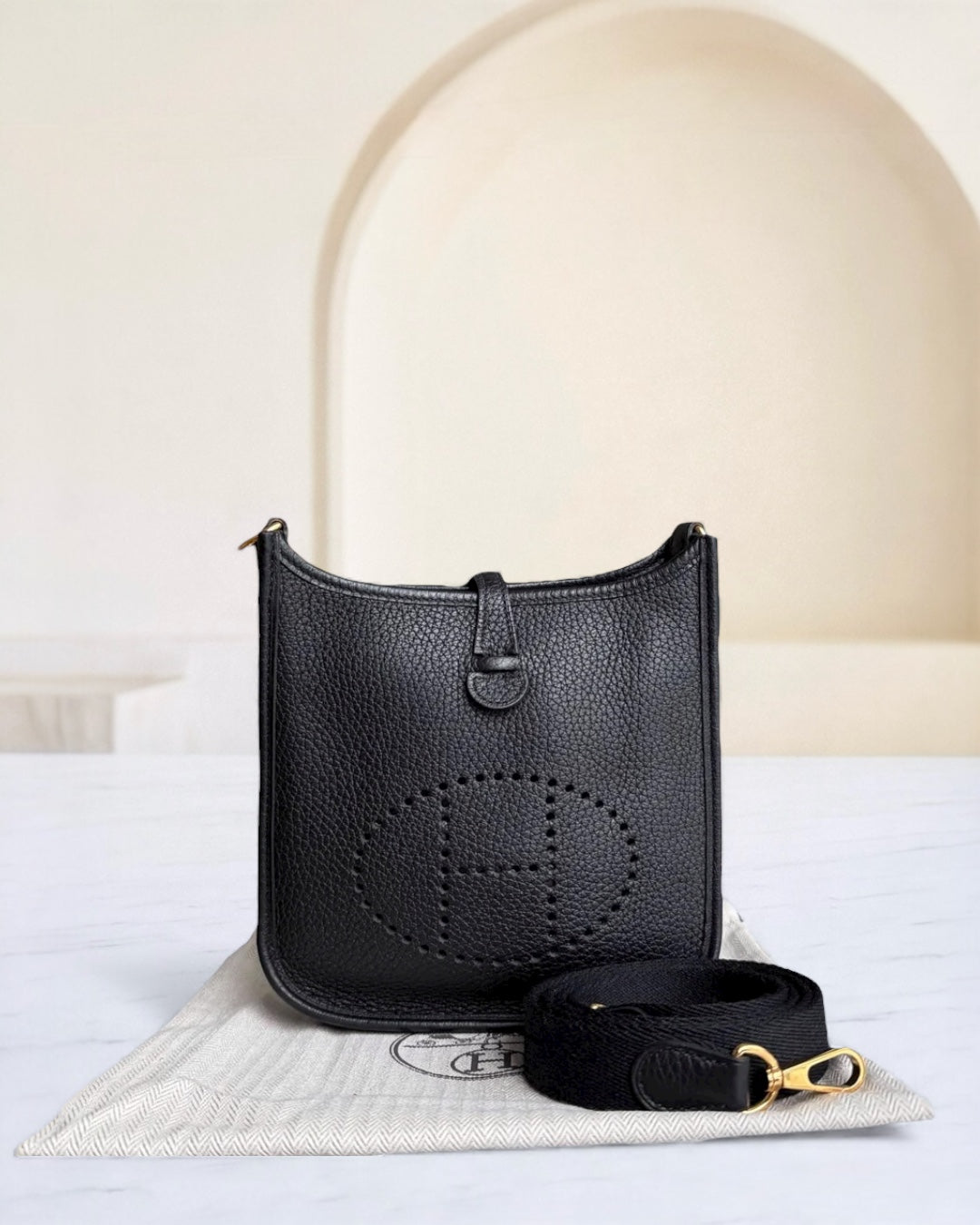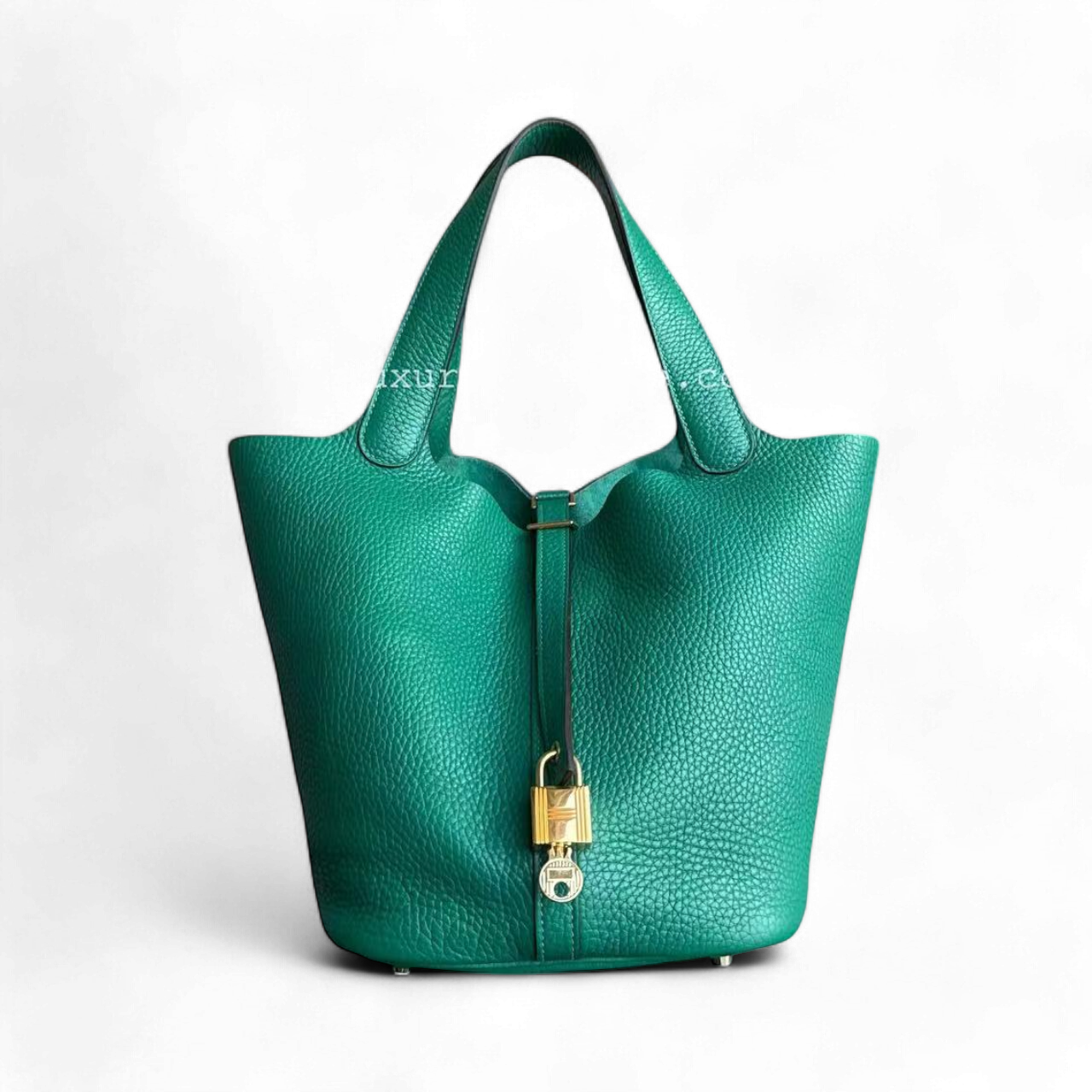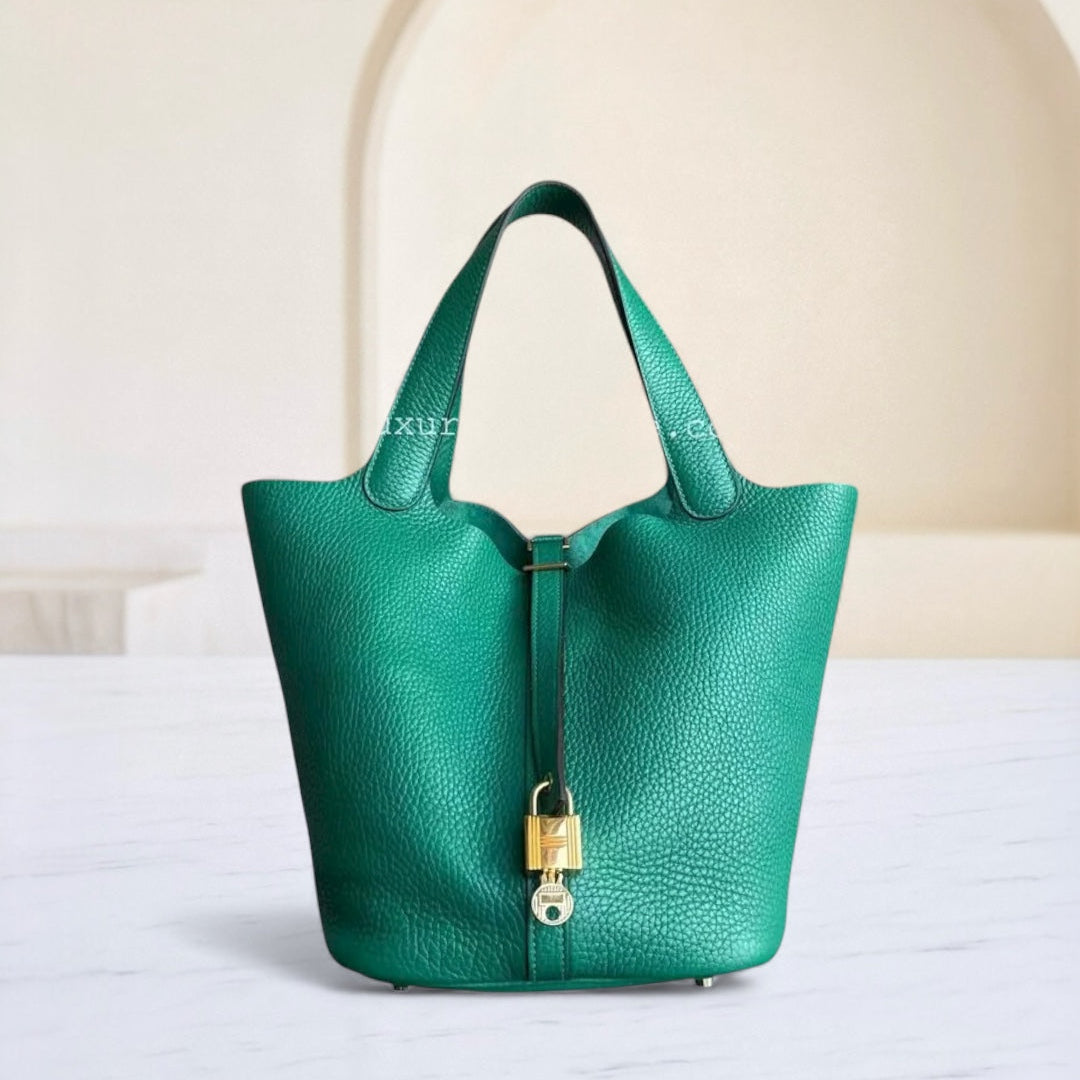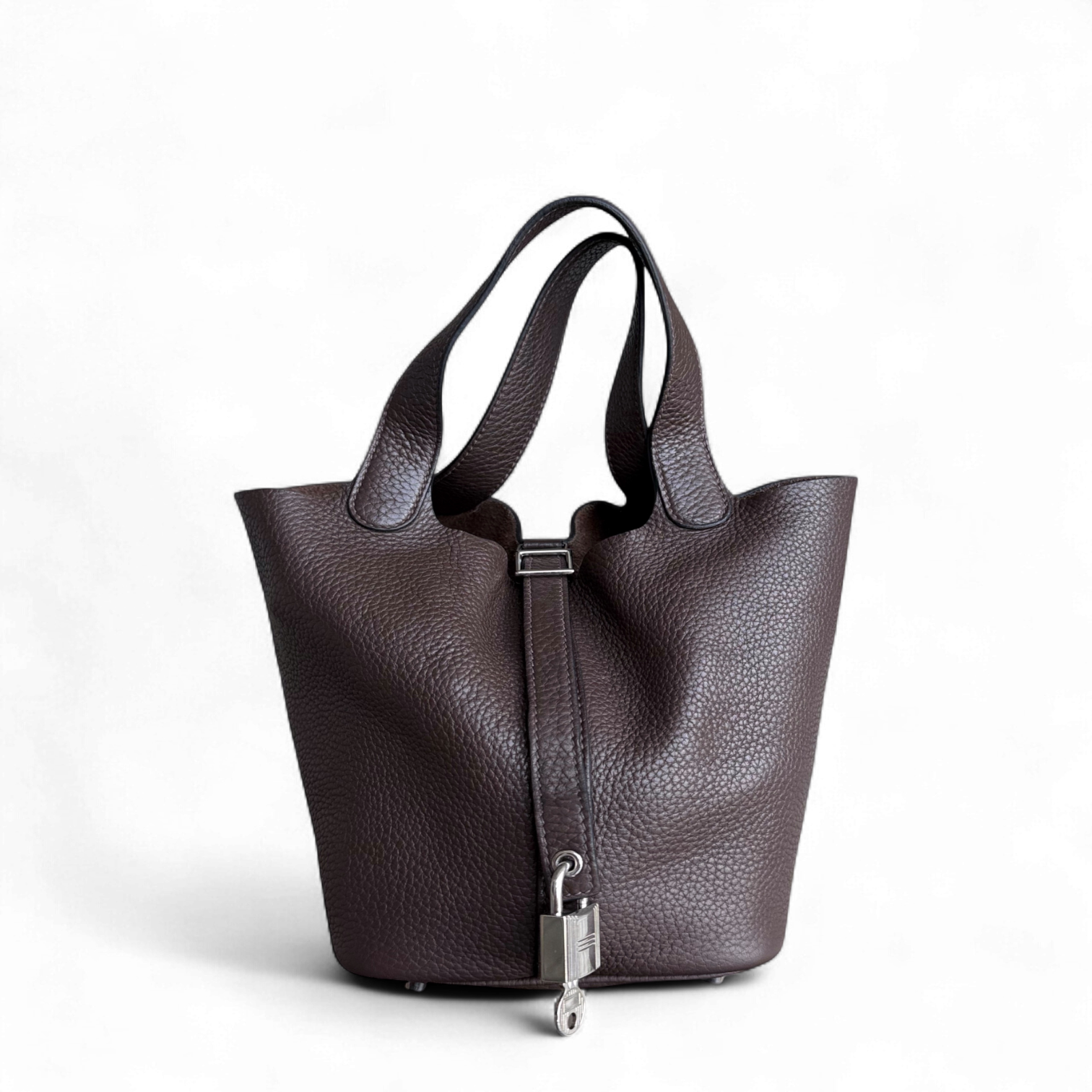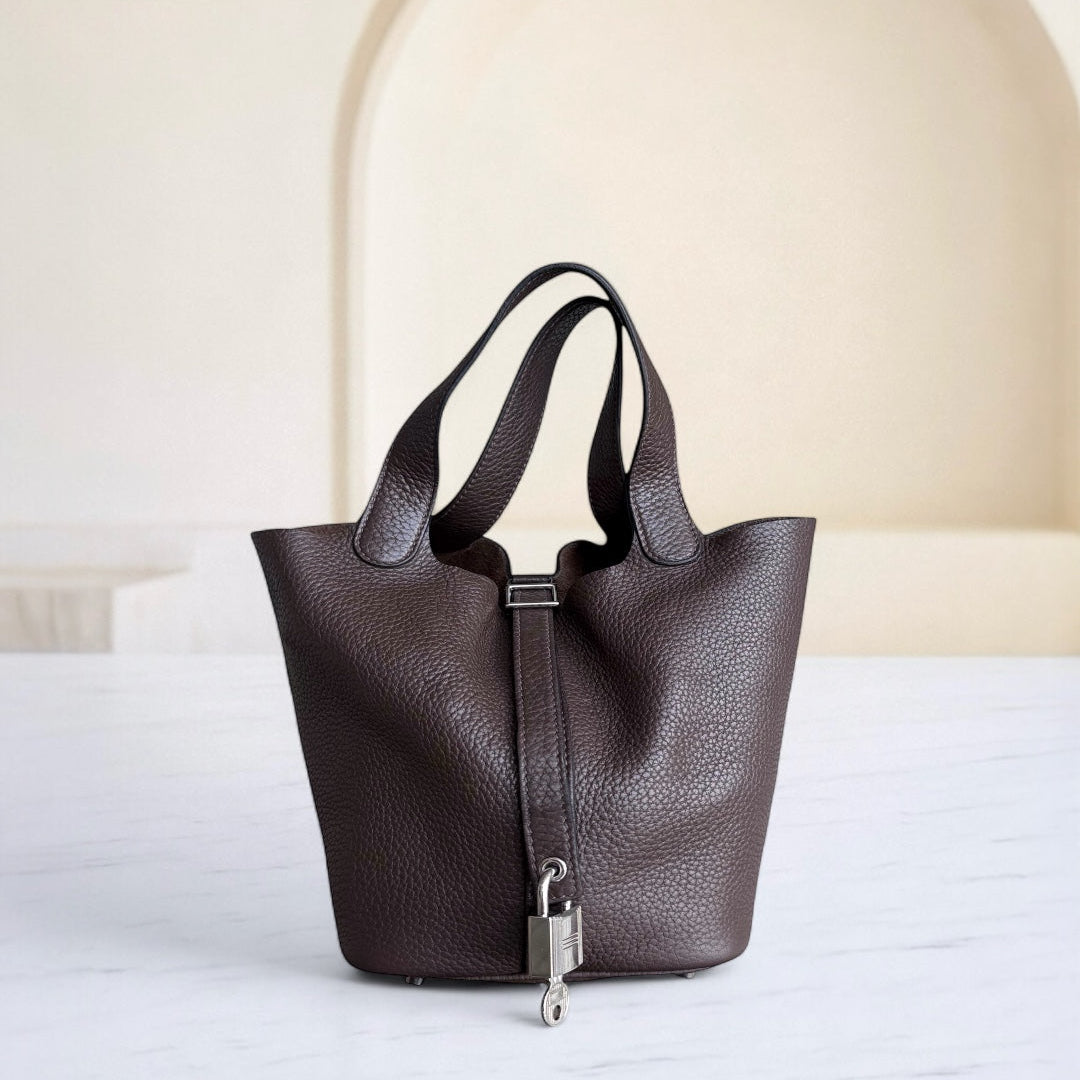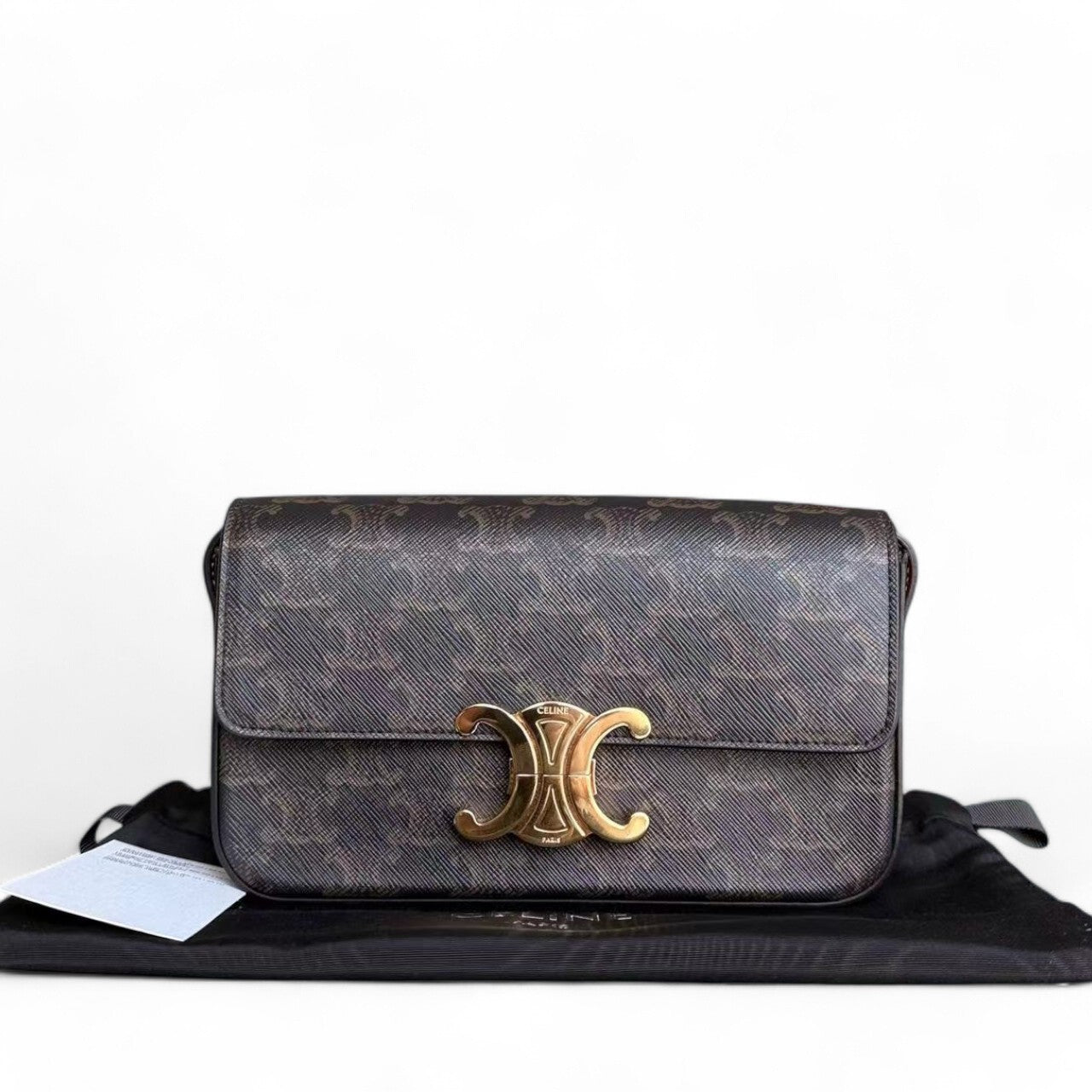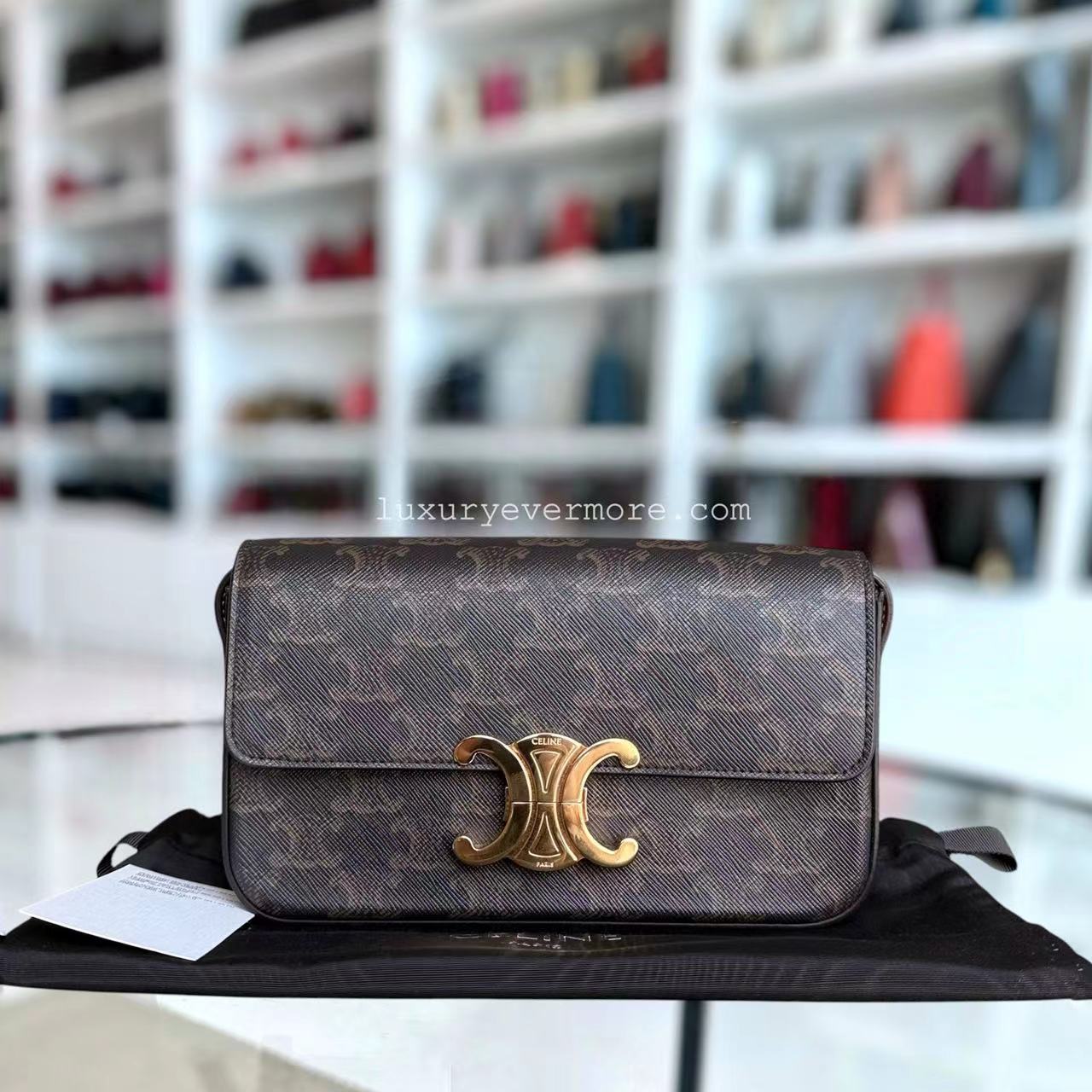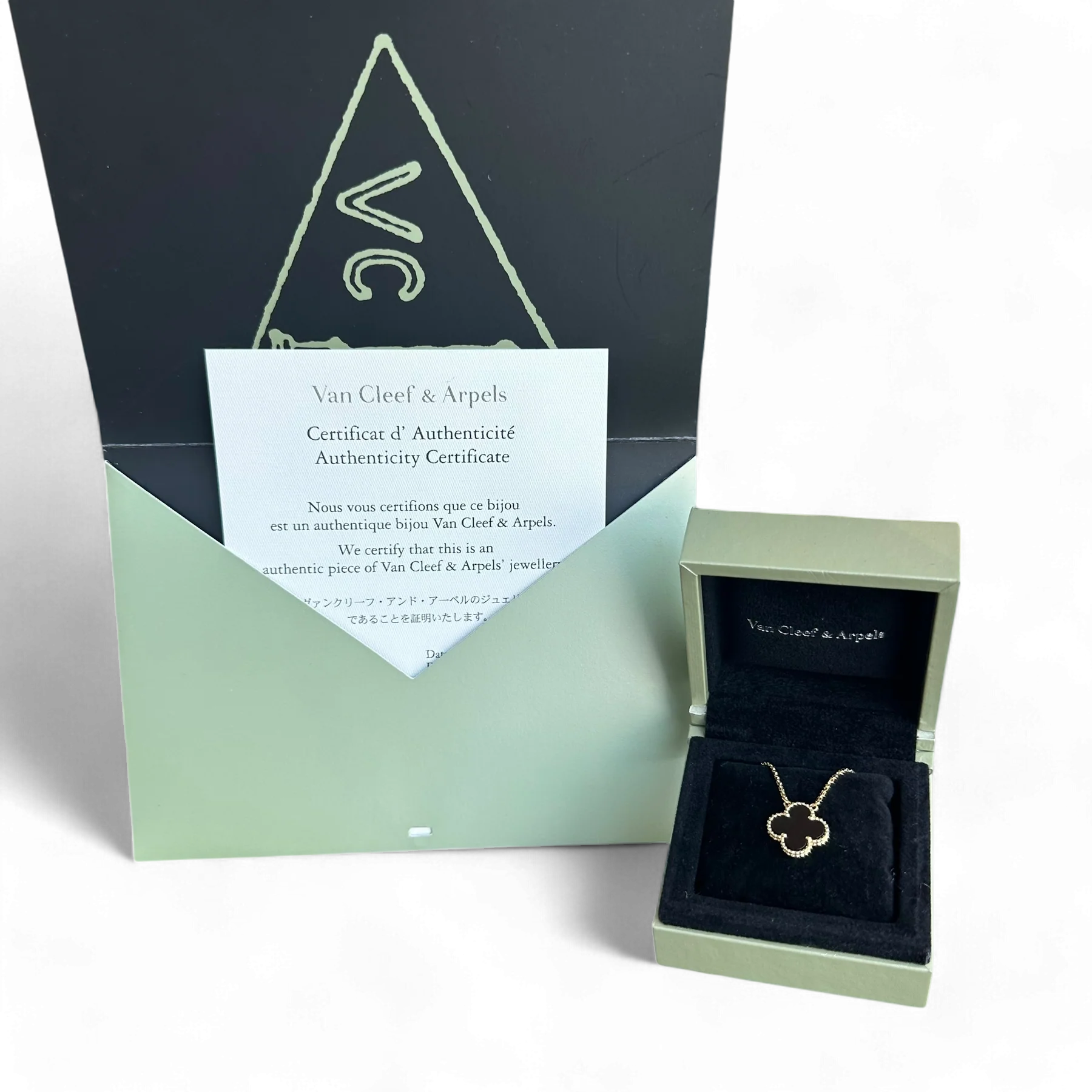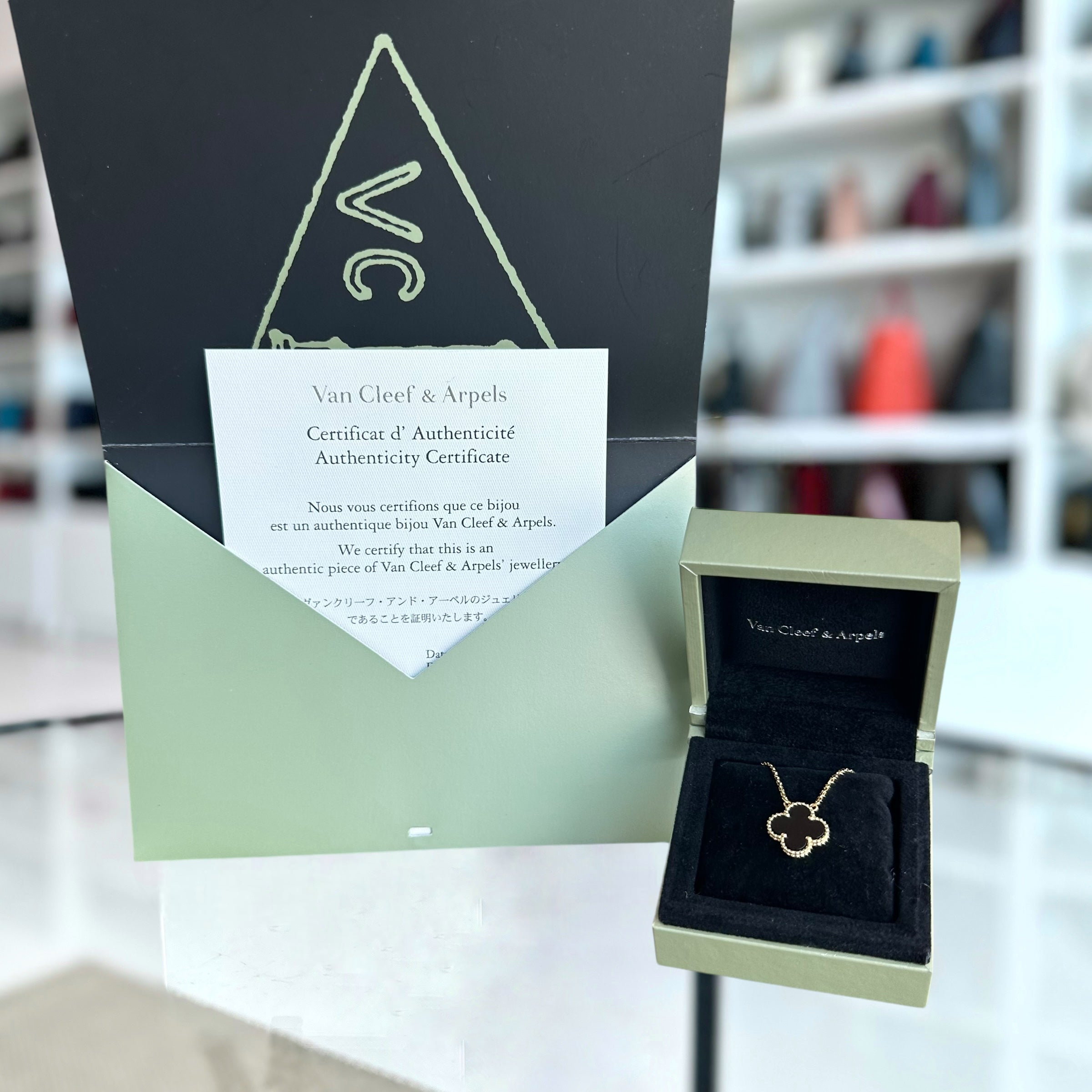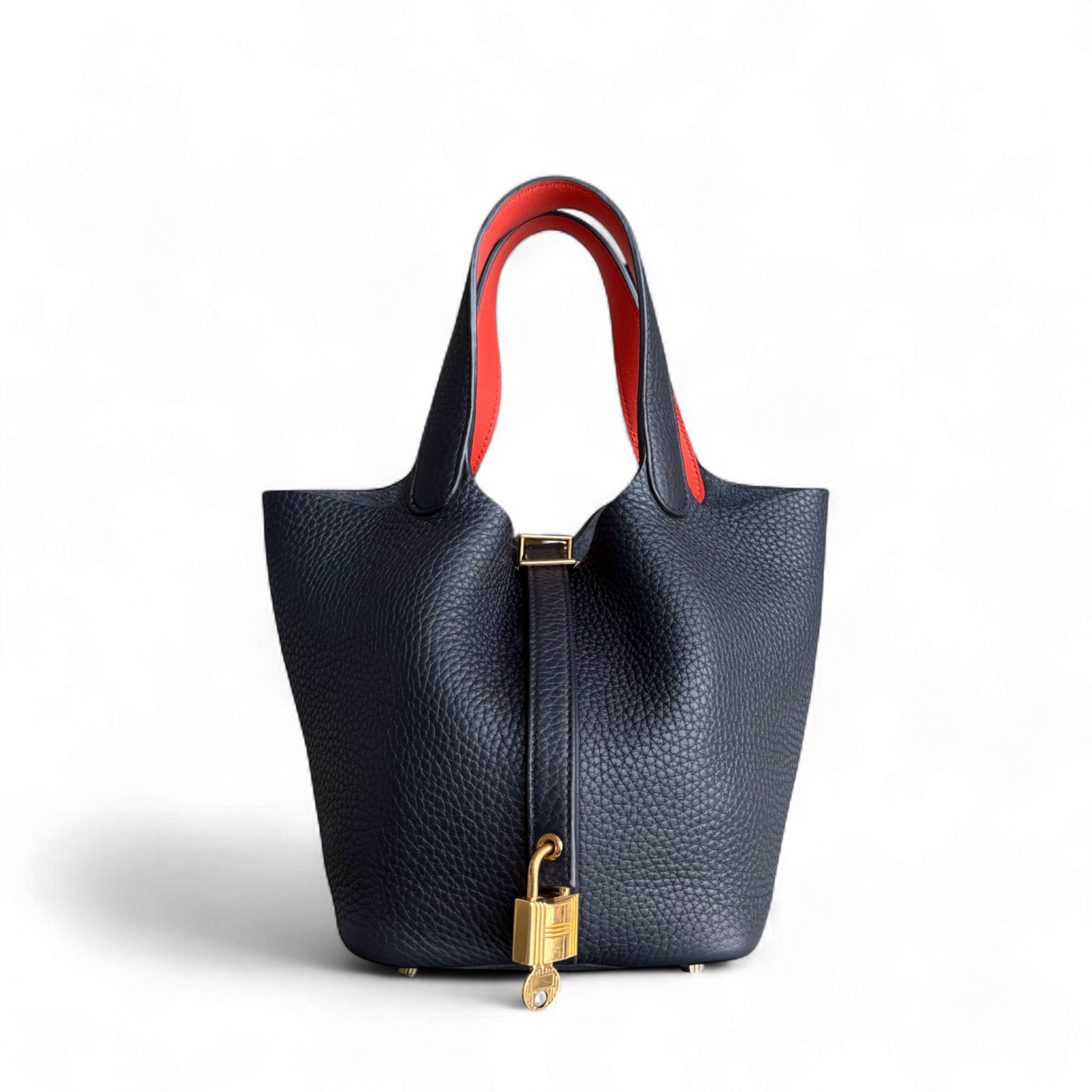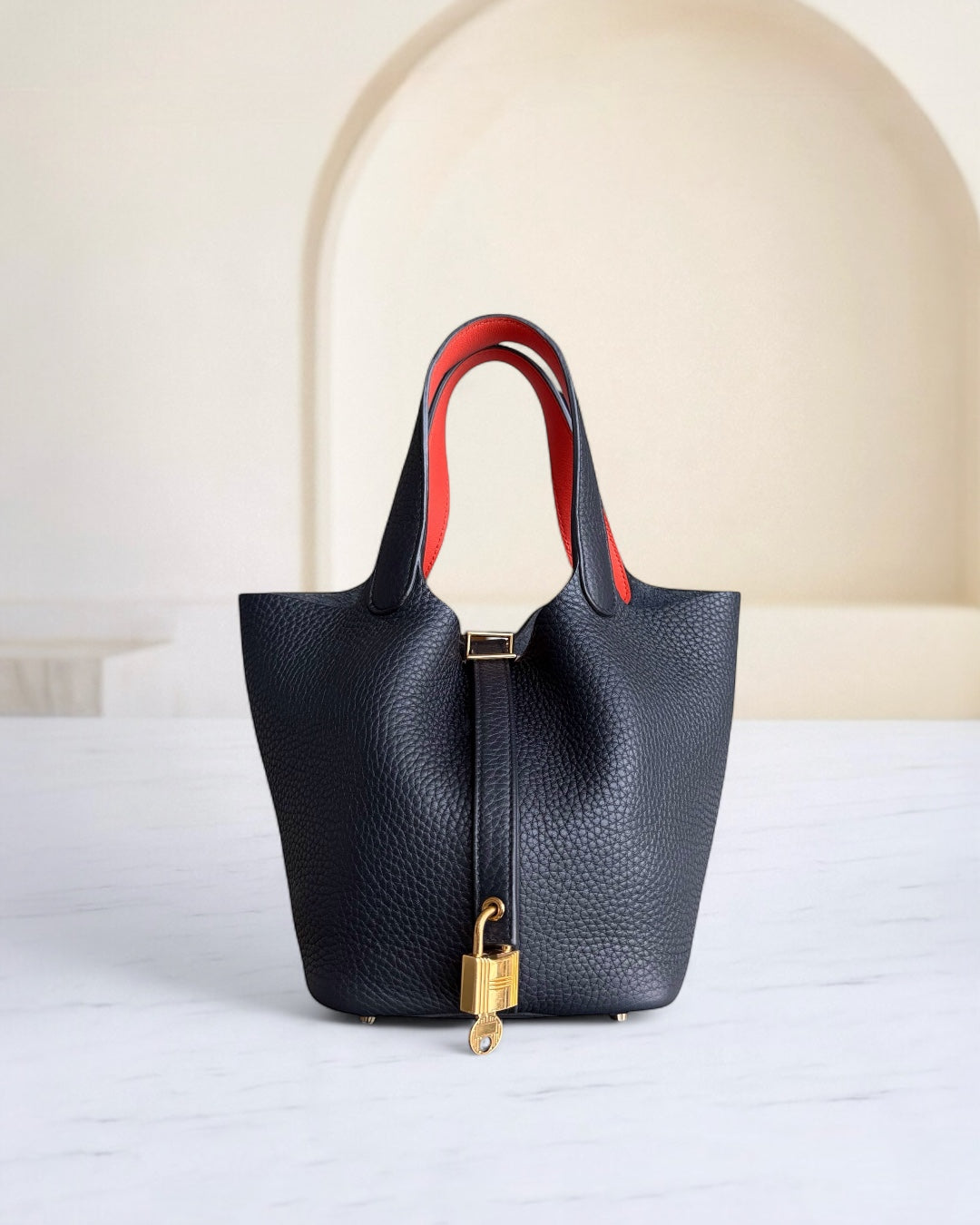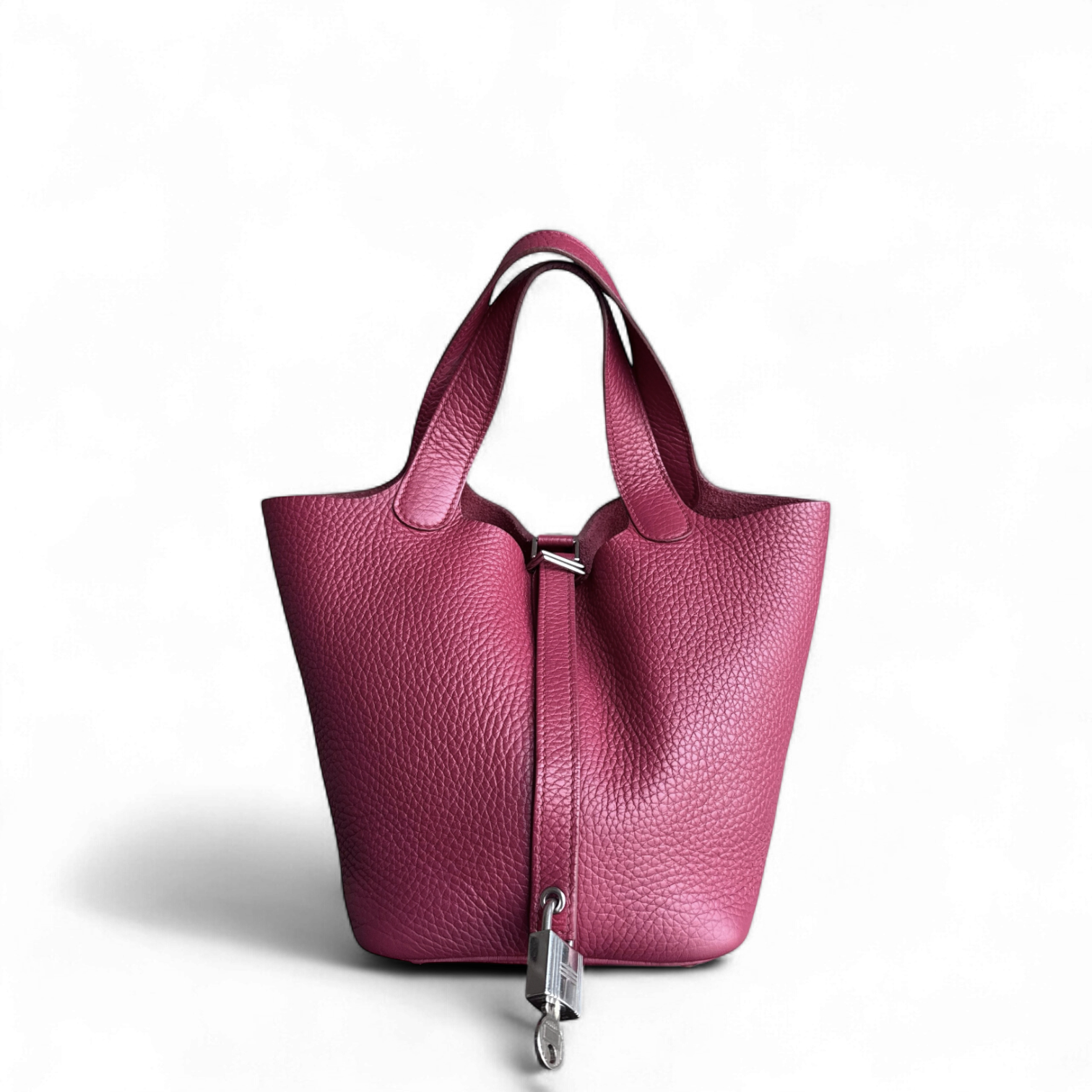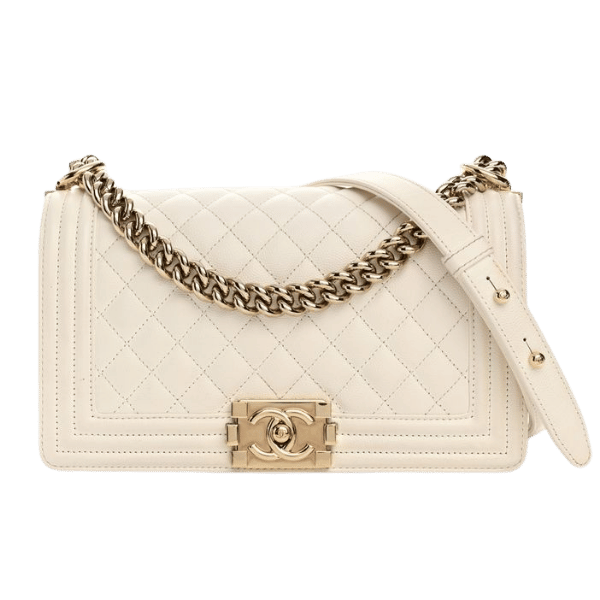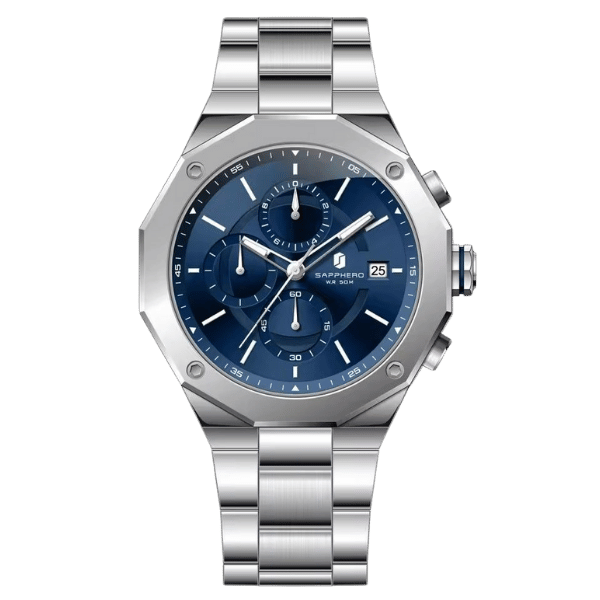The Emergence of Sustainable Luxury: Revolutionizing the Luxury Fashion Industry
The luxury fashion industry has always been associated with exclusivity, craftsmanship, and timeless elegance. Yet, deep changes are occurring due to sustainability reshaping its definition. Shifting priorities define that today’s vigilant users wish to have more than elegance and beauty - they want a guarantee of ethics with environmental conservation. This paradigm shift fosters brands towards innovations focused on sustainability, including eco-friendly materials, traceable supply chains, and circular frameworks. The New York Times reports on how sustainable luxury is changing the dynamics of the fashion world by merging responsibility with opulence and its consequences for the future of high fashion.
What is Sustainable Luxury and Why Does it Matter?

The term “sustainable luxury” describes the intersection of high-end products and environmentally friendly and socially conscientious practices during their production and consumption. It includes sustainable sourcing and ecosystem-friendly waste methods, along with maintaining pristine craftsmanship, quality, and exclusivity customary to luxury goods. This approach matters as it tackles pivotal global concerns such as climate change, depletion of resources, and exploitation of workers. Merging luxury with sustainability allows brands to fulfill a rising market need for sophisticated, and at the same time, responsible and eco-friendly products.
Defining Sustainable Luxury
Sustainable luxury concerns the creation and issuance of top-tier products and services with utmost attention paid to their environmental and social impacts. This includes, but is not limited to, mitigating waste, controlling carbon emissions, ensuring the use of ethically sourced ingredients, alongside upholding fair treatment of workers through the entire production cycle. Compliance with the stated principles is a paramount concern in this context. The approach aims at preserving ecological balance alongside the brand image and social responsibility while ensuring that the appeal, uniqueness, and distinction typically associated with luxury are maintained.
The Importance of Sustainability in the Luxury Sector
Sustaining the luxury industry is essential in meeting the growing expectations of ethically conscious consumers while also ensuring the longevity of the industry. Luxury brands stand to gain by mitigating their ecological footprint, improving transparency in their supply chains, and building trust among their clientele. Luxury brands can achieve this while upholding contemporary values and maintaining brand exclusivity and quality, thus ensuring relevance in an evolving landscape.
Impact of Sustainable Practices on the Luxury Brand Image
Sustainable practices bolster the standing of luxury brands by demonstrating their commitment to environmental and social governance. Shoppers now care more about transparency, ethics in production, and social relevance, which brands qualify as modern. Ethically minded customers are welcomed by luxury companies; by putting sustainability in the forefront, they not only attract them but are able to distinguish themselves from other brands within the industry. This also strengthens the perception of loyalty, cements reputation, and ensures alignment with global trends towards more responsible consumerism.
How are Luxury Fashion Brands Adopting Sustainability?

Case Study: Stella McCartney and Eco-Friendly Fashion
Stella McCartney has cemented its place as one of the foremost sustainable luxury fashion brands by adopting pioneering eco-friendly methods and materials. Instead of leather, fur, and other animal-derived goods, the brand uses Mylo™, which is vegan leather produced from mushroom mycelium. Moreover, Stella McCartney incorporates organic cotton, regenerated cashmere, and recycled fabrics into her collections. With its focus on sustainable corporate social responsibility, Stella McCartney collaborates with the Ethical Trading Initiative and participates in circular fashion collaboratives, reinforcing the brand's policies on openness and creativity. Stella McCartney illustrates that luxury fashion not only can, but should, be sustainable without sacrificing quality or exquisite craftsmanship.
Innovative Approaches by Gucci towards a Sustainable Future
- Sustainable Materials: An example of corporate social responsibility can be seen in the practices of Gucci, which uses the innovative ECONYL® regenerated nylon fishing net and fabric scrap, further embracing green materials MSC. Gucci’s move on using this sustainable material supports circular production which is important for the environment.
- Carbon Neutrality: Gucci mastered their carbon footprint and removed any unnecessary emission along with investing in offset programs. Everything from manufacturing to shipping has from the company has been made carbon neutral. Gucci’s dedication to extinguishing emissions also contributes regionally to climate change working globally.
- Gucci Equilibrium: Sustaining and managing social impacts was made easier for everyone with the launch of the Gucci Equilibrium platform, this lead them to greater transparency. The brand created this as a toolbox sharing their efforts in diversity, cruelty-free, responsible sourcing incorporating sustainability along with environmental conservation.
Insights on Louis Vuitton's Sustainability Goals for 2030
Louis Vuitton's aims concerning sustainability by 2030 include: climate, biodiversity, circularity, and transparency. It also plans to reduce overall carbon emissions by 55%, in accordance with the Paris Agreement target. To promote biodiversity, Louis Vuitton collaborates with international organizations to conserve environmentally sensitive areas and restrict damage to the environment during raw material procurement. Their circularity strategy places emphasis on product design, with an increase in recycled and bio-based product usage as well as improved repair and reuse services. Ultimately, the brand focuses on transparency through enhanced reporting and stakeholder interactions, fulfilling its responsibility to attain sustainability goals.
Which Luxury Fashion Labels are Leading in Sustainable Luxury?

Top Strategies of Burberry in Sustainable Fashion
- Carbon Neutrality Goals: Burberry aims to achieve net-zero carbon emissions within its entire supply chain by 2040. This goal will be accomplished through emissions reductions as well as increased investment in renewable energy.
- Sustainable Materials: The brand increases the use of organic and recycled materials which includes organic cotton and responsible cashmere.
- Circular fashion initiatives: Burberry promotes the reuse, repair, and recycling of garments through its Resell and Revive programs, which align with circular economy principles.
- Water conservation: In the production processes, Burberry applies water-saving technologies aimed at reducing water consumption as well as improving wastewater management.
- Transparent reporting: The company publishes reports outlining progress towards sustainability goals, including details of achievements and challenges, thus practicing transparent governance.
Why Chanel is Making Waves with Sustainable Collections
Chanel is achieving important goals in sustainability by integrating eco-friendly methods and novel practices. The brand mitigates its environmental impact by sourcing greater sustainable raw materials like organic cotton and leather. In addition, Chanel reduces its carbon footprint by investing in renewable energy and production efficiency. Its dedication to craftsmanship, which emphasizes quality over quantity, helps discourage disposable fashion. Chanel also leads in eco-innovation by sponsoring research on sustainable fabrics and processes for collection cycles, keeping in step with contemporary sustainability standards. With these actions, Chanel has positioned itself as one of the foremost advocates in the quest for sustainable and responsible luxury.
The Role of Kering in Promoting Ethical and Sustainable Fashion
Kering’s ethical and sustainable fashion practices are evident from their unique initiatives and transparent policies. To mitigate its global impact, Kering manages a comprehensive Environmental Profit and Loss (EP&L) account for its entire supply chain. The company also aggressively pursues the creation of more sustainable materials, such as leathers and other fabrics, to lessen the company’s reliance on traditional, more resource-intensive materials. Furthermore, Kering enforces stringent animal welfare standards during sourcing, which ensures compassion and responsibility. Altogether, these actions bolster Kering's leadership in fostering a sustainable and ethical paradigm in luxury fashion.
What Challenges do Sustainable Luxury Brands Face?

Issues with Supply Chain Transparency in Luxury Fashion
- Global Supply Chains: Luxury fashion brands deal with intricate global supply chains comprising multifaceted systems with several suppliers and subcontractors, which makes tracking materials exceptionally arduous.
- Industry Norms: The absence of industry-wide standards causes inconsistencies when attempting to communicate and assess supply chain practices with respect to reporting and transparency.
- Competitive Risks: Due to the perceived risk to proprietary designs or techniques along with competitive concerns, some luxury brands hesitate to disclose extensive supply chain details.
- Lack of Insight Beyond Primary Suppliers: Beyond primary suppliers, many brands struggle to gain visibility into secondary and tertiary suppliers, where a lack of oversight enables unethical practices to flourish.
- Verifiable Sustainability: The technical and logistical challenges of verifying and authenticating materials like organic cotton, recycled fibers, and ethical leathers raise significant hurdles.
- Traceability Audit Expenses: Regular audits and supply chain monitoring, alongside retrospective technologies such as blockchain, result in considerable operational spending.
- Local Regulation Differences: Country-specific laws and ethics, along with labor practices, introduce disparities in exercising sustainable approaches across different regions.
Balancing High-End Quality and Sustainable Practices
Integrating sustainable approaches while maintaining high-end product quality and offshore demanding aviation industry best practices. Adopting green sourcing policies by selecting eco-friendly raw materials, energy-efficient production, and recycling or upcycling waste reduces the zero waste carbon footprint and cyclic waste. Upholding supplier codes of conduct guarantees compliance with social accountability standards while innovative design solves conflicting criteria to make durable and reusable products. Balanced transparency with consumers and demonstrable policies sustain a business’s reputation for high-end quality as well as trust and environmental care.
The Economic Impact of Recycling and Alternative Materials
Recycling and using different types of materials can greatly decrease expenses for resource-intensive production. The process of reusing materials decreases the amount of raw materials that need to be harvested, which is expensive and often uses a lot of energy. Moreover, the use of alternative or recycled materials can expand market opportunities towards eco-friendly ones, boosting brand reputation. Many governments also provide tax credits or subsidized taxes to these companies, which undertake sustainable business models, improving finances even more. All these factors combined contribute to the profit margins of the firm while achieving the desired environmental impact.
How Can Consumers Support Sustainable Luxury Fashion?

Understanding the Carbon Footprint of Luxury Goods
The carbon footprint related to luxury goods is assessed mostly based on their dematerialization, production process, and movement. Exquisite materials, such as exotic leathers and costly fabrics, have a high carbon footprint because the extraction and subsequent processing are resource-intensive. The manufacturing phase consumes a large amount of energy, especially when traditional and artisan techniques are used. Furthermore, international movement adds to environmental degradation through the transportation of raw materials and processed goods. Sustainably sourced materials coupled with energy-efficient manufacturing and localized production to minimize transport could lower the carbon footprint.
Choosing Brands with Sustainable Packaging and Materials
When identifying sustainable brands, pay attention to the following aspects:
- Use of Recycled Materials: Brands that recycle or upcycle for packaging save on virgin resources and reduce waste.
- Biodegradable and Compostable Packaging: Companies whose packaging materials can decompose naturally, such as those made from plant materials like cornstarch or bamboo, are preferable.
- Minimalist Design Approach: These focused brands that designed packaging to use fewer materials help reduce excess resource consumption.
- Certifications and Labels: Such as FSC (Forest Stewardship Council) for wood or paper and biogradable or cruelty-free products are something to look out for.
- Reusability Innovations: Eco-friendly consumer habits are cultivated by these companies offering refillable containers or items intended for long-term reuse.
- Transparent Supply Chains: Get brands that are open about their sourcing and production methods and claim to adhere to environmental and ethical standards.
- Commitment to Circular Economy: Participating in closed-loop systems, brands are able to reclaim and cycle materials back into production which is highly beneficial ecologically.
These identified brands empower consumers to actively adopt practices that foster care for the environment.
Encouraging LVMH and Others to Uphold Ethical Standards
To promote ethical practices by LVMH and other firms, stakeholders can pursue the following remedies:
- Consumer Advocacy: Shoppers should support brands with ethical business strategies, sustainable practices, and socially responsible activities. This creates demand, which affects business policies.
- Corporate Accountability: Companies need to have full-fledged policies and proper documented oversight of all regulatory activity within the organization, and how they report publicly on their environmental, social, and governance activities, such as impact and remediation, and active peer and competitor benchmarking. Reputation is paramount in corporate America.
- Collaboration with NGOs: Collaborating with active and well-known non-governmental organizations enable companies to fill the gaps of having industry recognized social responsibility triad of social audits, gap benchmarks, and remediation plans.
- Government Regulation: Supporting frameworks that give companies maximum flexibility while complying with demanding social, environmental, and governance policies that legally compel these policies will place these companies within a much larger cage.
Stakeholders are able to guarantee that their businesses operate on ethical dimensions by fomenting cultures of trust, sustainability collaboration, and fostering trust among the various parties involved.
Frequently Asked Questions (FAQs)
Q: In what ways are luxury fashion brands adopting sustainable practices?
A: Luxury fashion brands are integrating sustainability into their business models by adopting eco-friendly production processes as well as using recycled materials such as polyester, textiling, and low-impact production techniques. The brands are also working towards waste reduction, CO2 emission cuts, and developing innovative substitutes for traditional silk and leather fabrics.
Q: What is Louis Vuitton's sustainable impact on the luxury fashion sector?
A: Louis Vuitton, being one of the largest fashion houses, has been at the front line of the sustainability movement actively engaging in upcycled material usage campaigns and implementing less harmful production methods. Their active participation in the Fashion Pact proves their commitment to sustainable social change and ethical fashion.
Q: Who are the sustainable luxury fashion brands?
A: Some sustainable luxury fashion brands are Stella McCartney, Gucci, Prada, and Burberry, which make sustainable fabrics with ECONYL and produce carbon-neutral collections. These brands are part of a growing trend among luxury labels that embrace a focus on durability and the reduction of waste.
Q: In what ways do luxury labels incorporate recycled polyester into their collections?
A: Recycled polyester is used by luxury labels as an alternative to virgin polyester because it is more sustainable. This material has less impact on waste and energy consumption, especially in the context of the fashion industry. Brands tend to use recycled polyester in jackets, sportswear, and similar apparel.
Q: What initiatives are being put in place to reduce the amount of garments thrown away?
A: In order to decrease the volume of garments thrown away, fashion houses are designing timeless, distinctive, durable pieces which can be recycled or upcycled easily. Moreover, unsold stock is often repurposed instead of discarded so it’s not contributing to waste.
Q: How does sourcing textiles from Africa contribute to sustainable luxury fashion?
A: Sourcing textiles from Africa enables luxury brands to access local economic opportunities, thereby supporting more ethical employment, as well as shorter supply chains which lead to lower carbon footprints. Furthermore, this approach exhibits traditional craftsmanship along with materials that are less sustainable.
Q: What does it mean for a fashion company to launch its first sustainability report?
A: For a fashion company, issuing a sustainability report is an important milestone, signaling the start of responsible brand stewardship for social and environmental issues. It often includes plans for achieving a sustainable business model, including plans to decarbonise operations and dramatically curb greenhouse gas emissions.
Q: In what ways are luxury fashion brands affected by the emergence of new alternative materials?
A: The emergence of new alternative materials such as upcycled faux furs, ethically produced wool, and leather substitutes is changing the paradigm in which luxury fashion operates. These alternatives are sustainable while still maintaining the luxury appeal and quality, which gives them an edge in the industry.
Q: Which actions are taken by luxury fashion brands to protect biodiversity within their industry?
A: Many of those involved in the luxury fashion sector are members of broader initiatives that seek to protect biodiversity, like The Fashion Pact. Their focus is to help combat climate change through ecosystem conservation, sustainable land management, and responsible sourcing with the materials suppliers where products are produced.
Reference Sources
1. What are the consumption values and ascribed responsibility predictors related to attitudes toward sustainable luxury brands? (Aggarwal et al, 2024)
- Publication Date: 2024-09-02
- Methodology: Mixed Methods Approach. In Study 1, we distributed a structured questionnaire to 396 respondents and analyzed the relationships between consumption values, ethics, flow experience, and sustainable luxury brands using PLS-SEM. Study 2 comprised 30 qualitative responses from open-ended essays.
- Key Findings: Functional values as predictors of flow experience dominate as the strongest predictors, with ascribed responsibility following, then experiential and symbolic values. Attitudes toward sustainable luxury fashion brands are largely influenced by flow experience. Most qualitative findings aligned with the quantitative findings; however, respondents raised issues regarding the authenticity of brands claiming to be sustainably-minded.
2. Sustainable luxury brands: the salient identity-based goals moderating effects (Li & Kang, 2024)
- Publication Date: 2024-05-02
- Methodology: Two Online Experiments (N=419 and N=438). Study 1 employed a random assignment to salient personal or social identity conditions to test the proposed model. Study 2 employed a fictional brand to validate the findings. Analysis was conducted using covariance-based structural equation modeling (CB-SEM) and multi-group SEM.
- Key Findings: Prosocial orientation has a noteworthy positive impact on consumers’ behavioral intentions toward sustainable luxury brands. Self-orientation also tends to drive intentions when personal identity is prominent. Social identity that is salient enhances the positive impact of prosocial orientation on sustainable luxury behavioral intentions.
3. Brand green initiatives, the purchase of sustainable luxury brands, and brand experience in an emerging market: a moderated mediation analysis (Kokatnur et al., 2024)
- Publication Date: 2024-12-23
- Methodology: Survey of 503 purchasers of sustainable luxury products. Data analysis was performed using structural equation modeling, PROCESS macro analysis, and structural equation modeling.
- Key Findings: Green initiatives have a positive impact on the sustainable involvement, attitude, and purchasing intention of consumers. Sustainable involvement and attitude both mediate the relationship between green initiatives and sustainable purchasing intention. Sustainable purchasing intention has a strong impact on customer word-of-mouth and customer satisfaction. Brand experience acts as a moderator in the relationship between sustainable purchasing intention, word-of-mouth, and satisfaction.
4. Predicting the Value-Based Determinants of Sustainable Luxury Consumption: A Multi-Analytical Approach and Pathway to Sustainable Development in the Luxury Industry (Essiz & Senyuz, 2023)
- Publication Date: September 16, 2023
- Methodology: Employed a hybrid partial least squares structural equation modeling–artificial neural network approach with importance-performance map analyses. Participants included 894 luxury consumers from the United States.
- Key Findings: Functional, emotional, epistemic, conditional, and green consumption values positively contribute to purchase intention (excluding social value). The relationship between consumption values and purchase intention is mediated by conspicuous ethical self-identity, which is moderated by green advertising receptivity. Compared to Gen X, millennials demonstrate stronger conspicuous ethical self-identity, green advertising receptivity, and purchase intention.
5. Luxury goods
7. Fashion
Contact Luxury Evermore should you need help with acquiring or building up your collection. There is a variety of brands with different styles, as well as sizes, and colors, for example, Hermes, Chanel, lv and Dior. If you are not lucky enough to find the bag you are looking for on our website then our concierge team will probably be able to order it for you. We provide 100% authenticity guarantee for all our bags, and any item sold on this site will be dispatched to you within one to two business days upon receipt of the payment.
